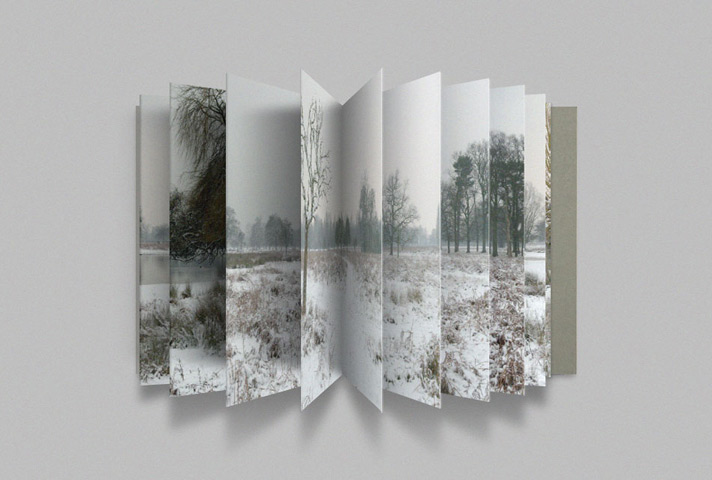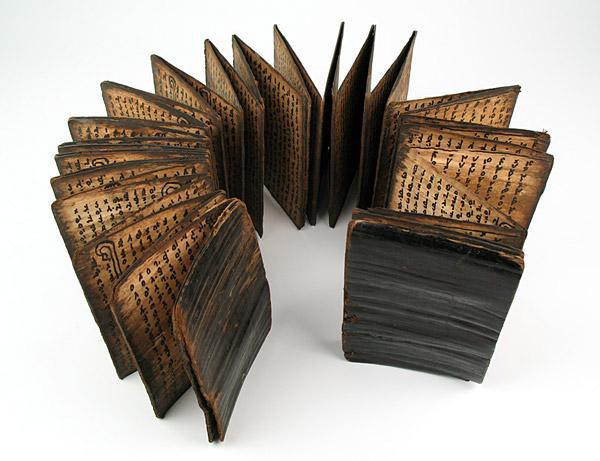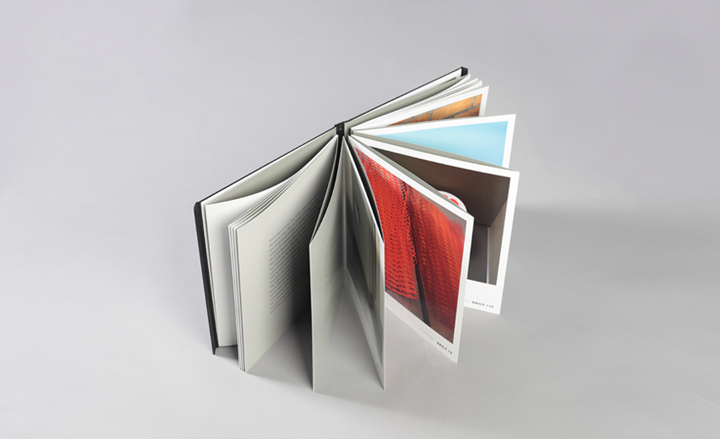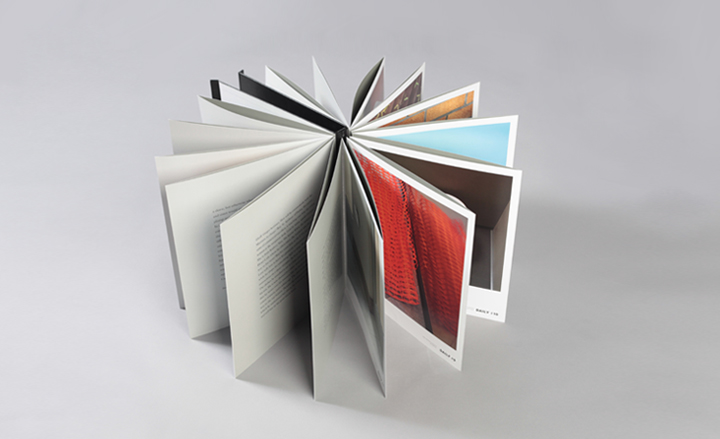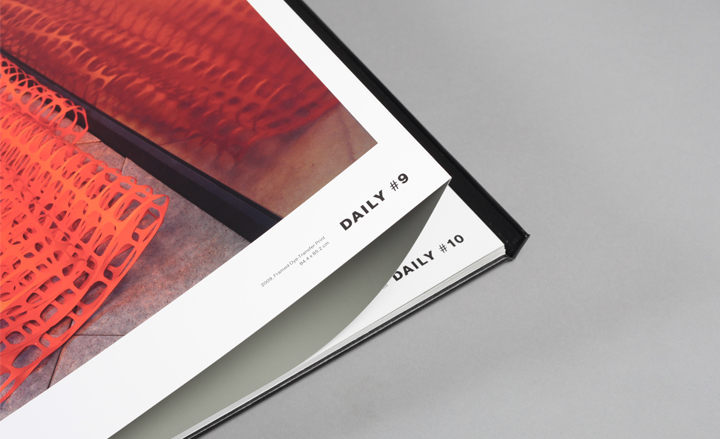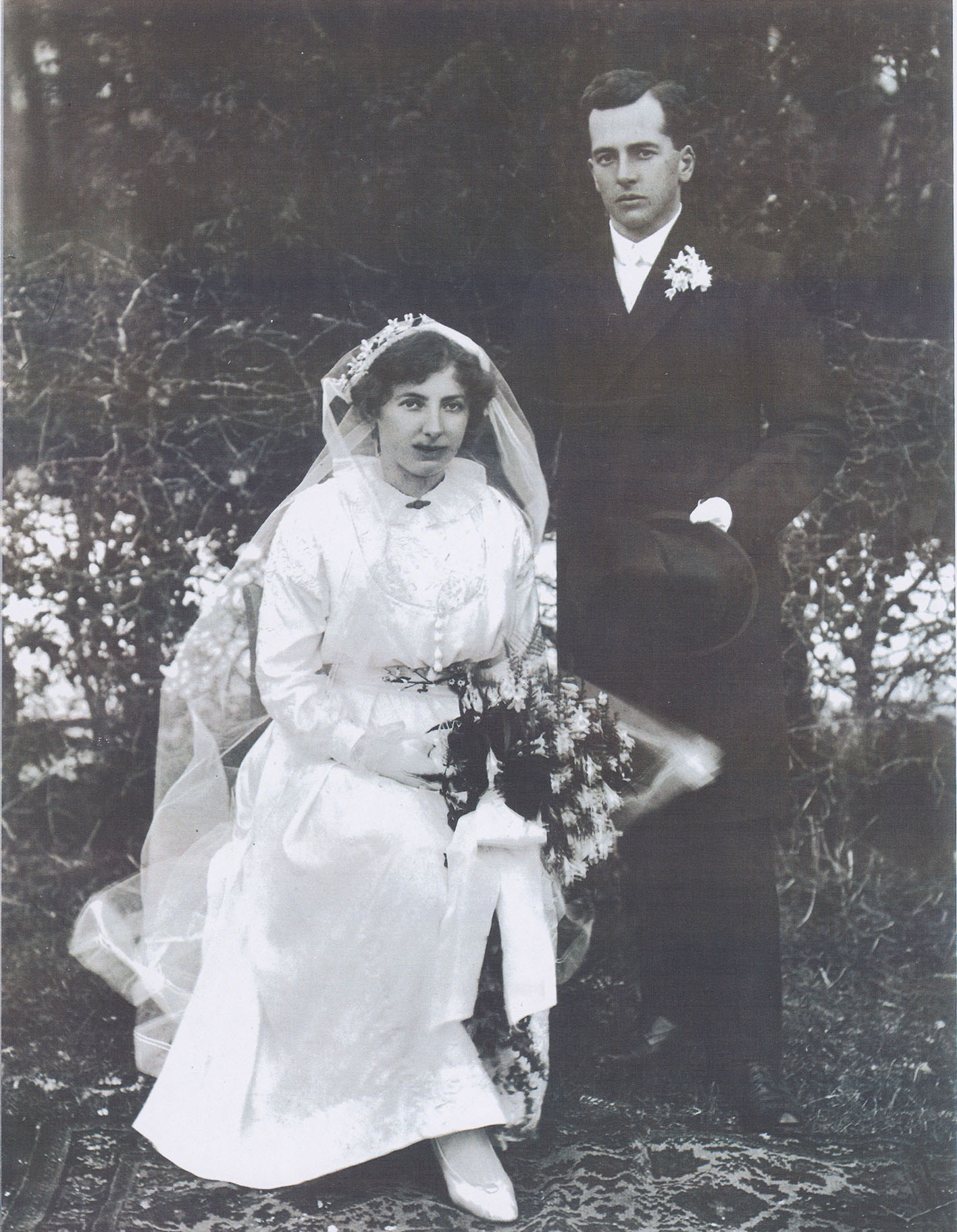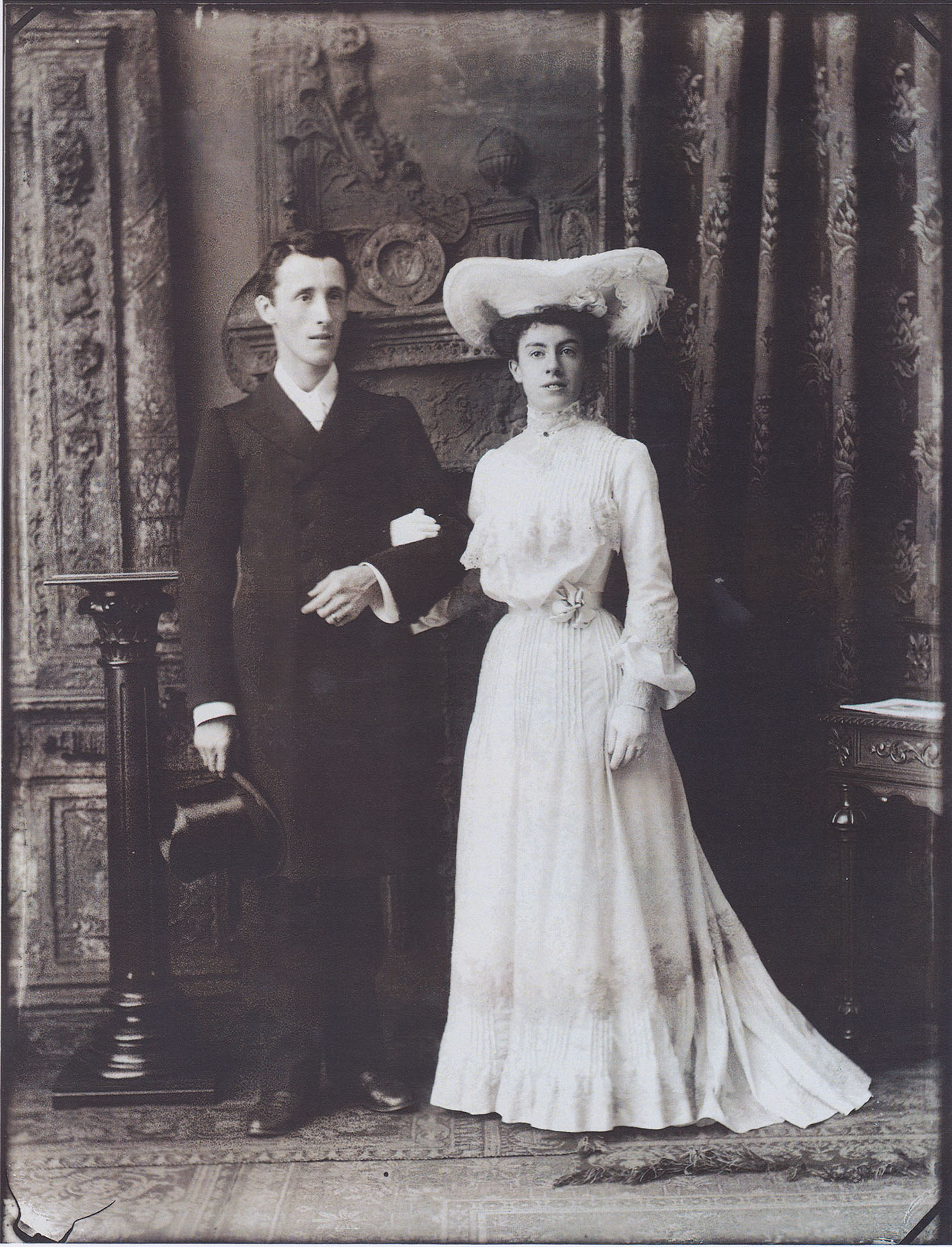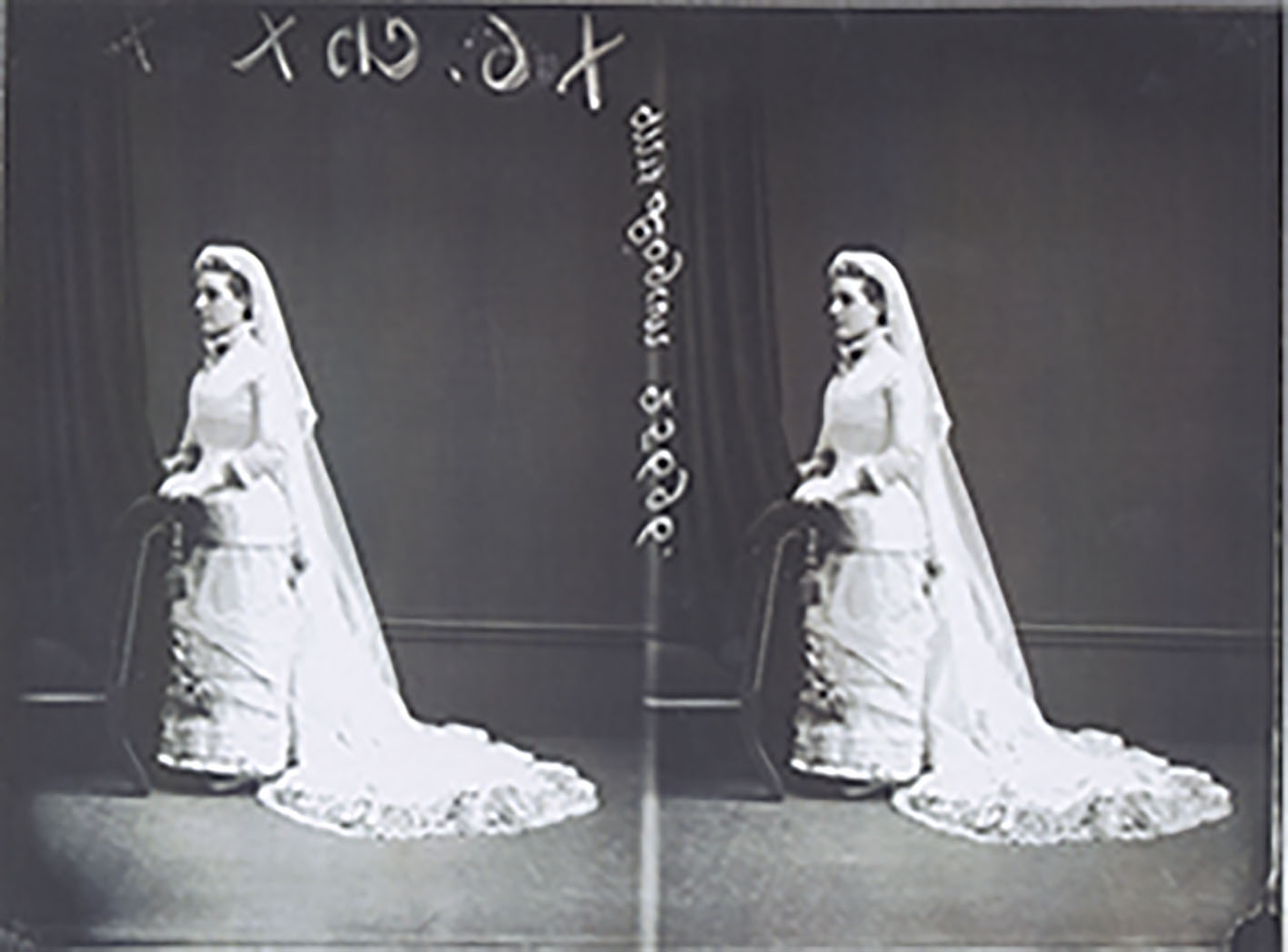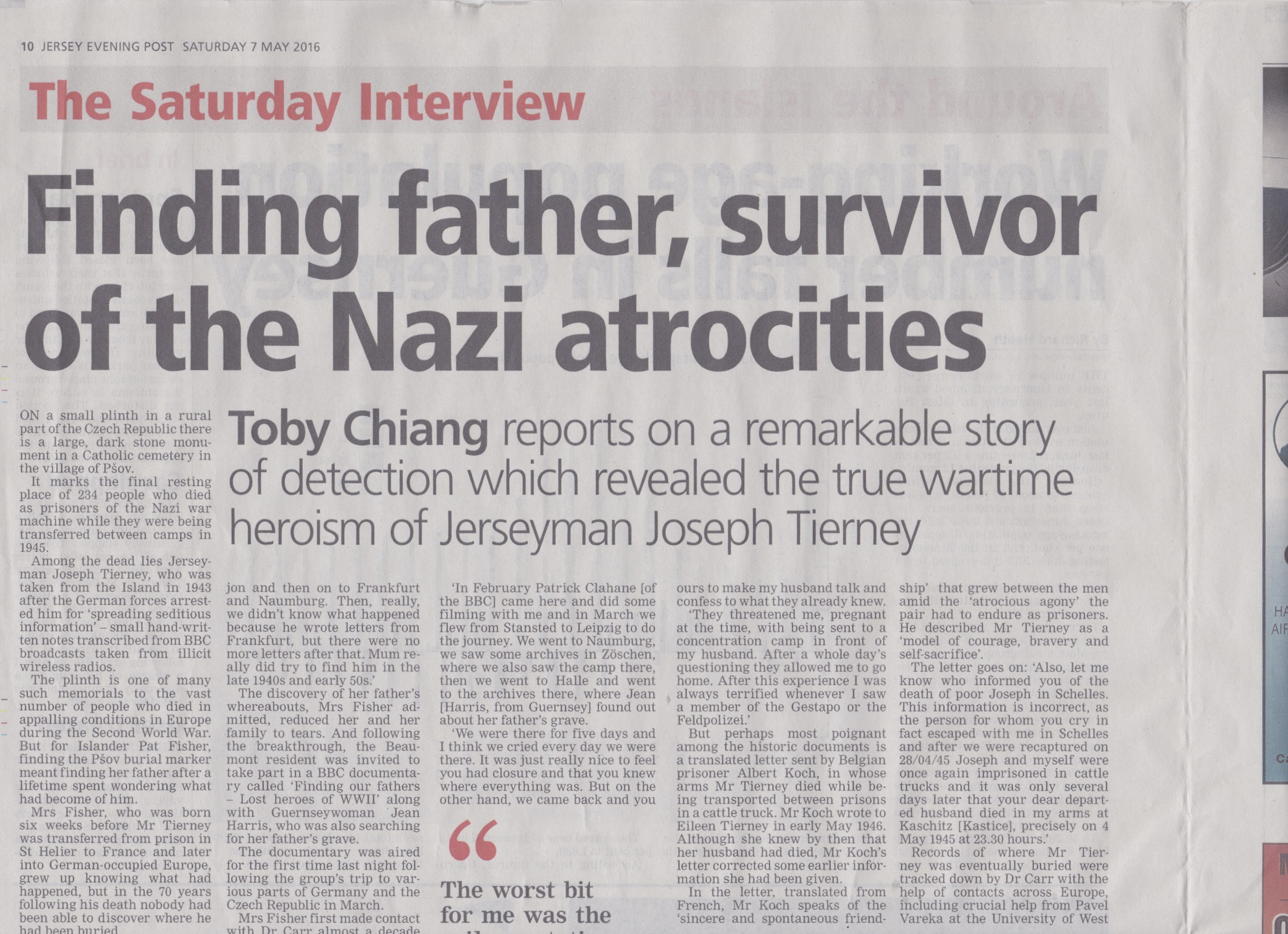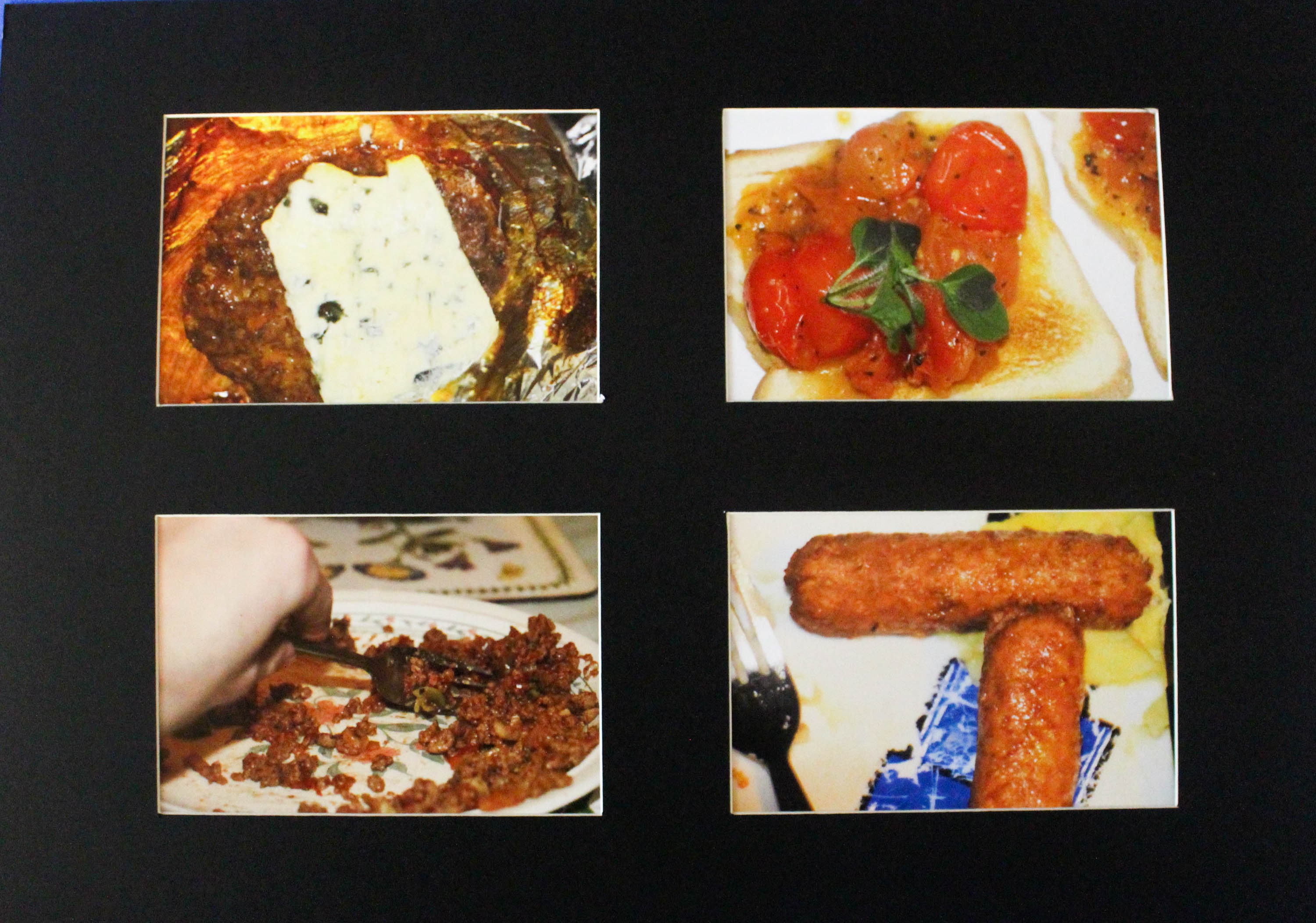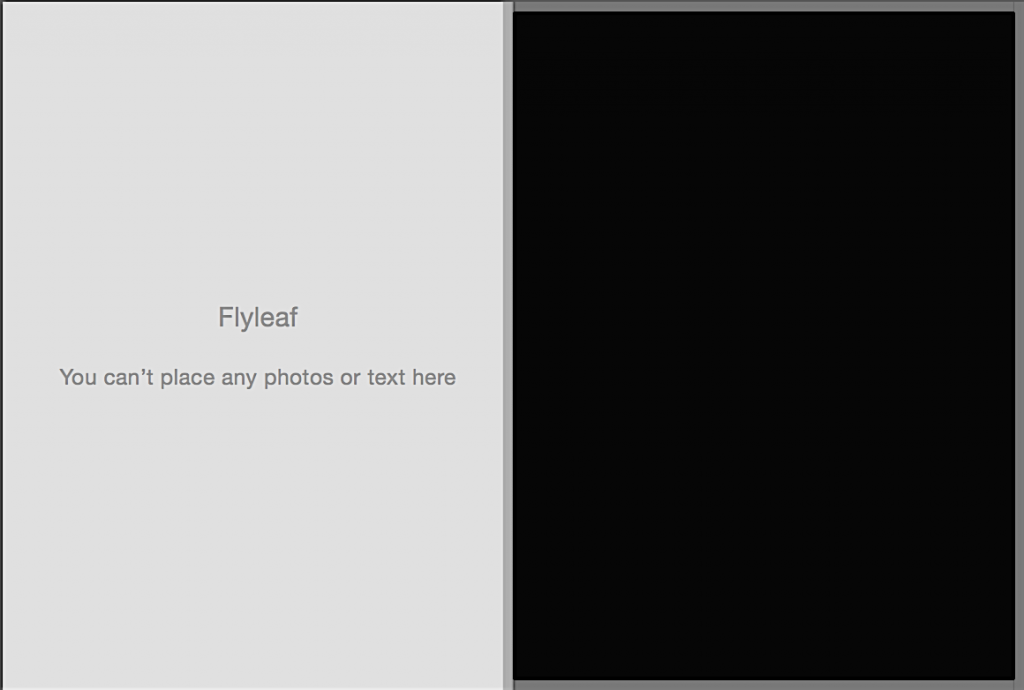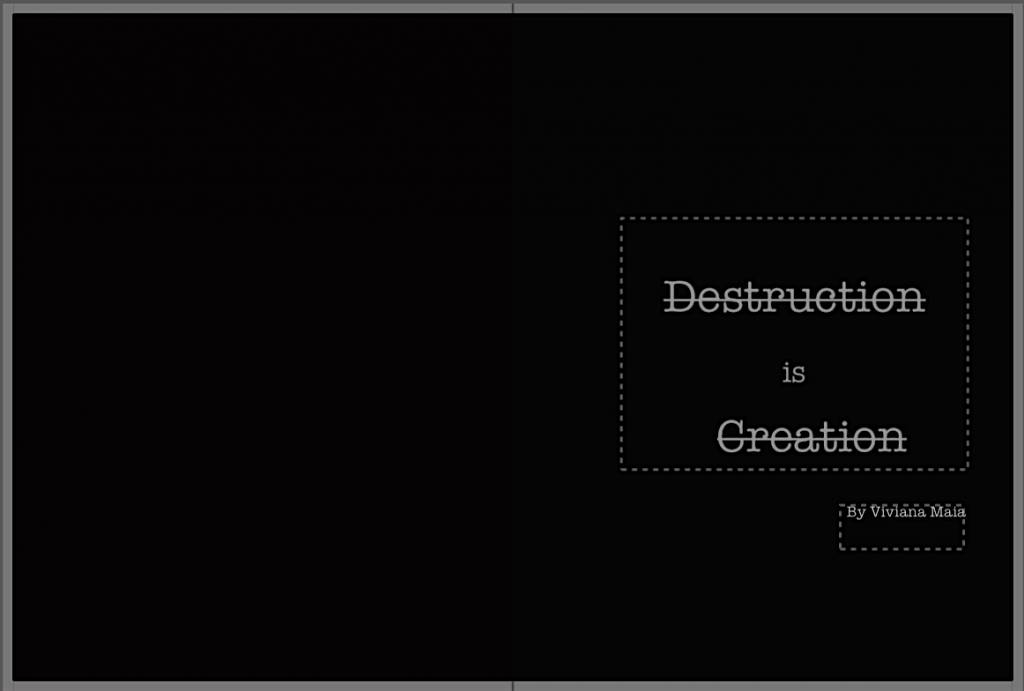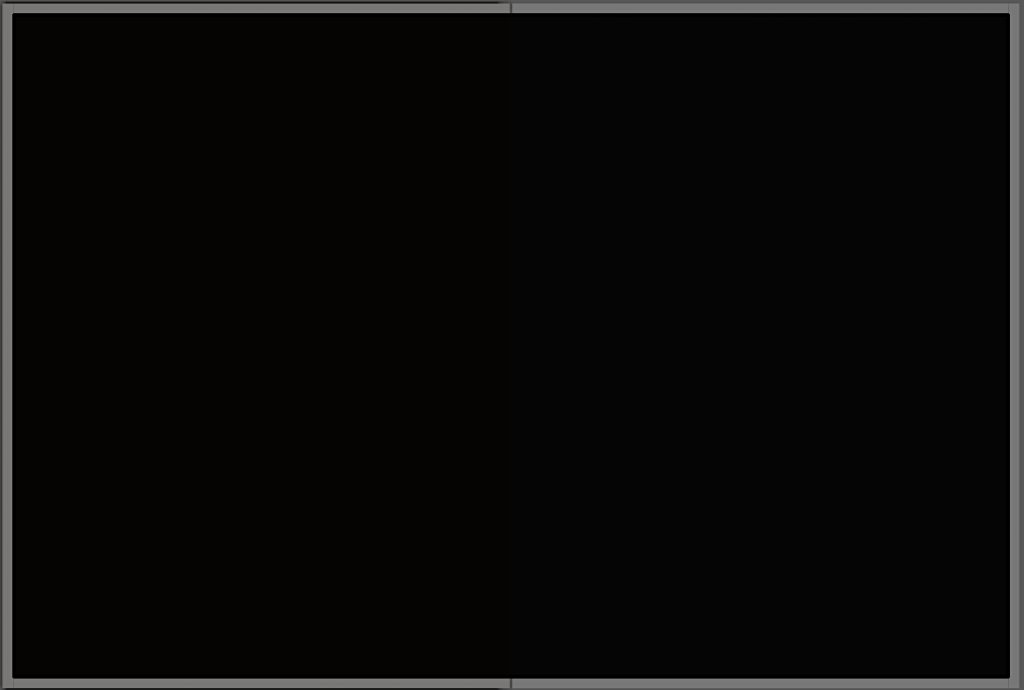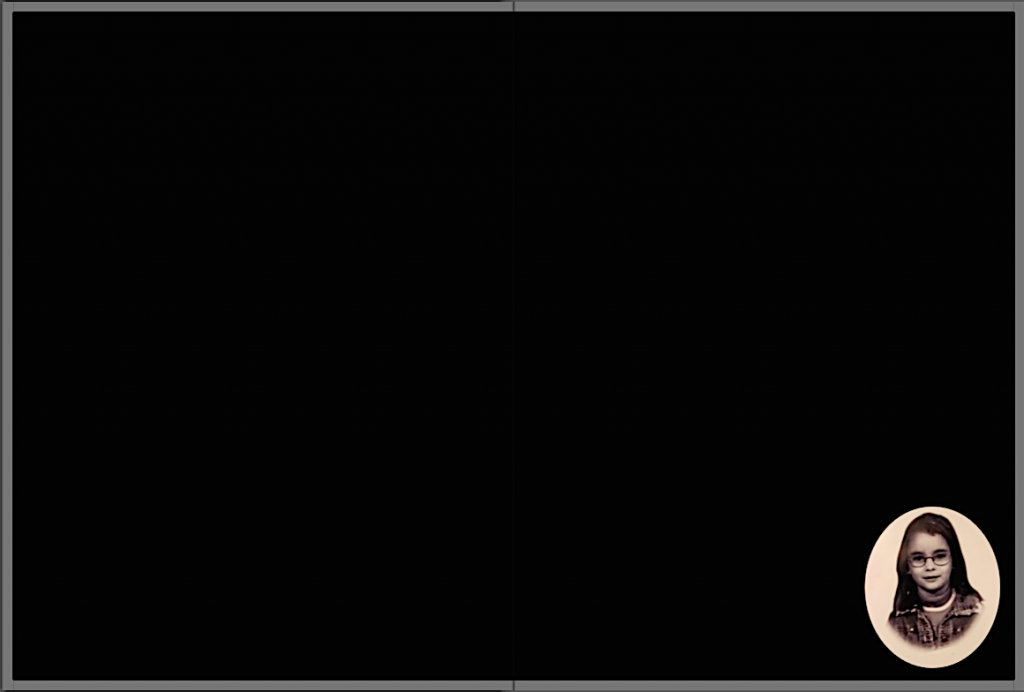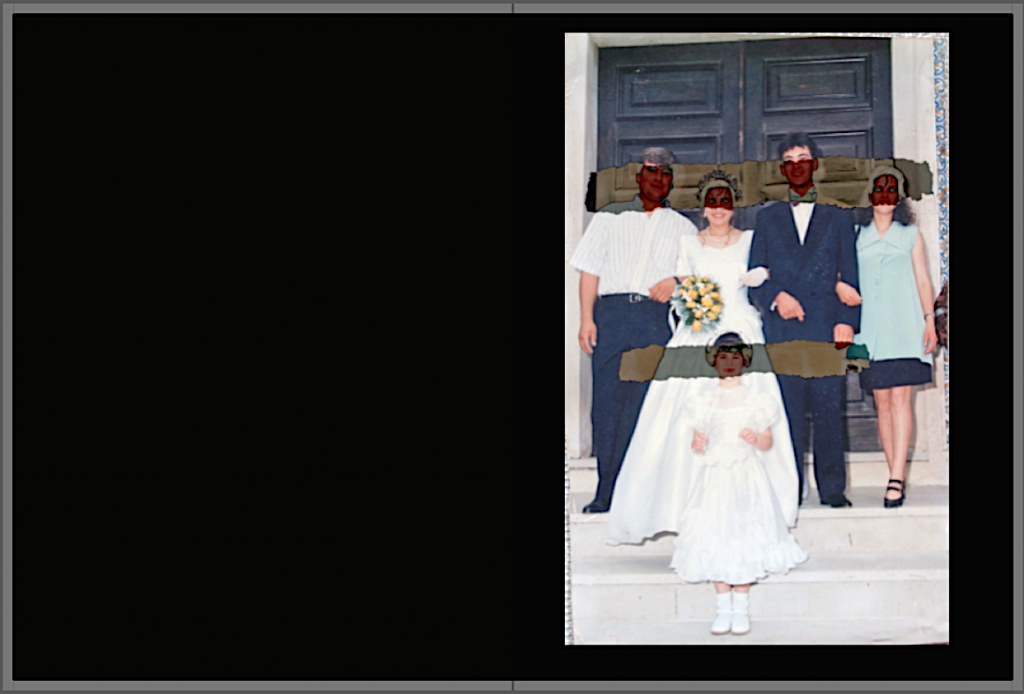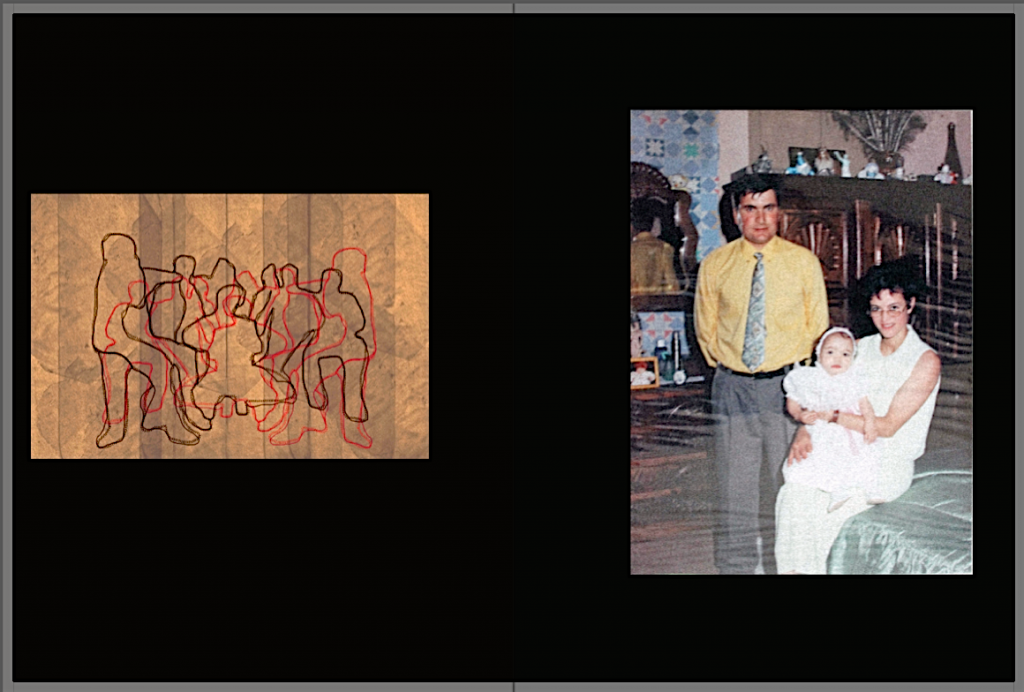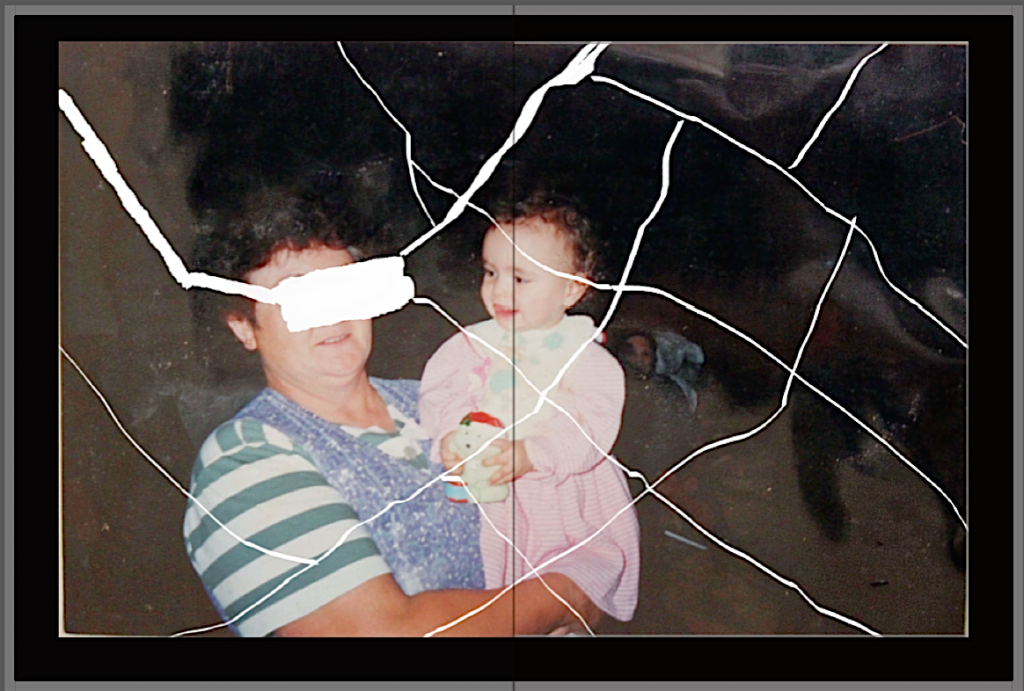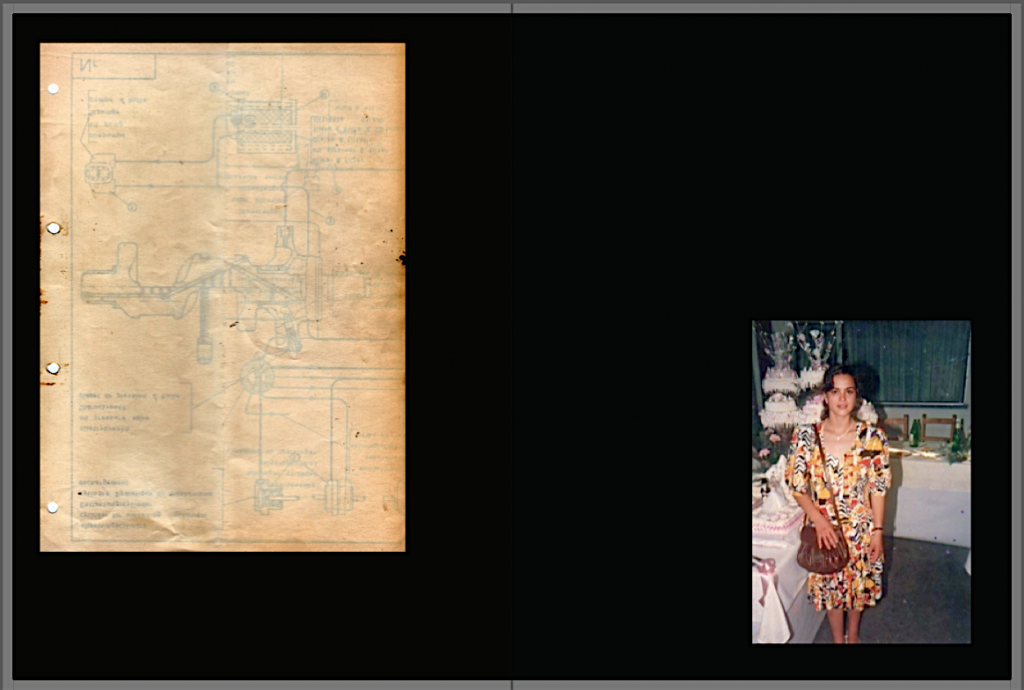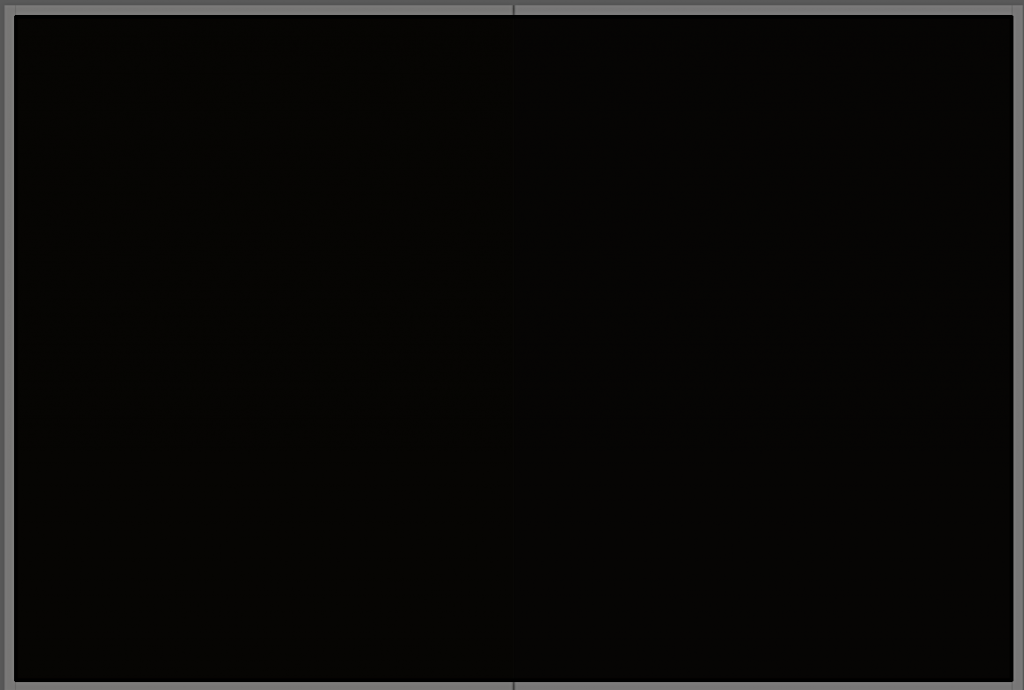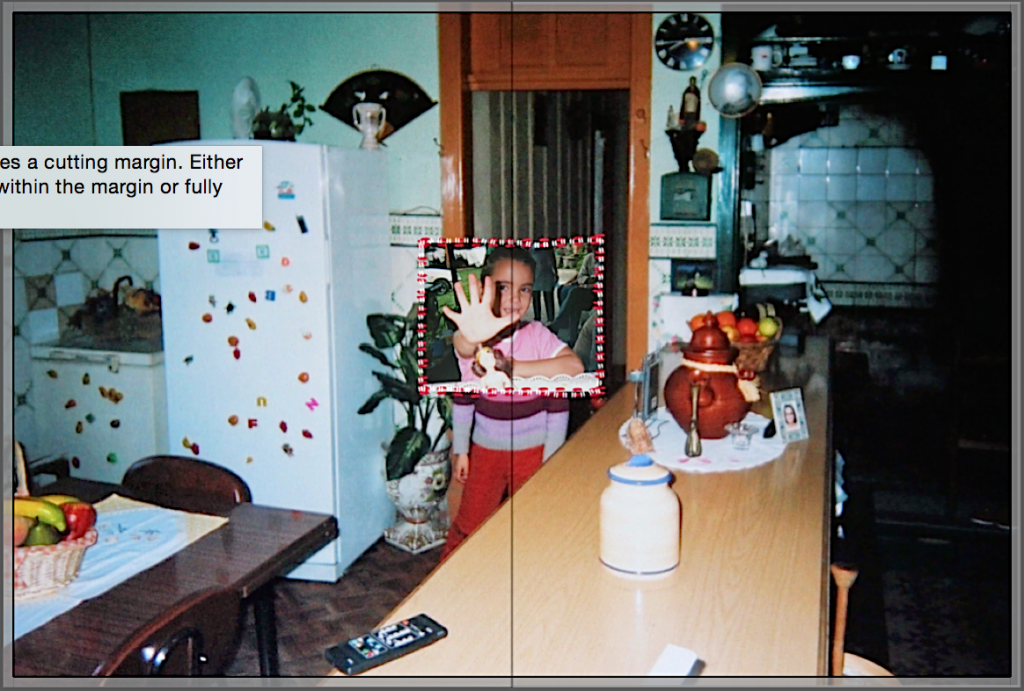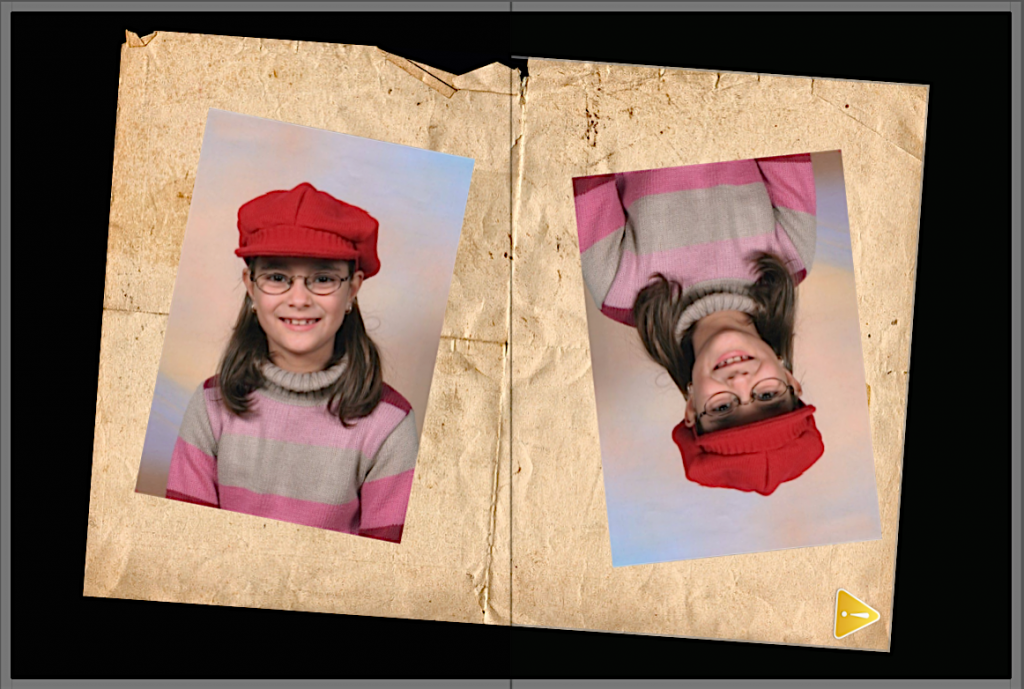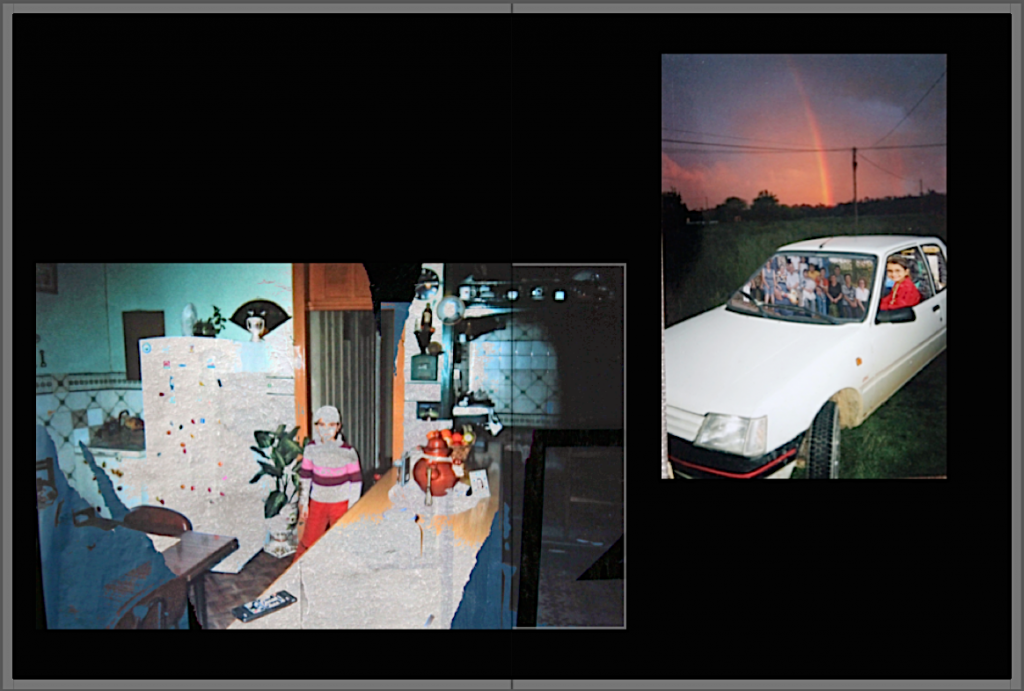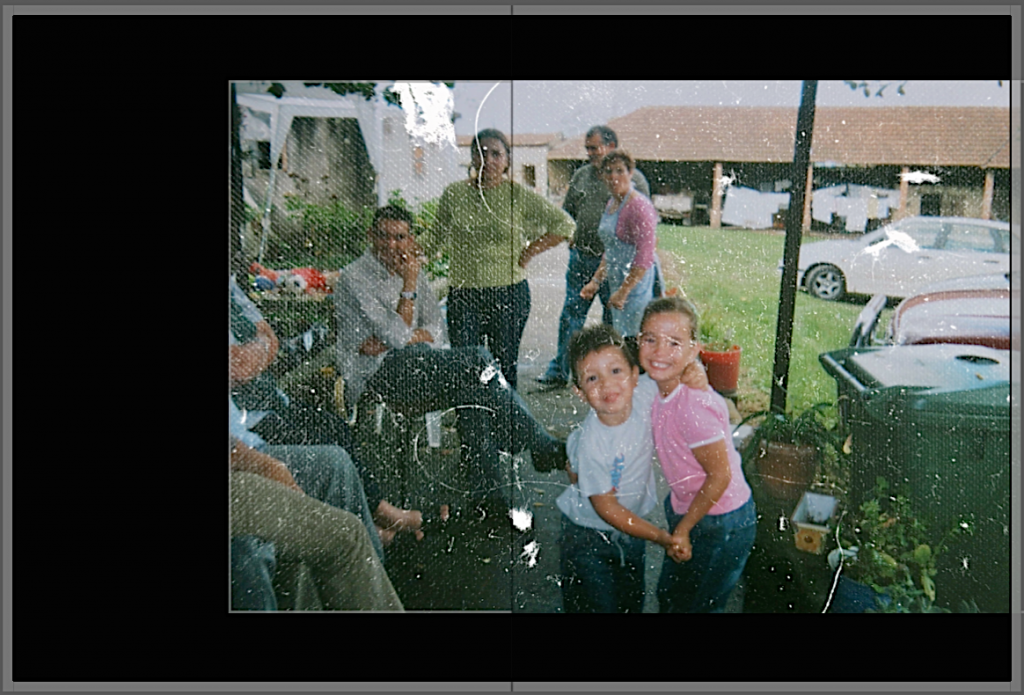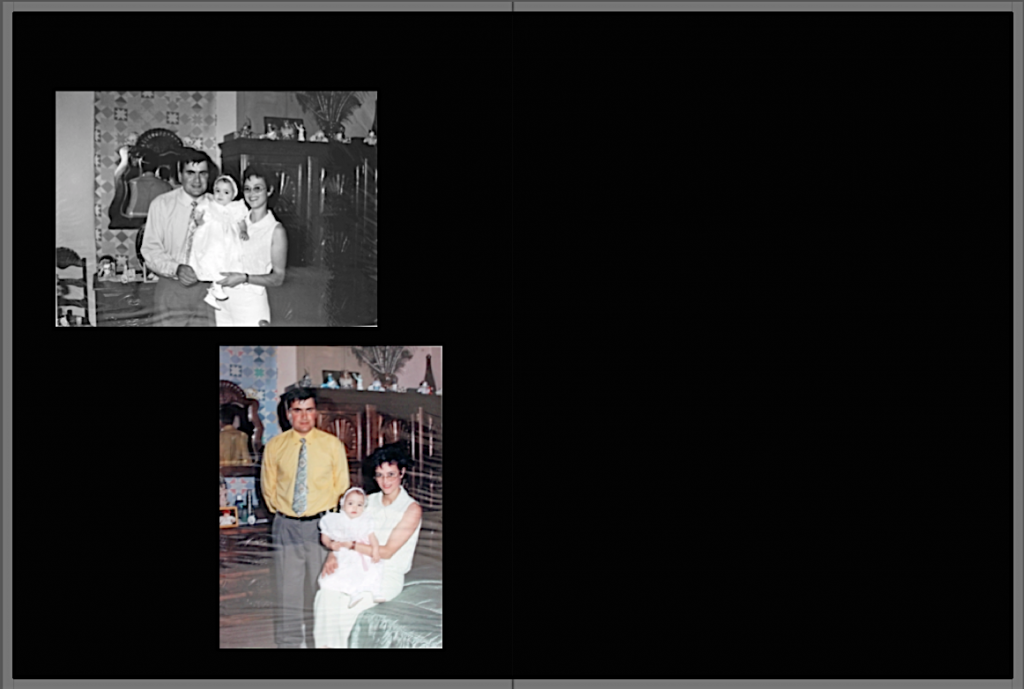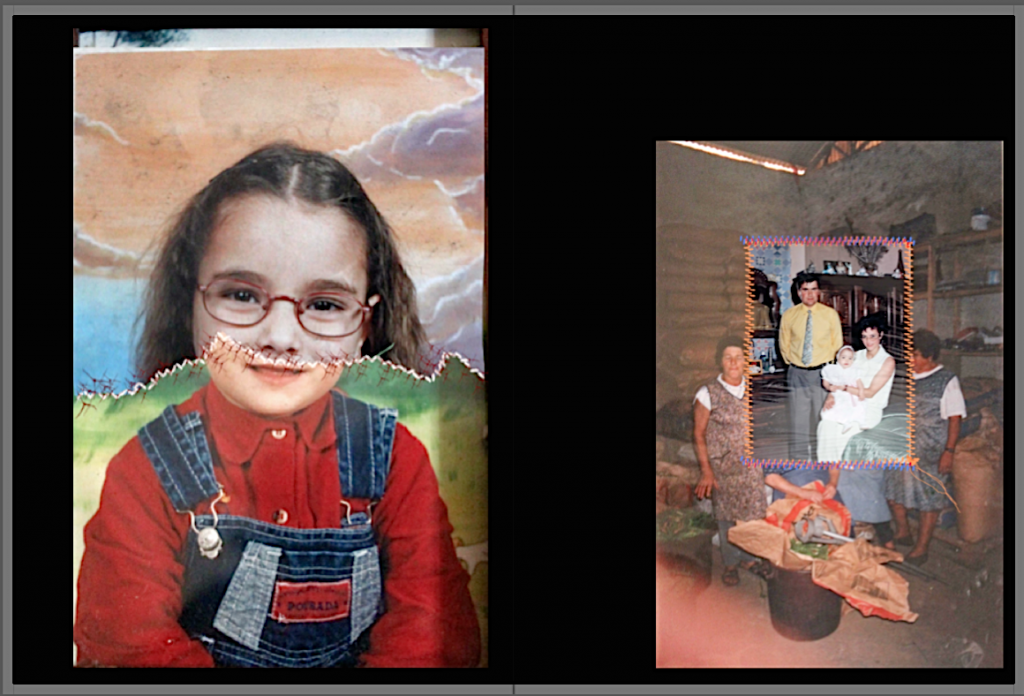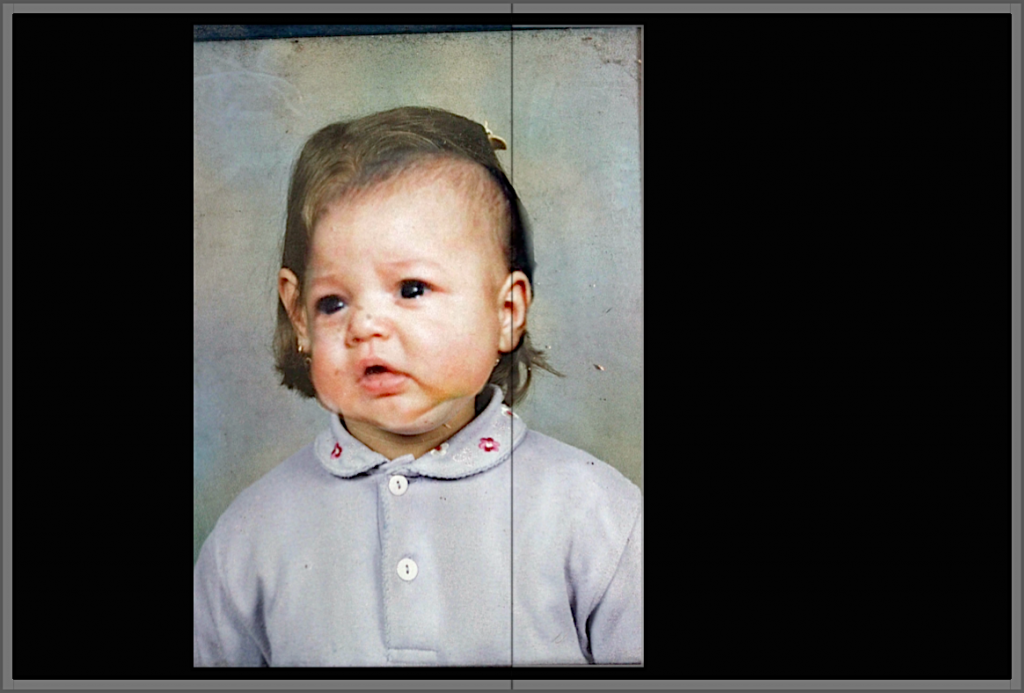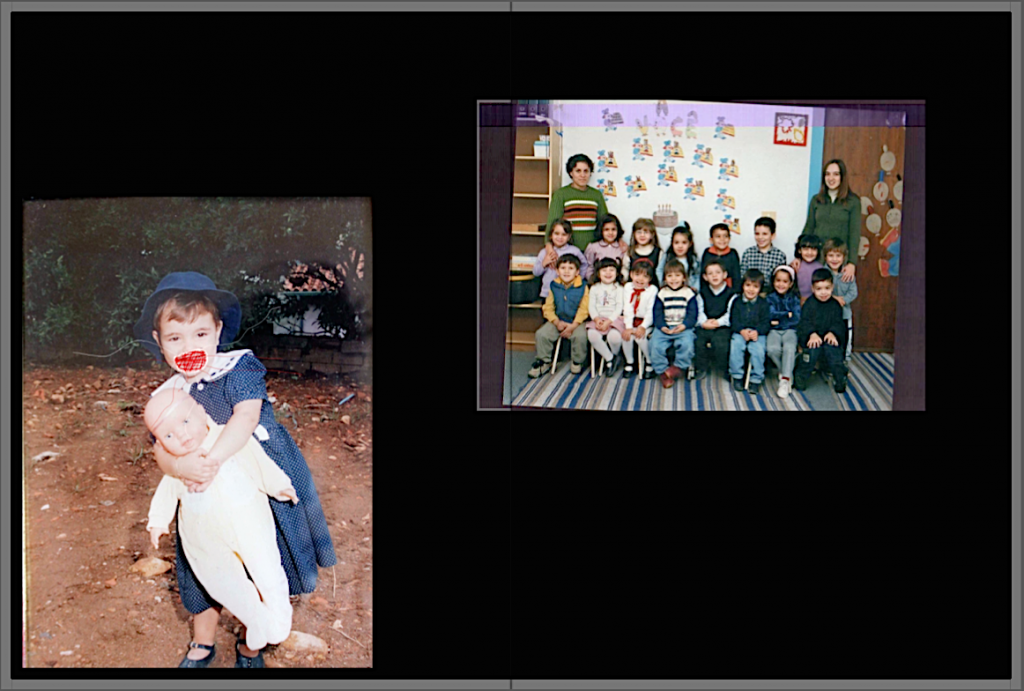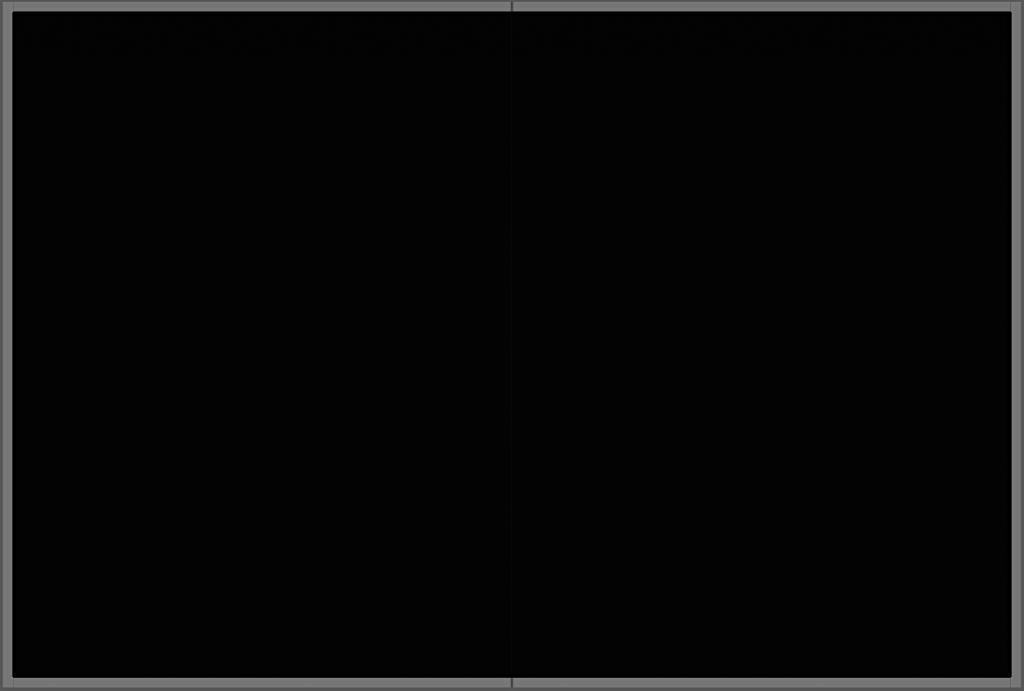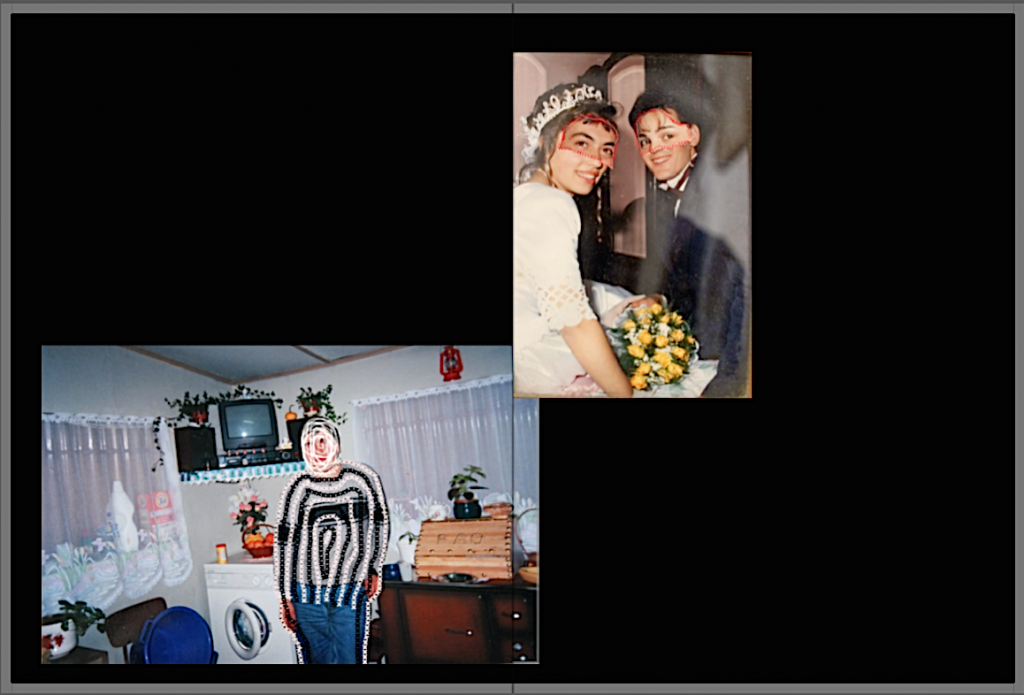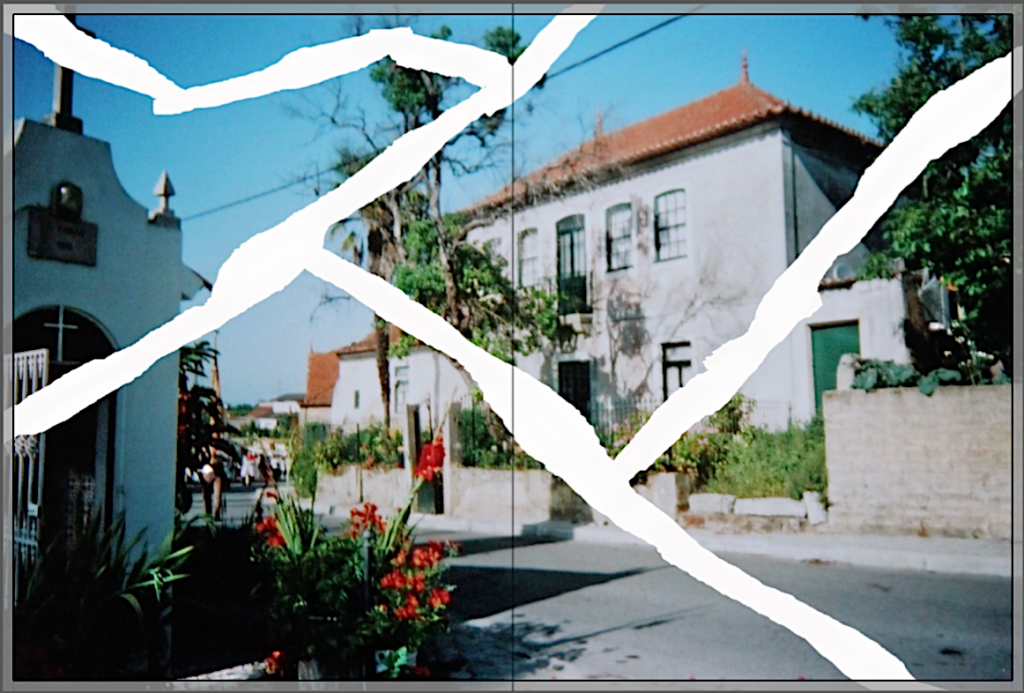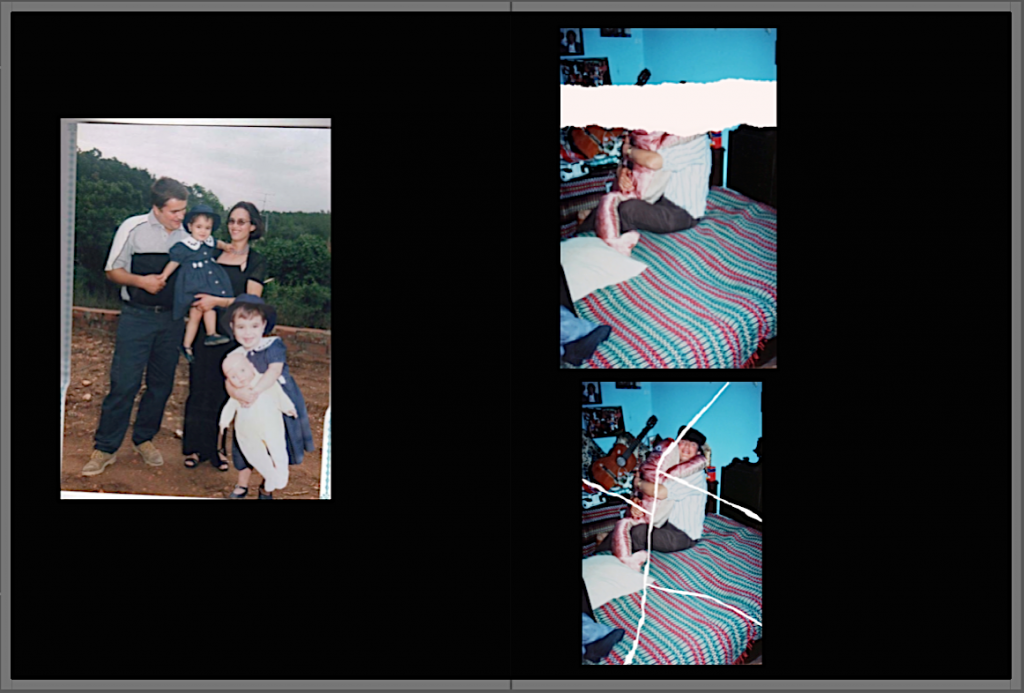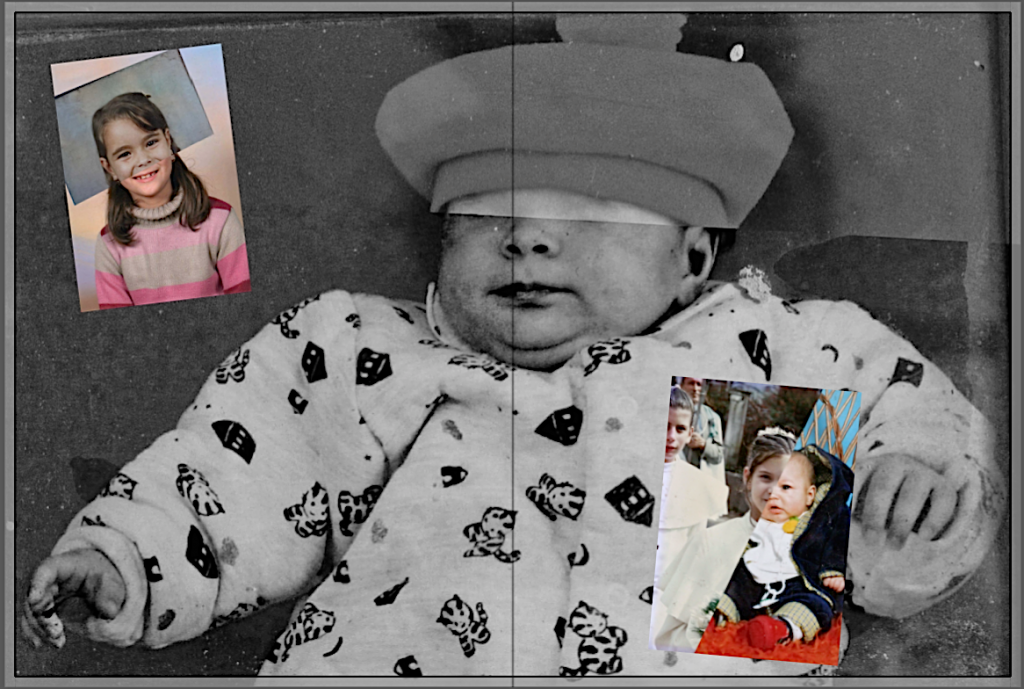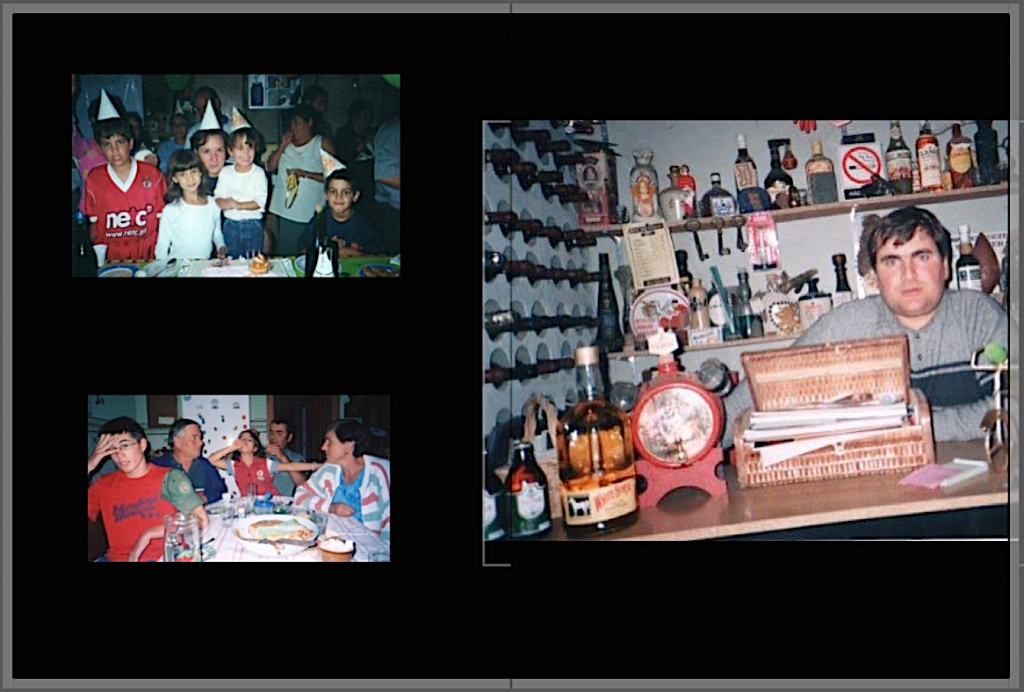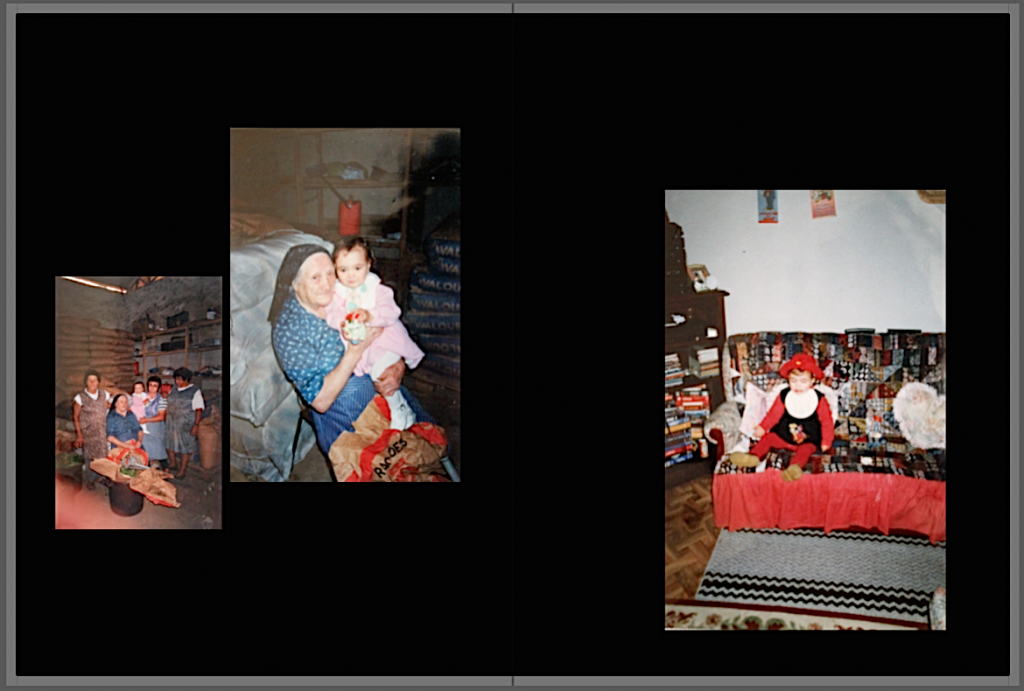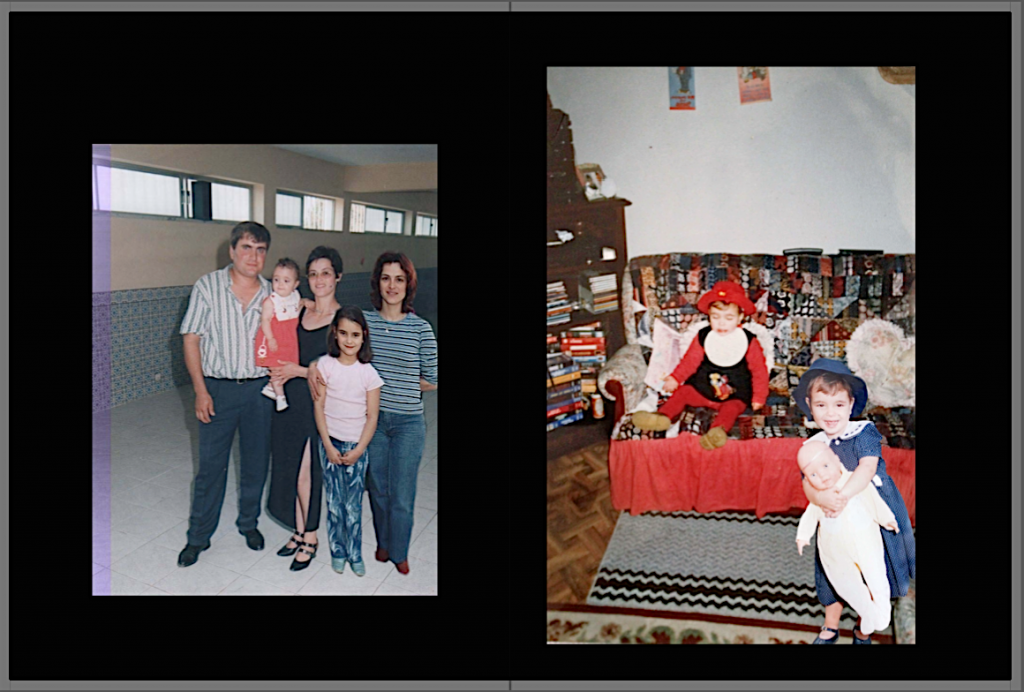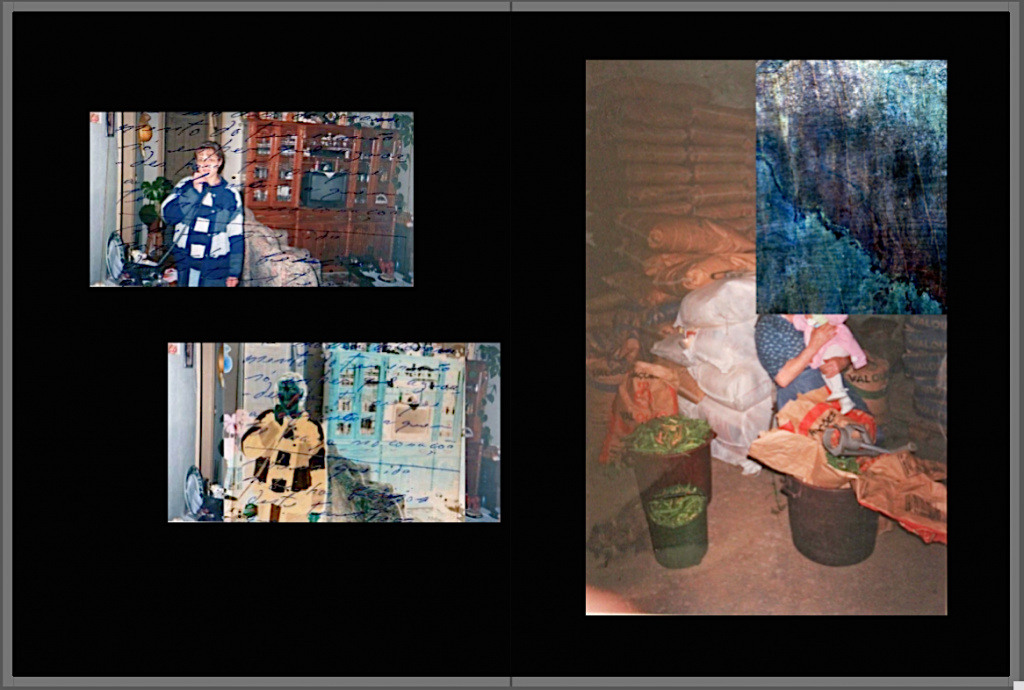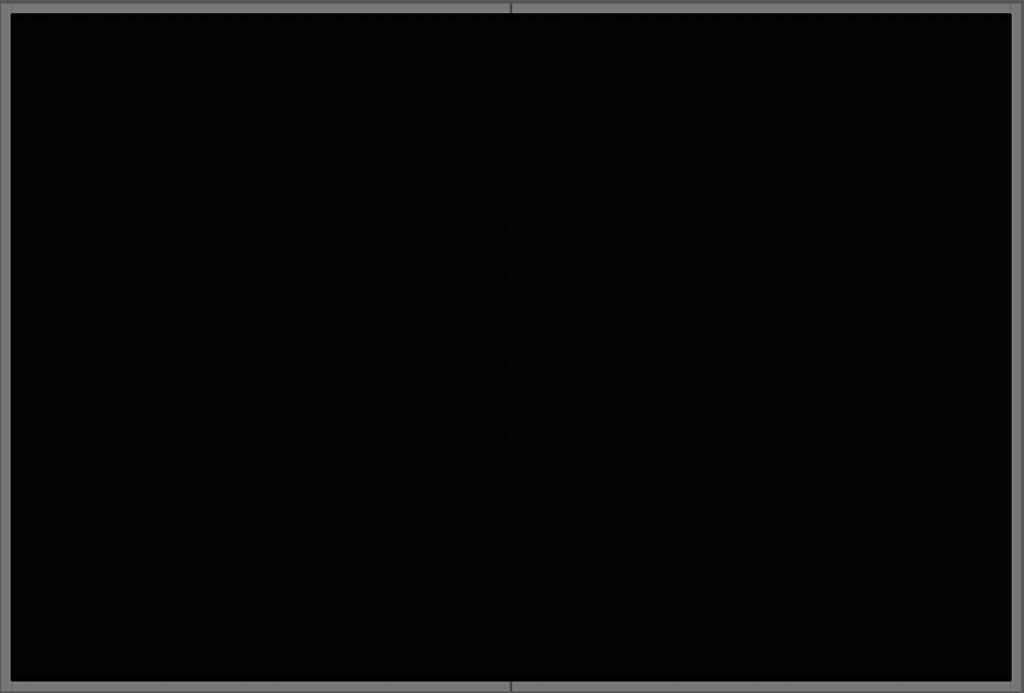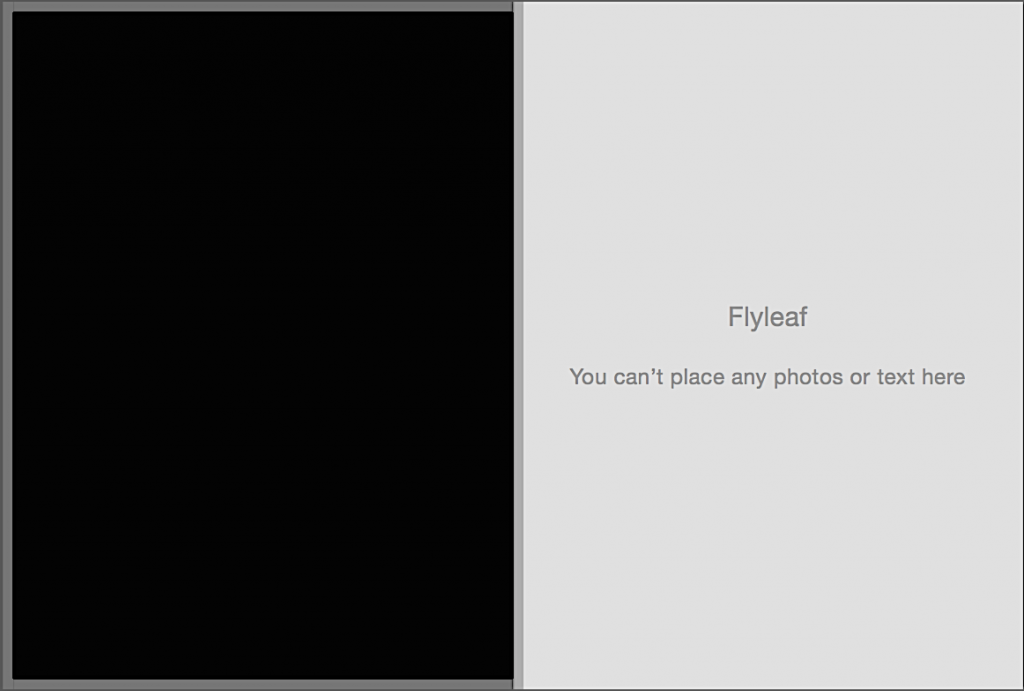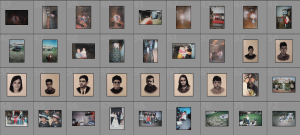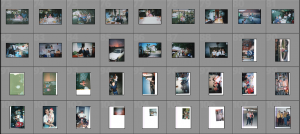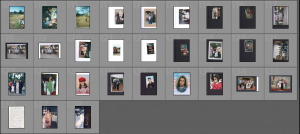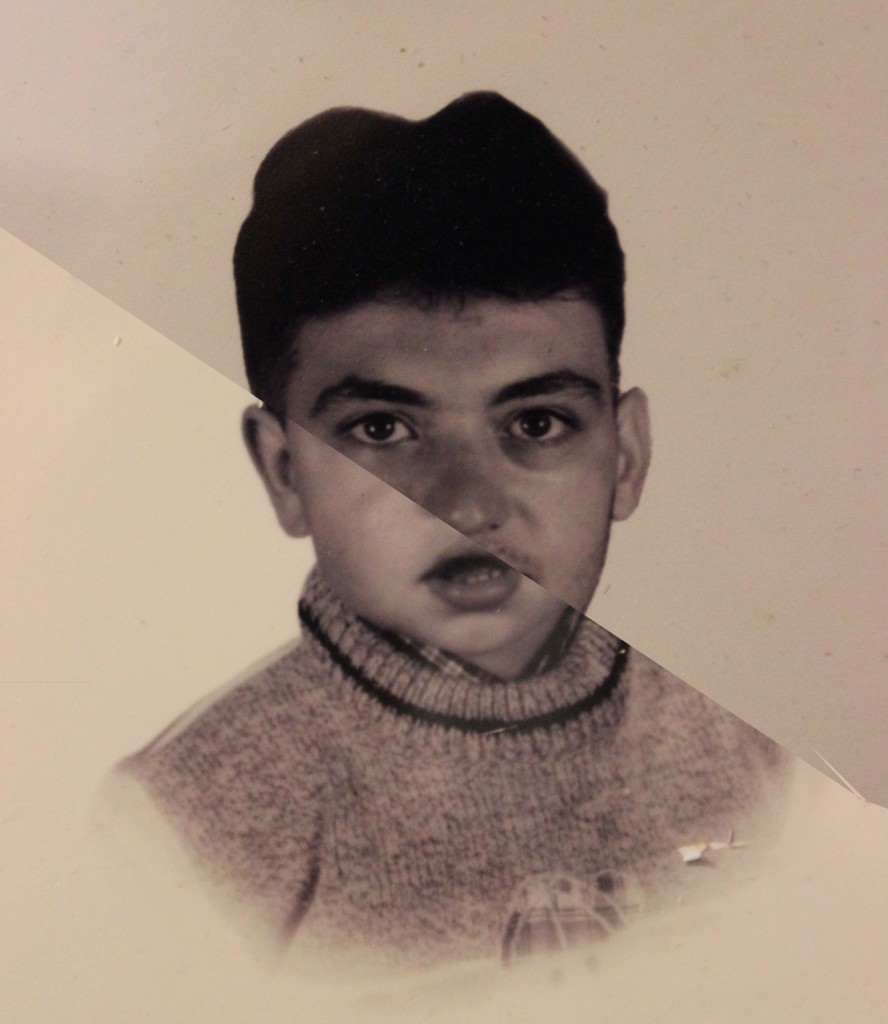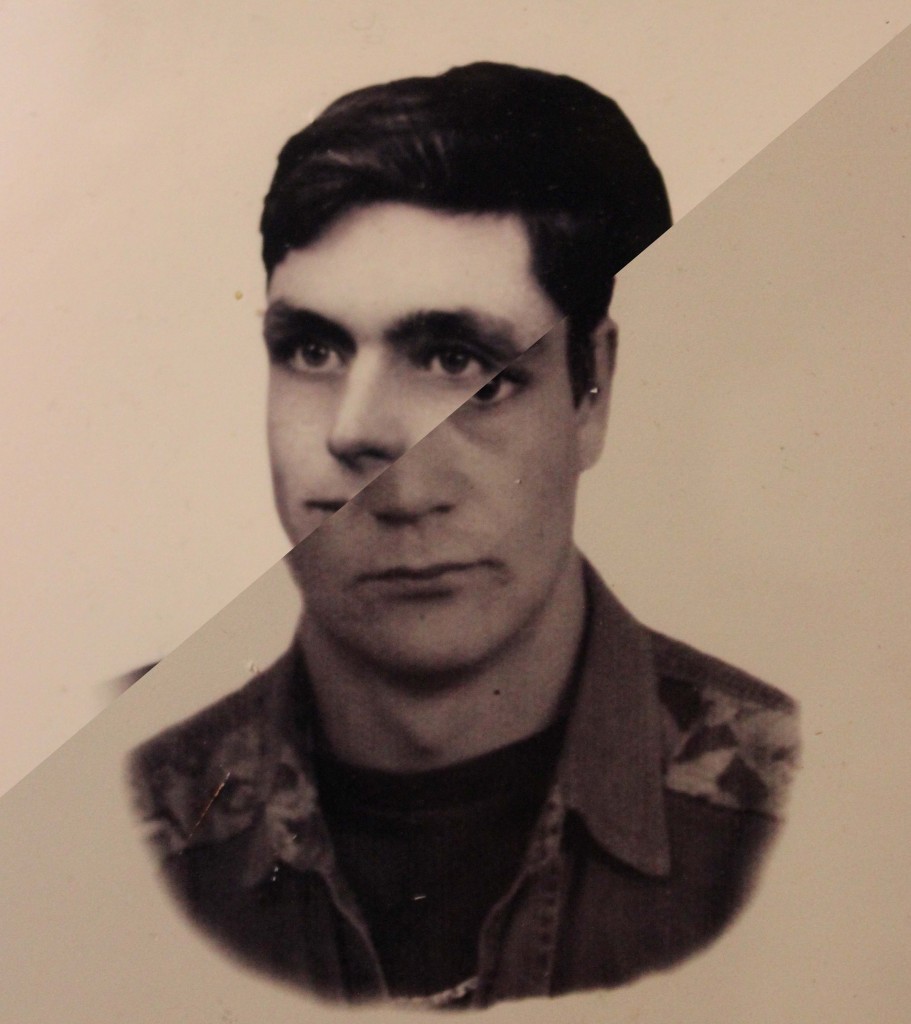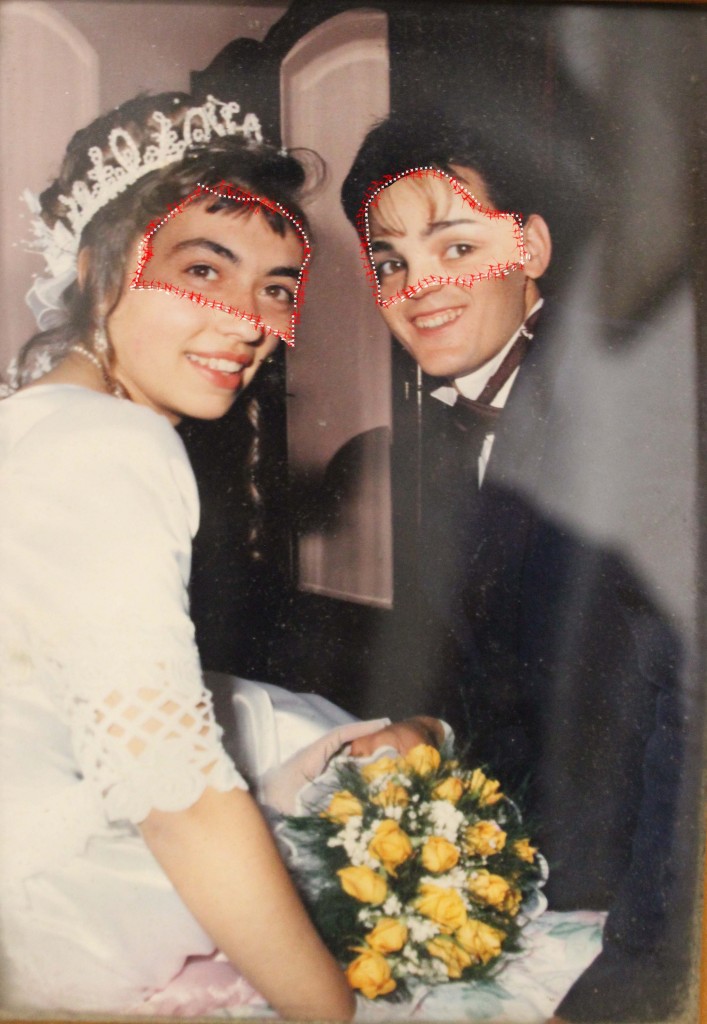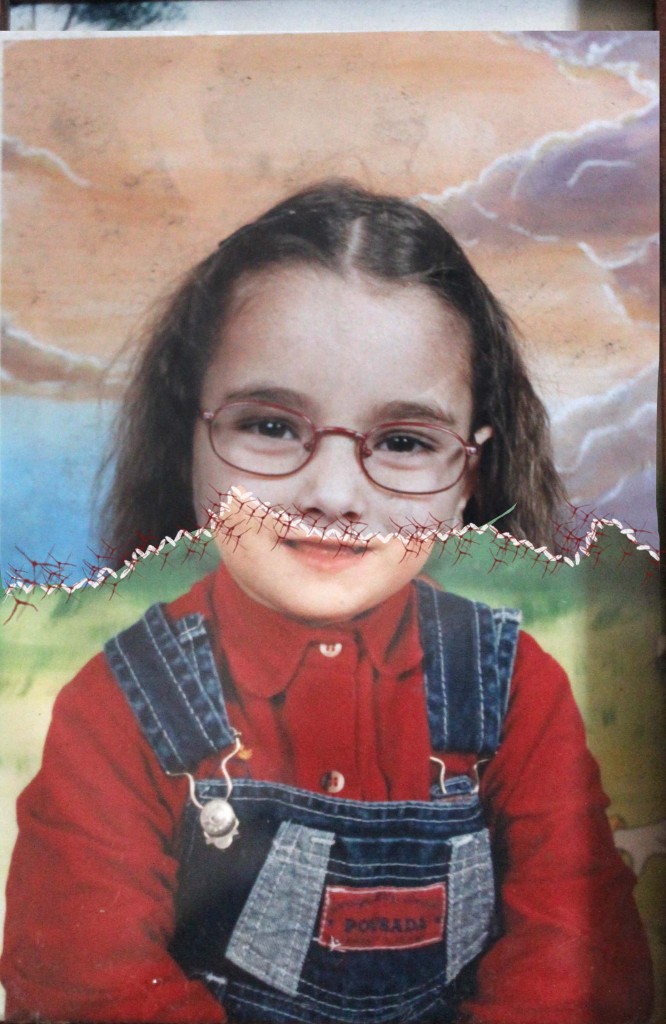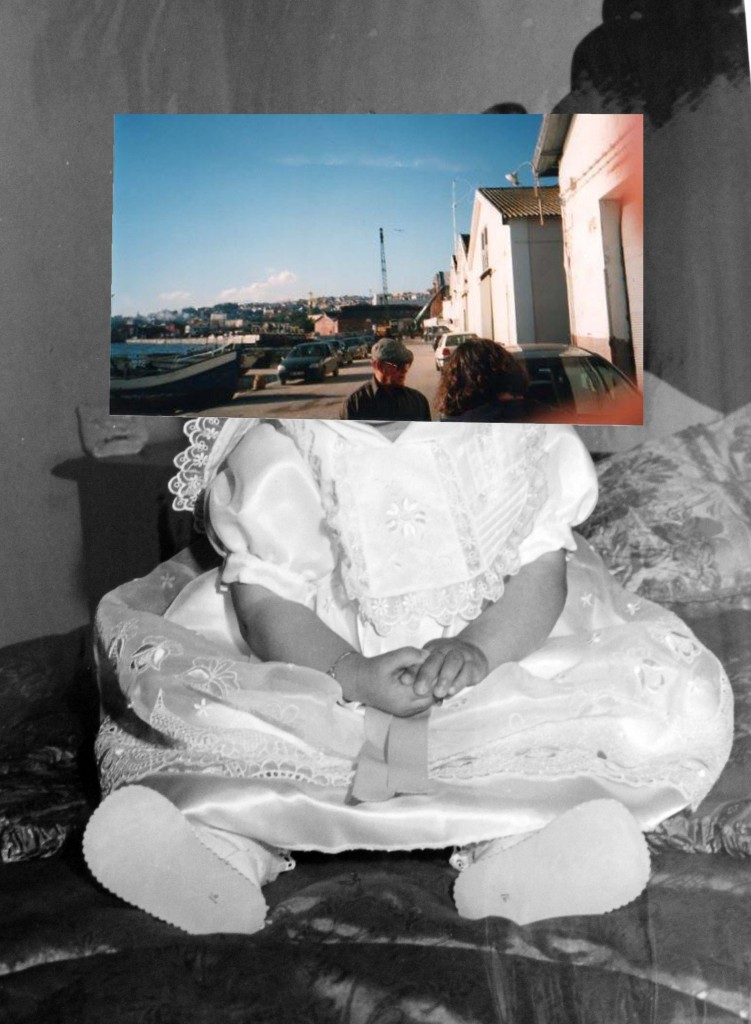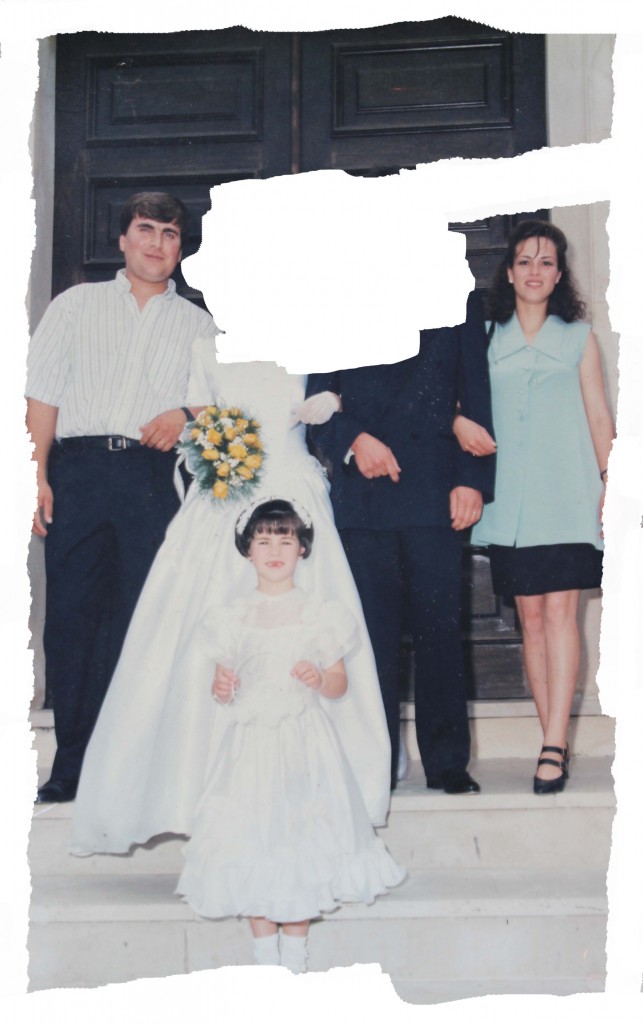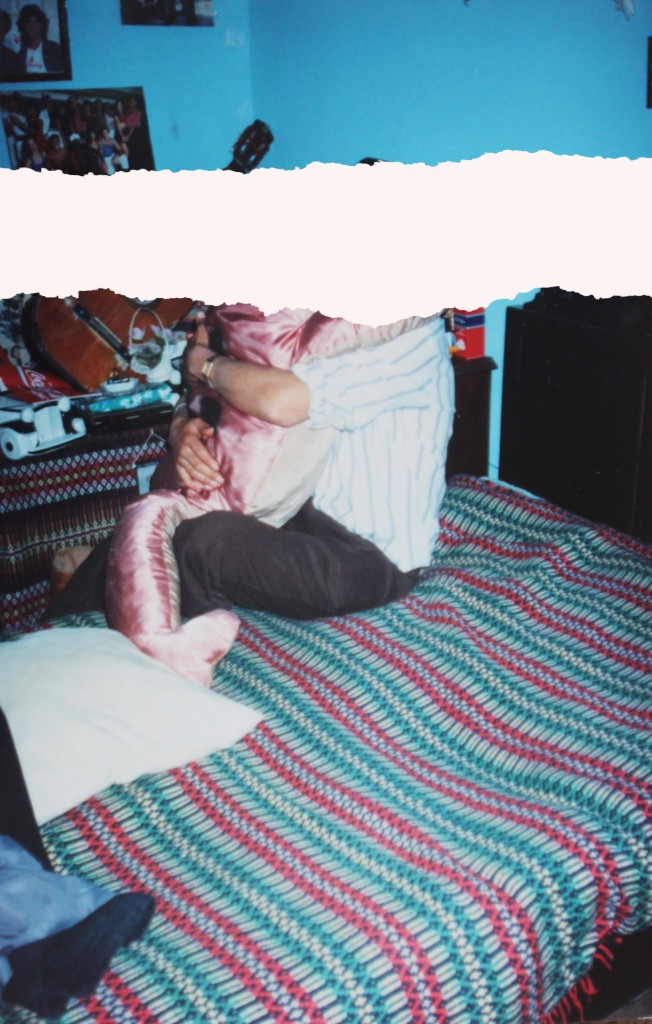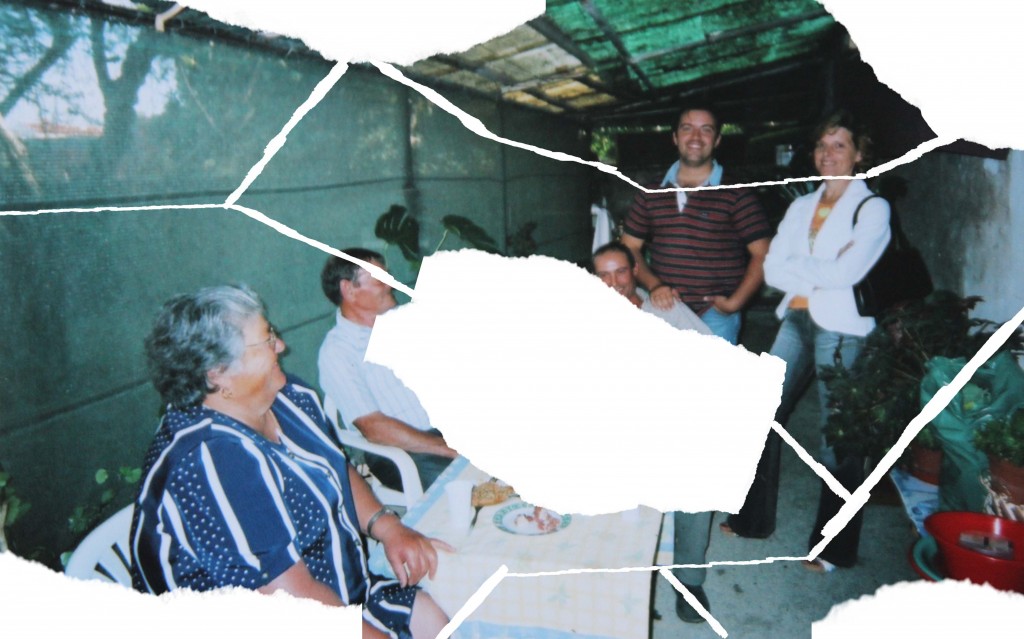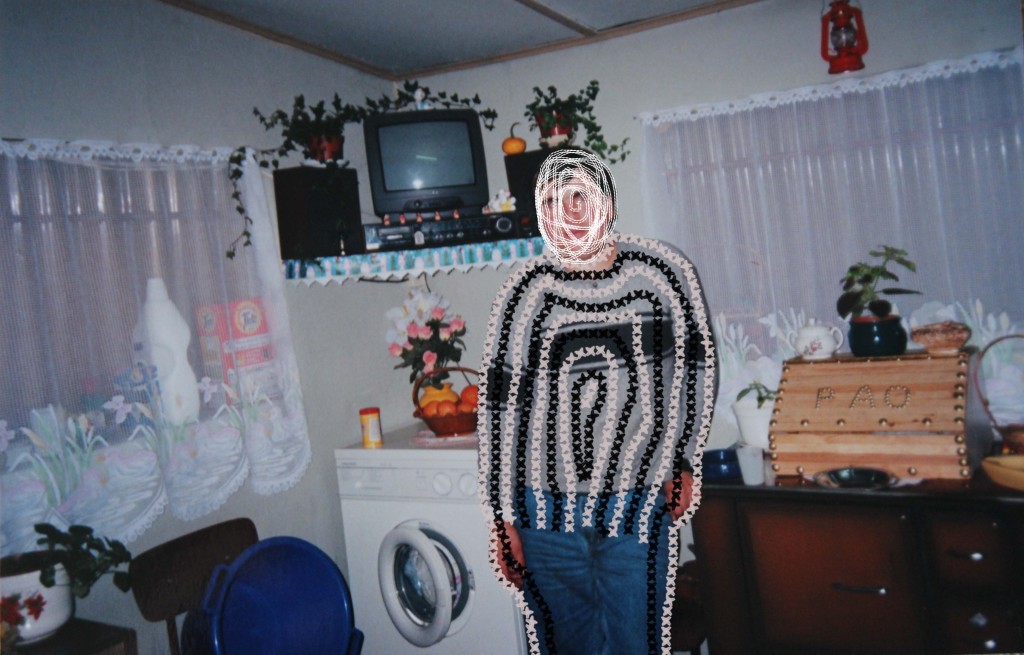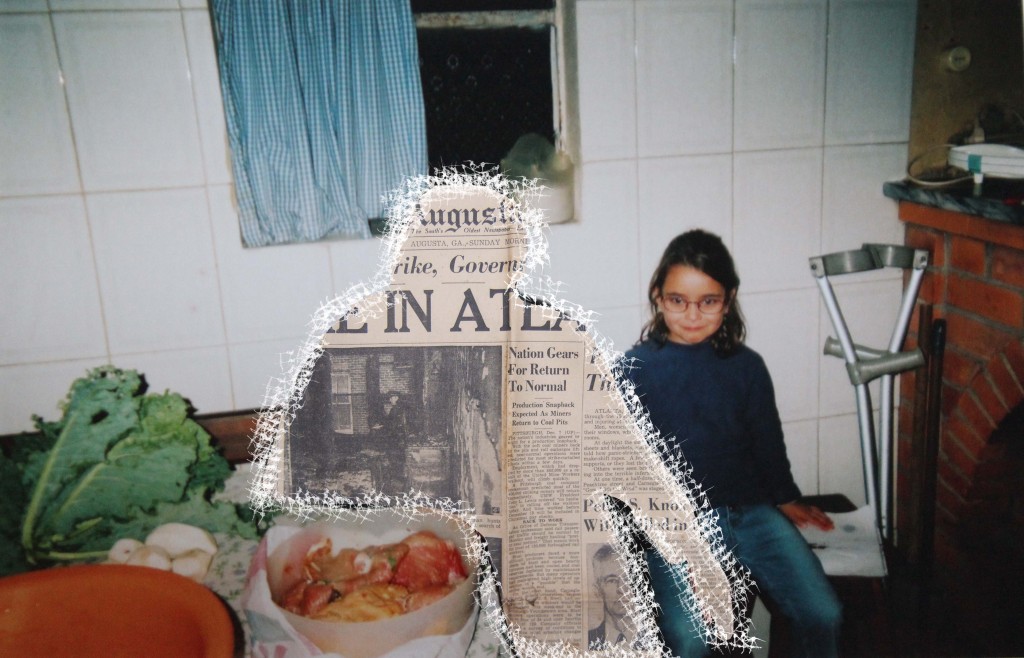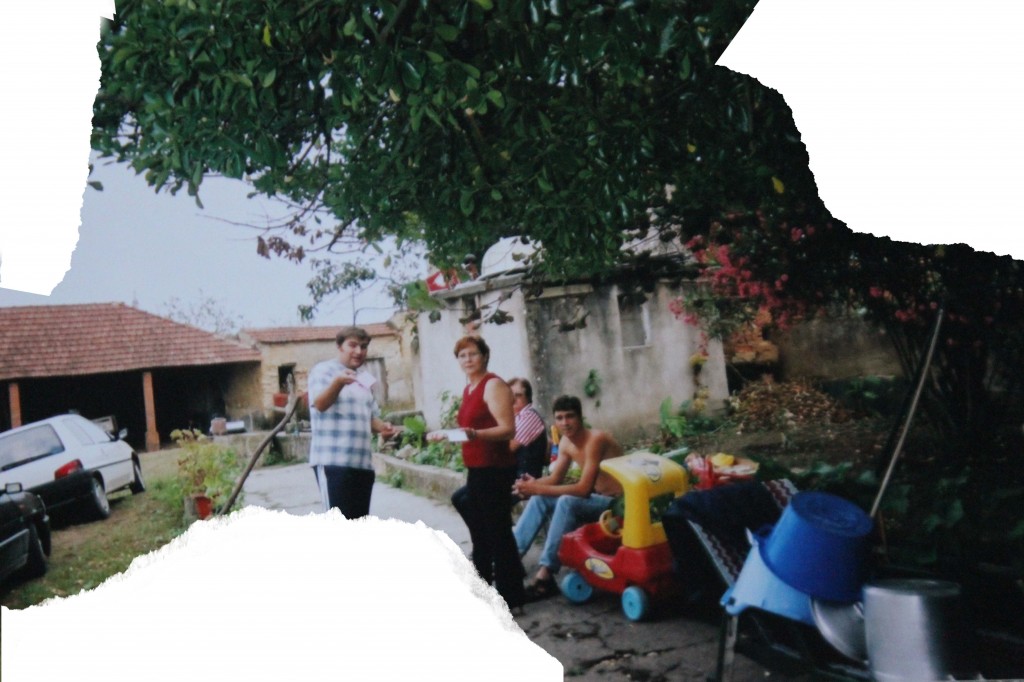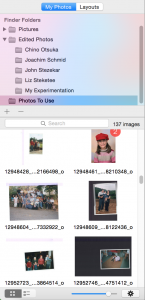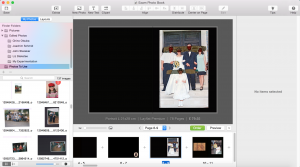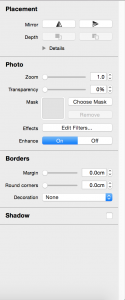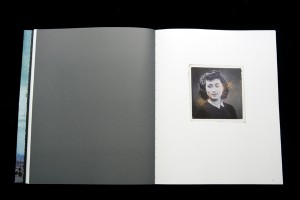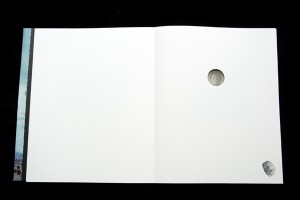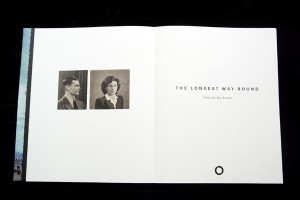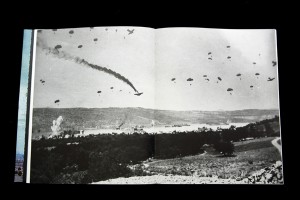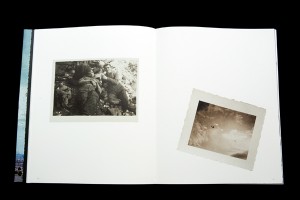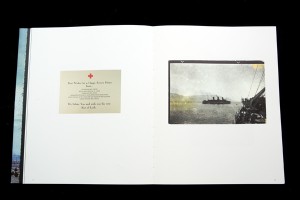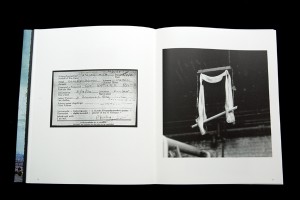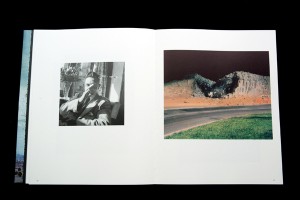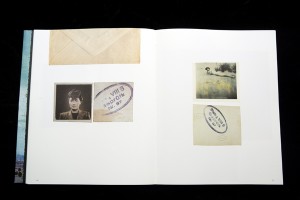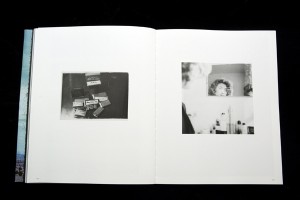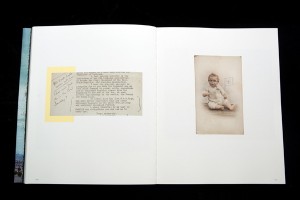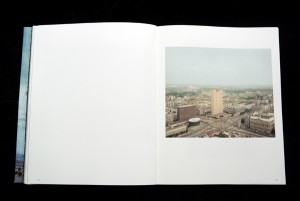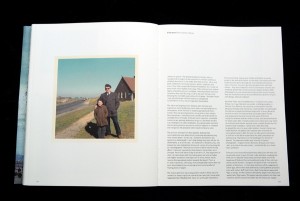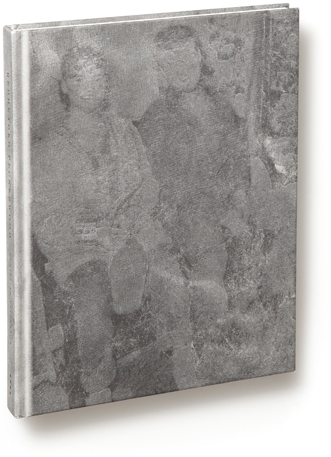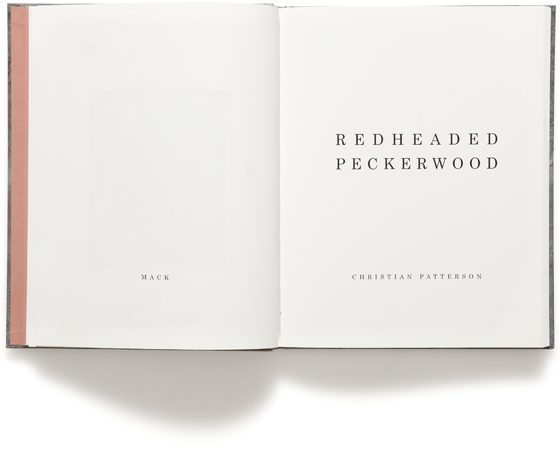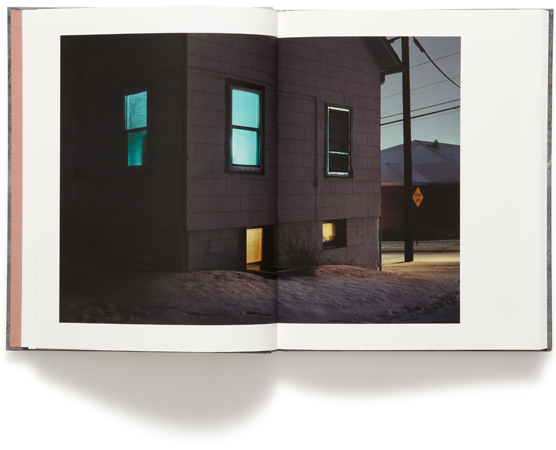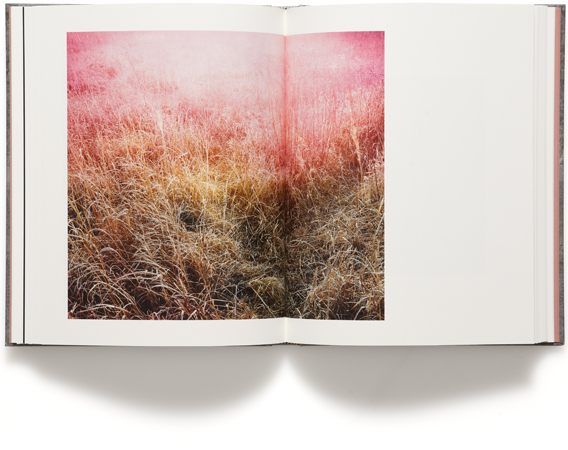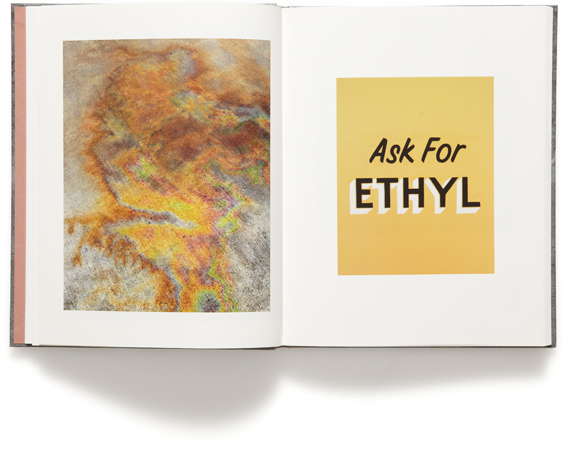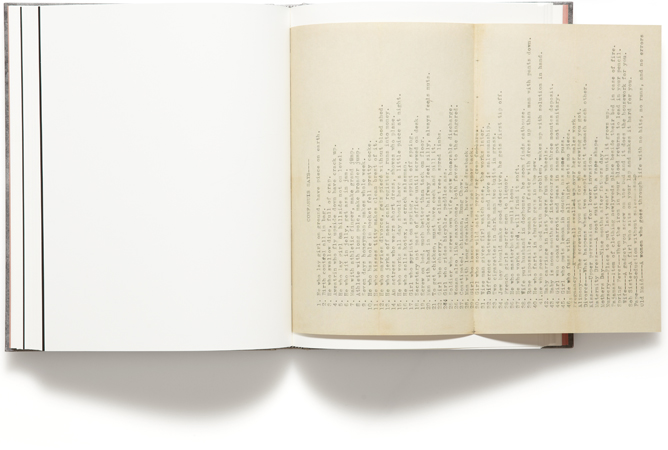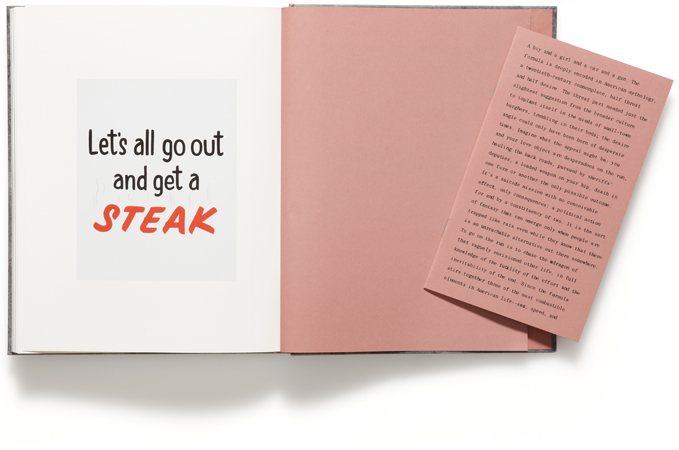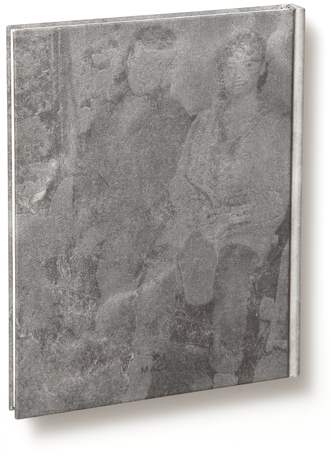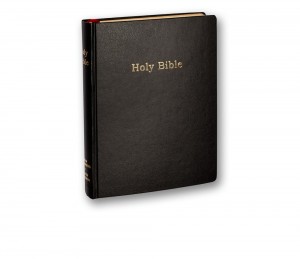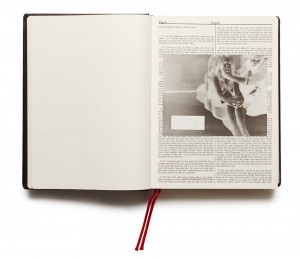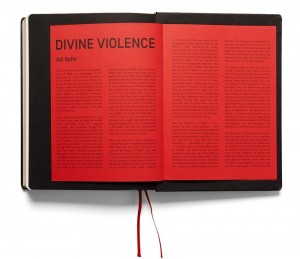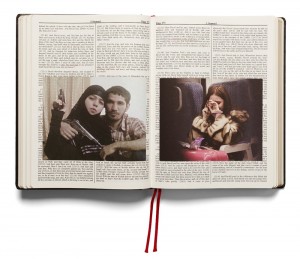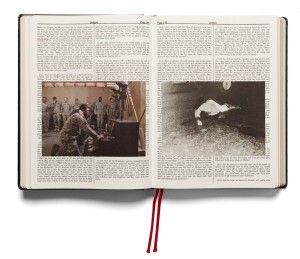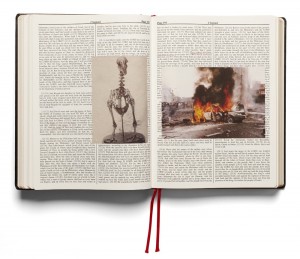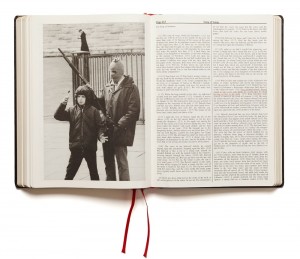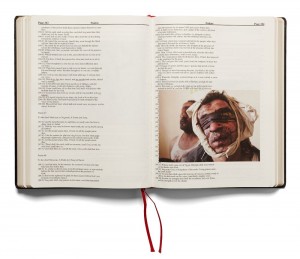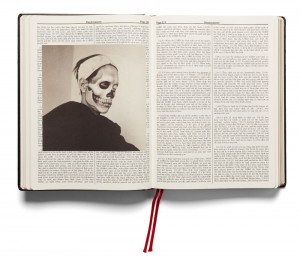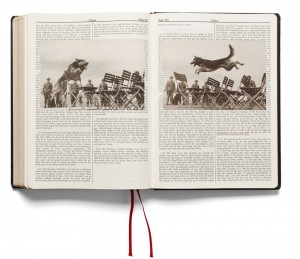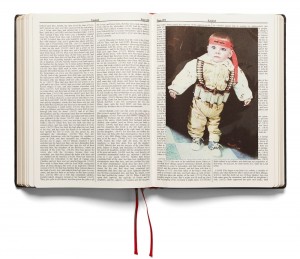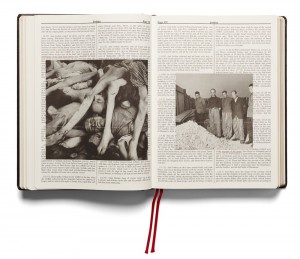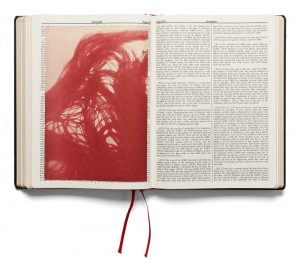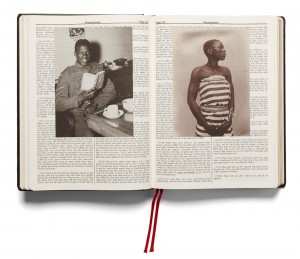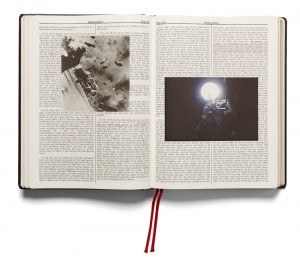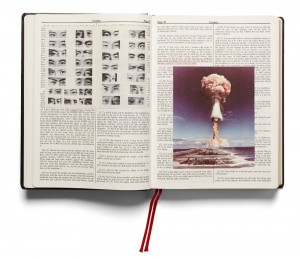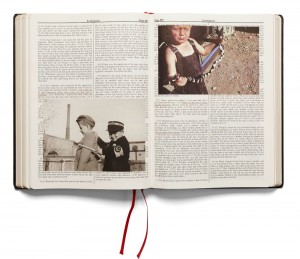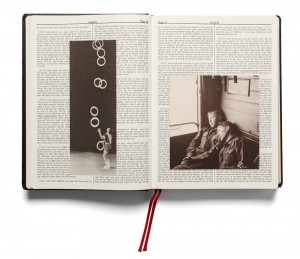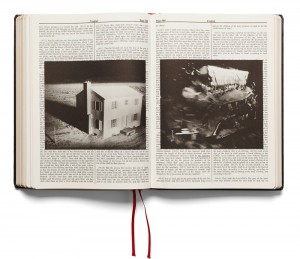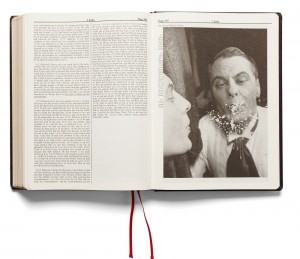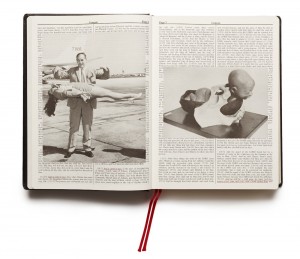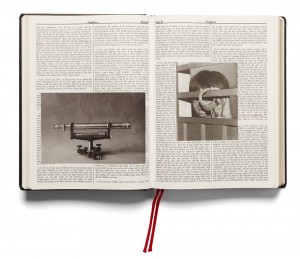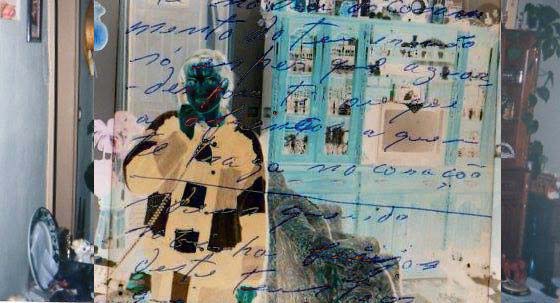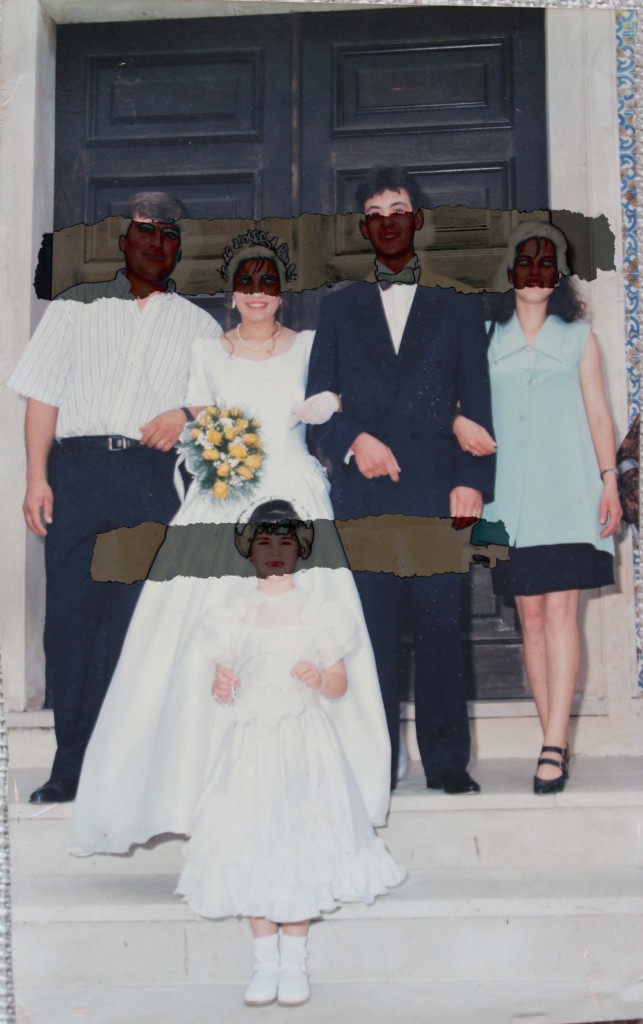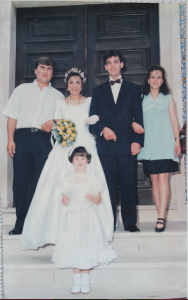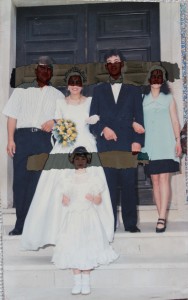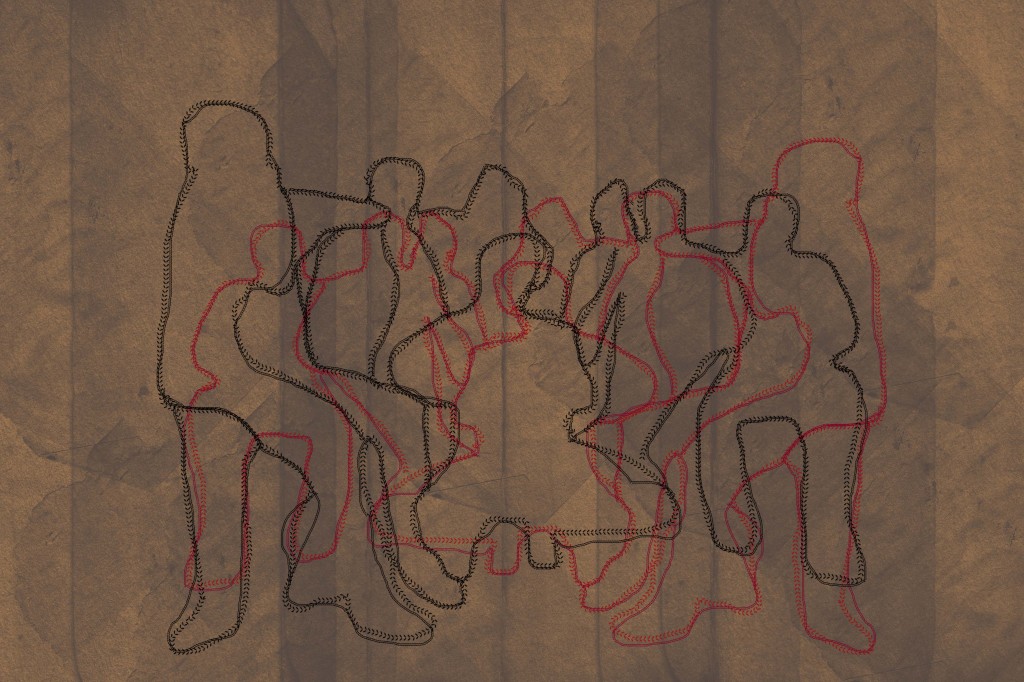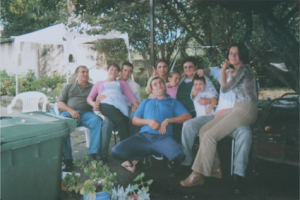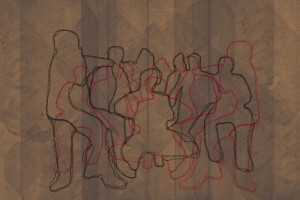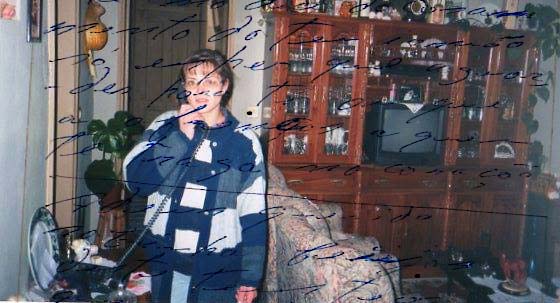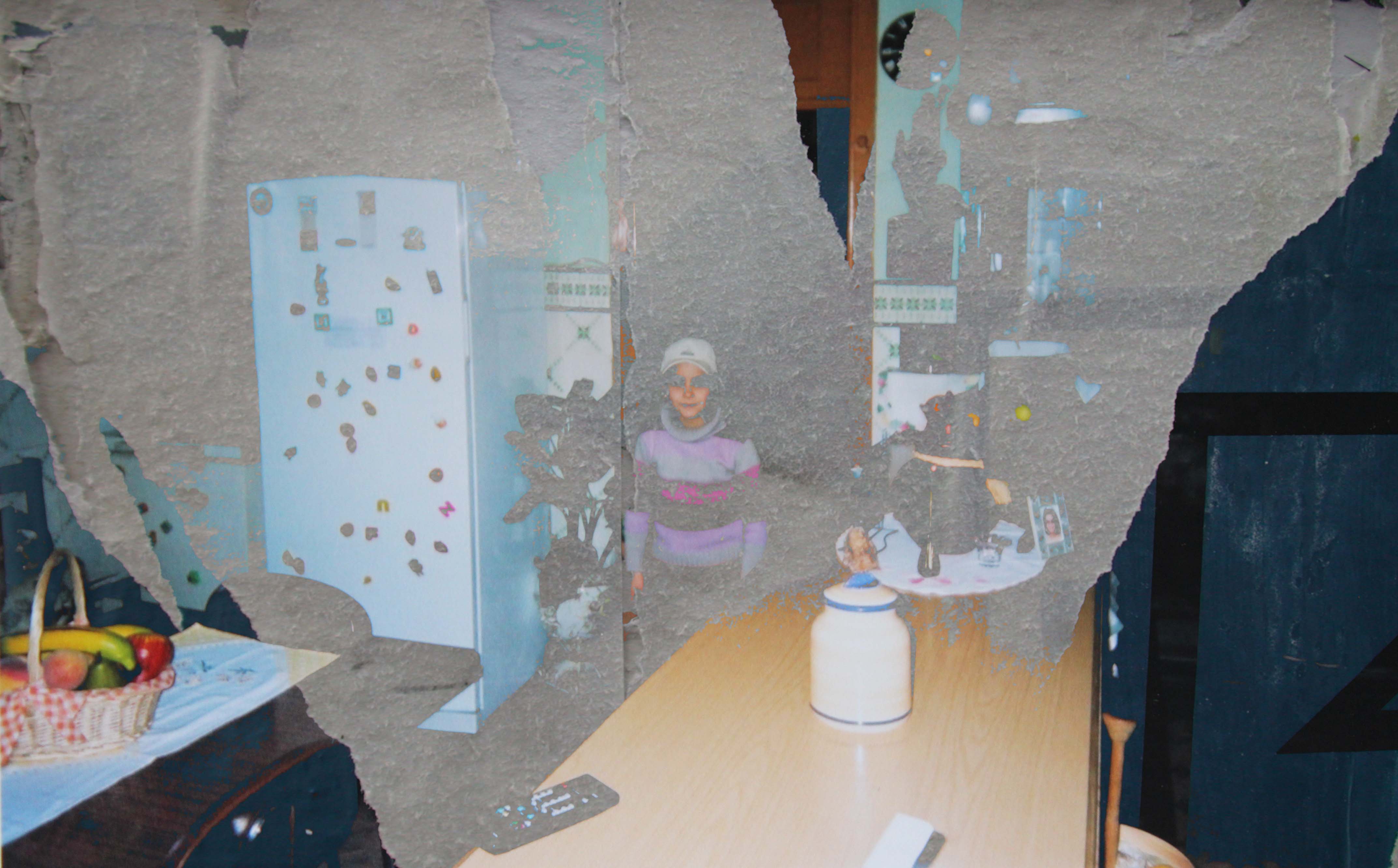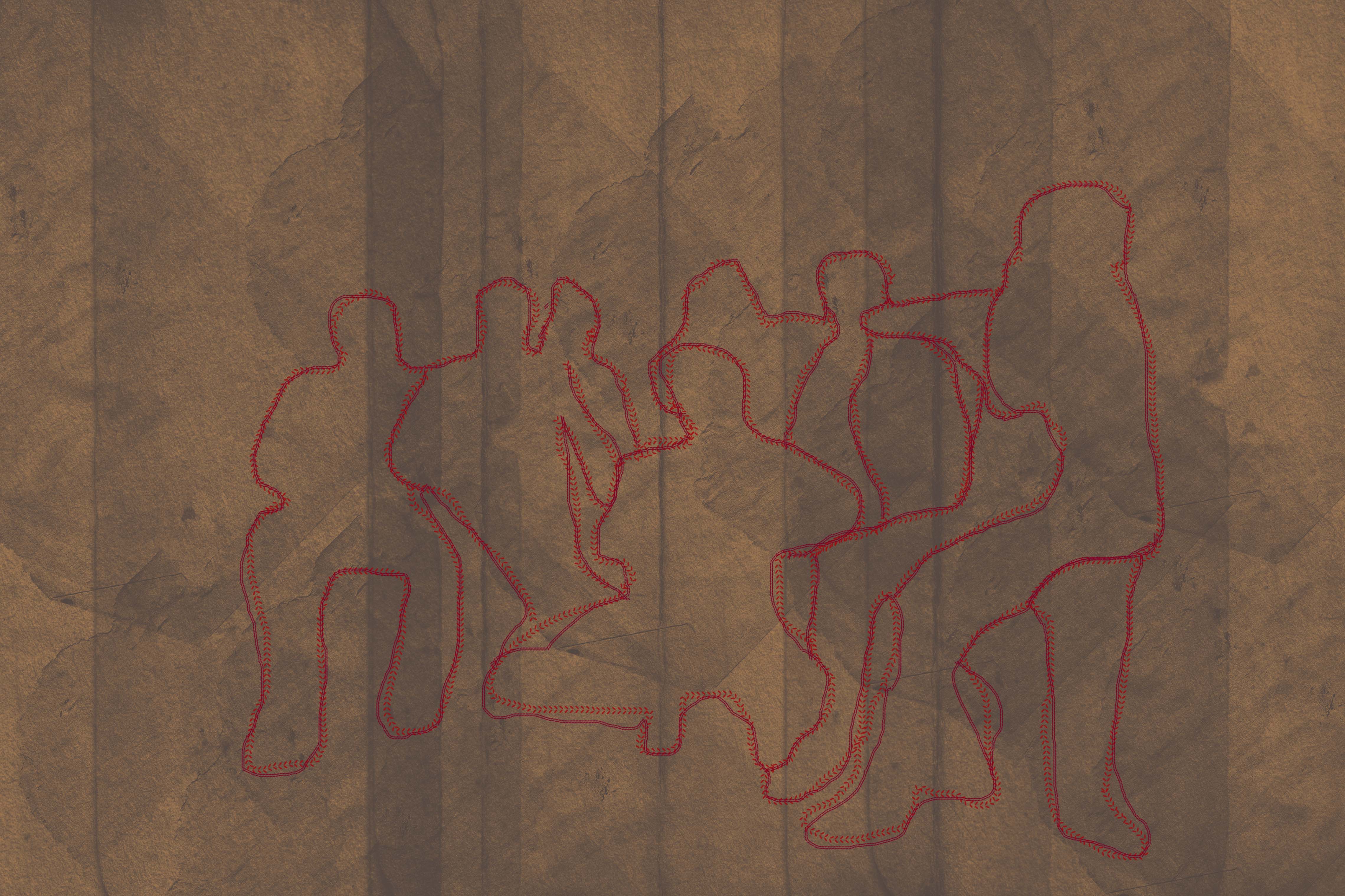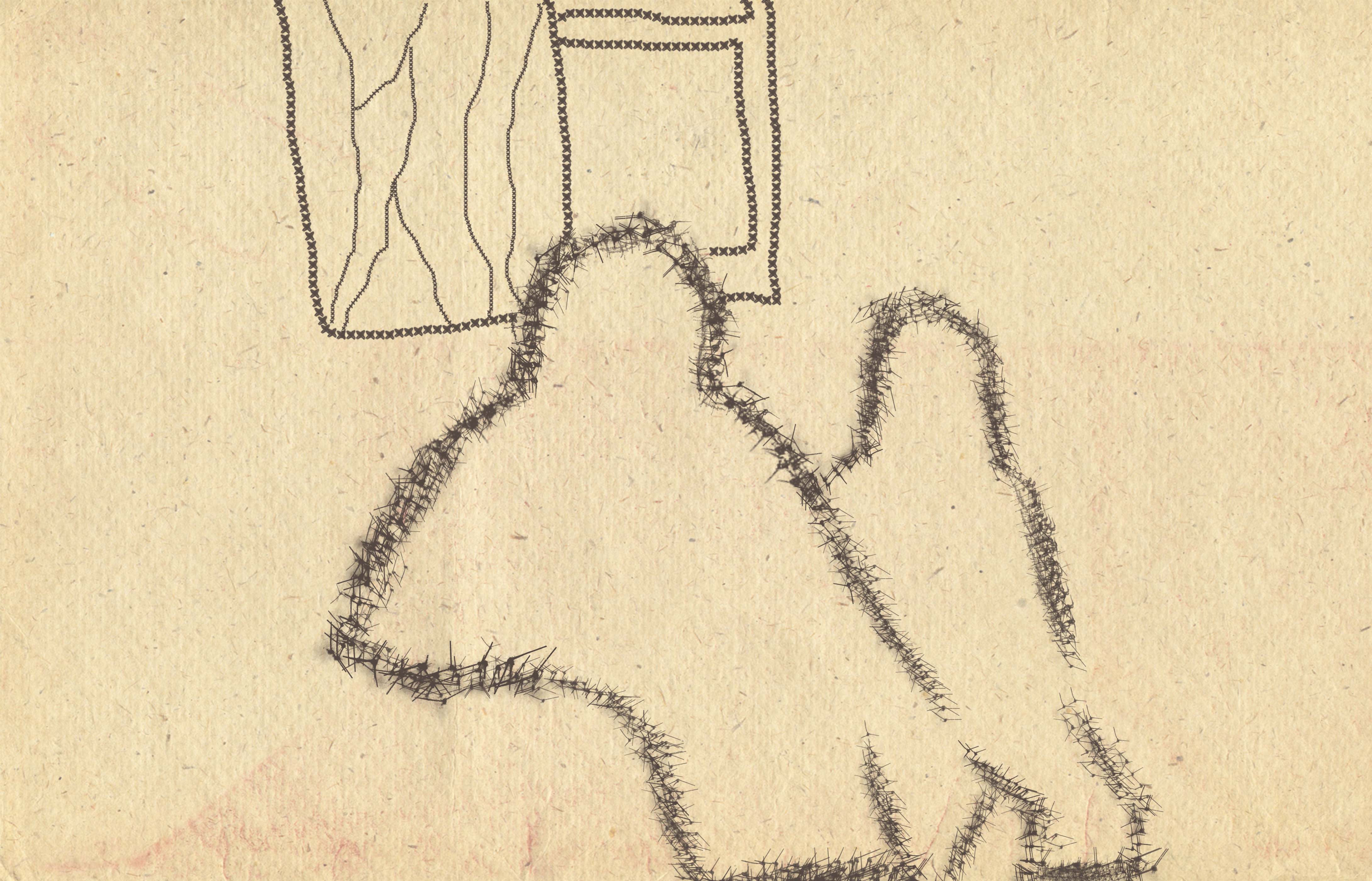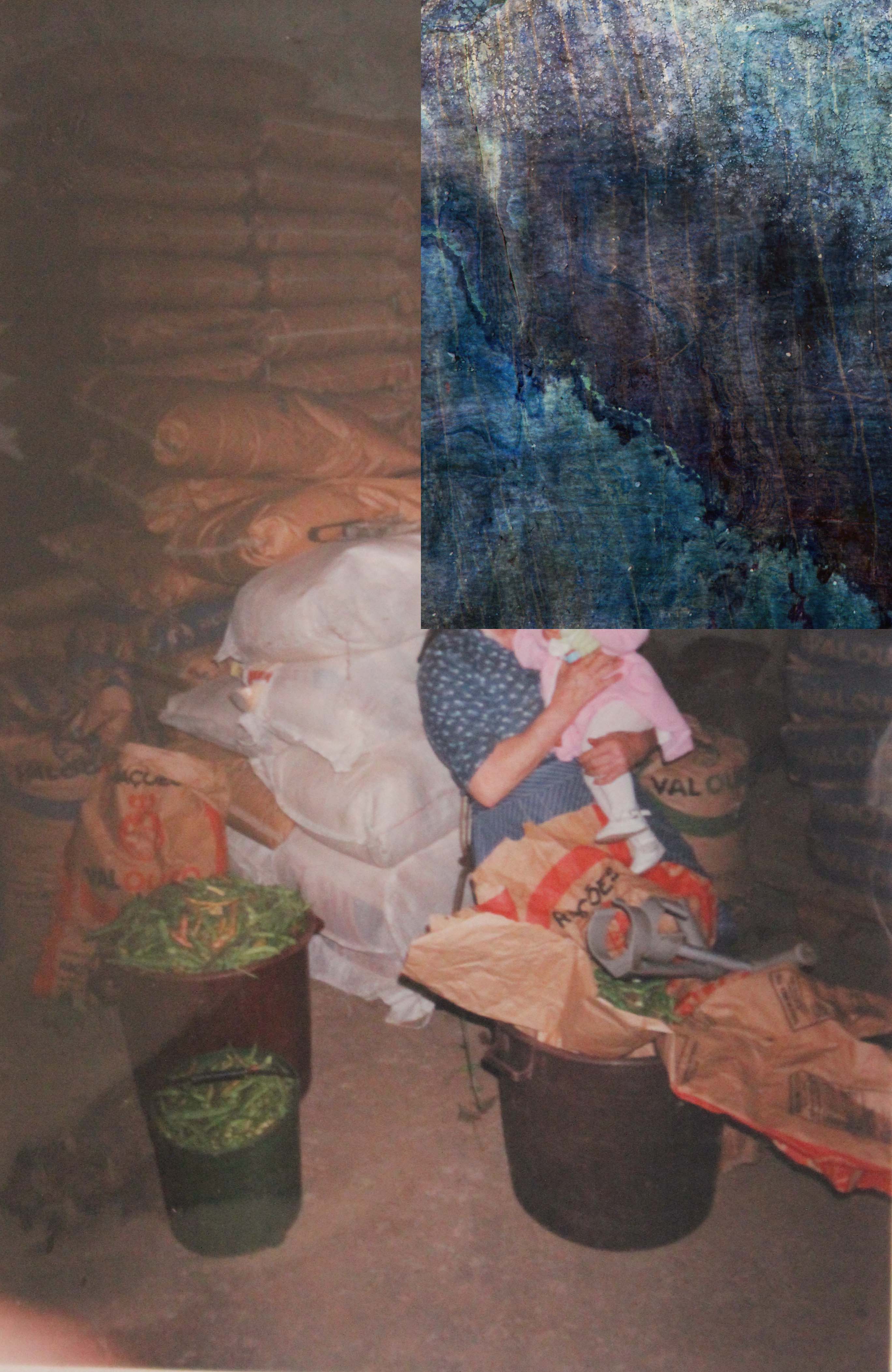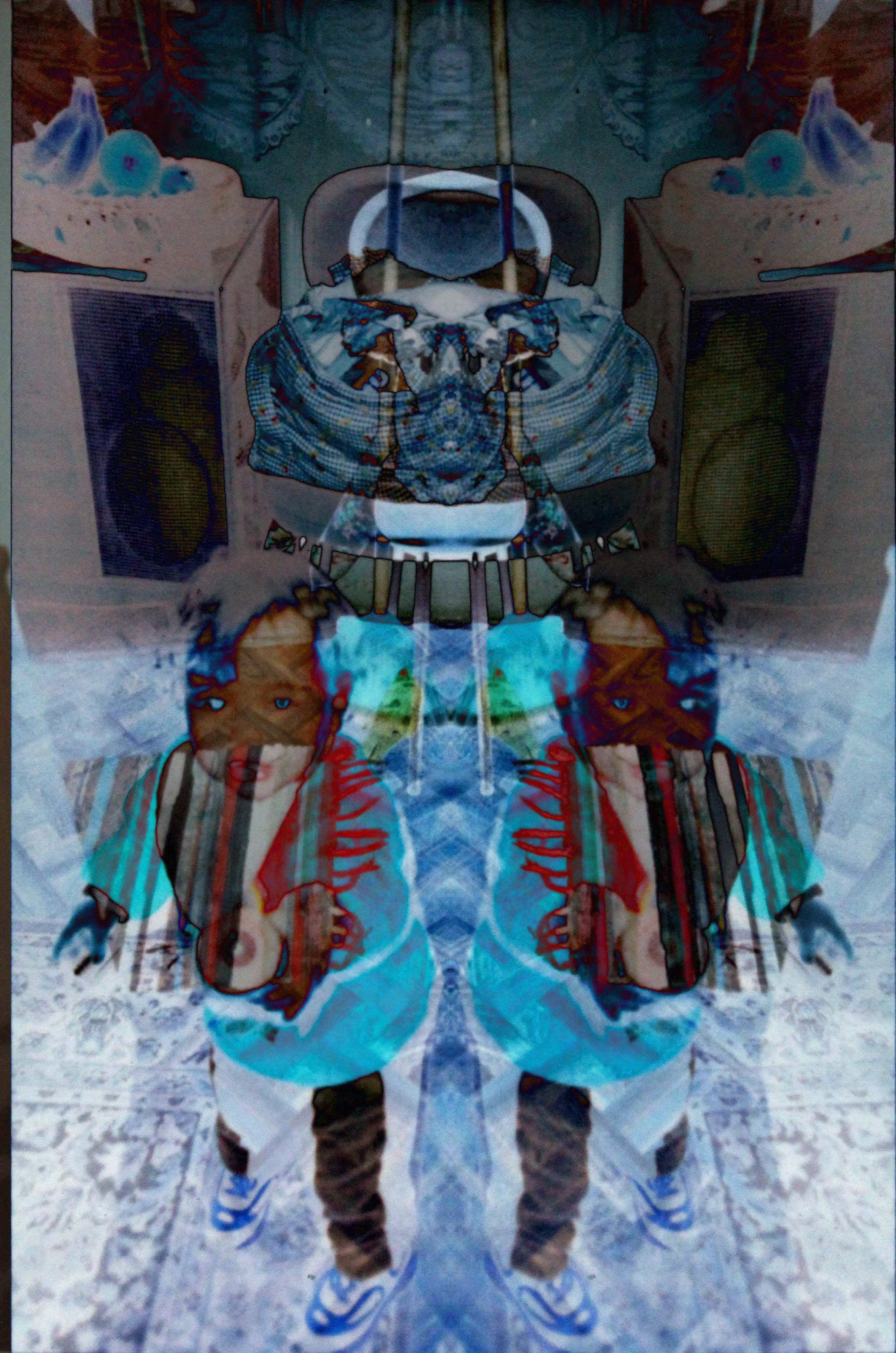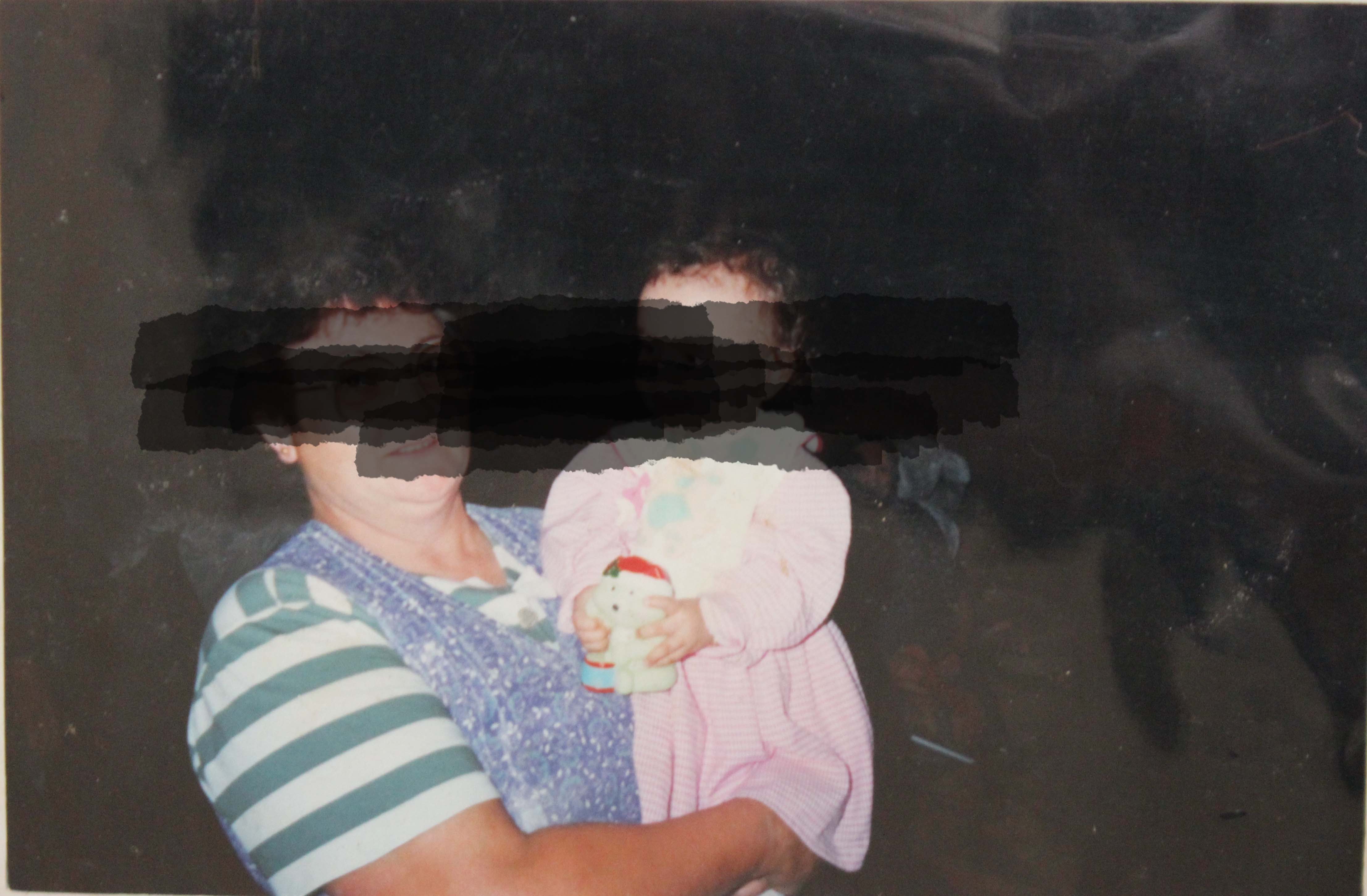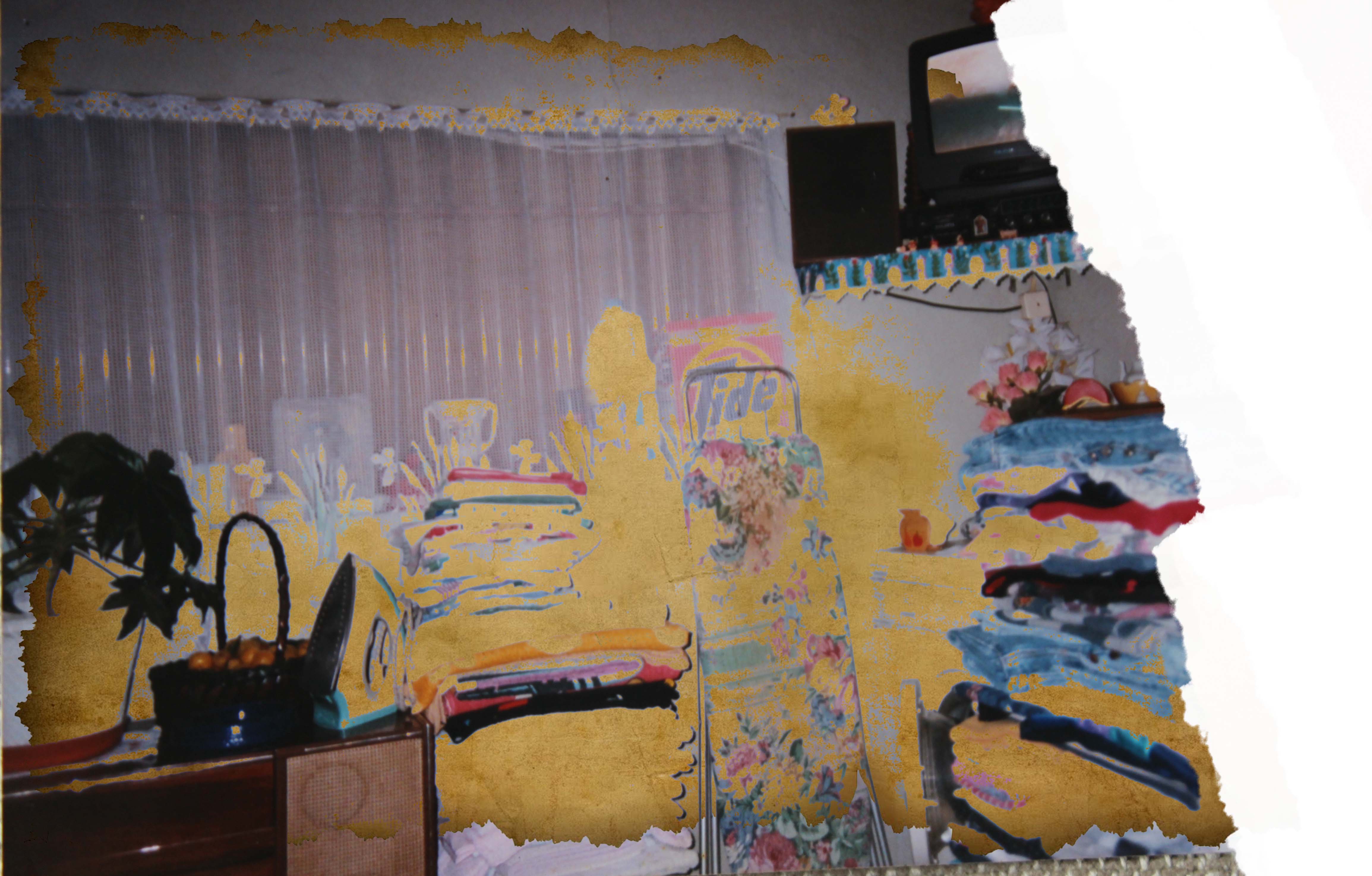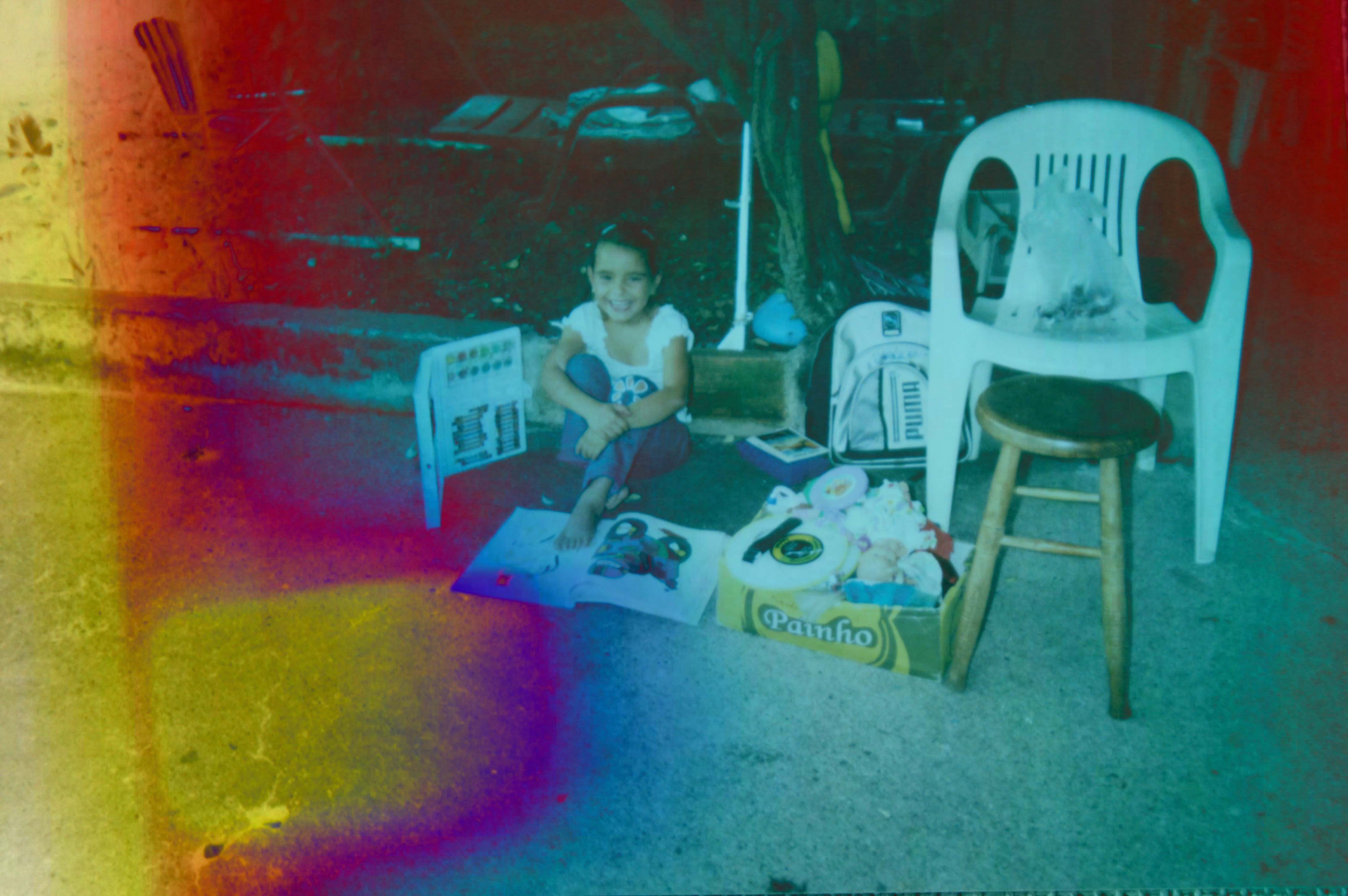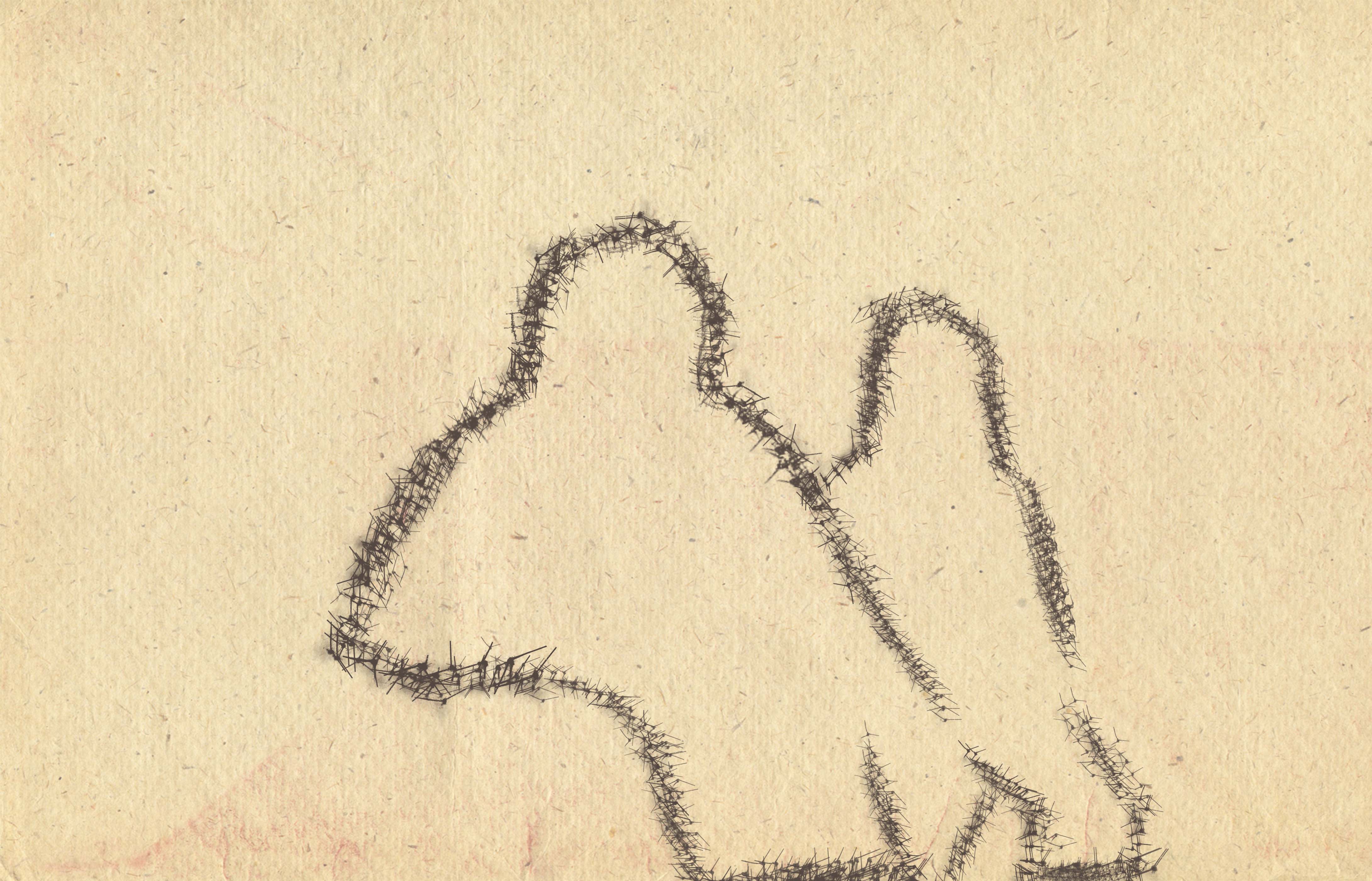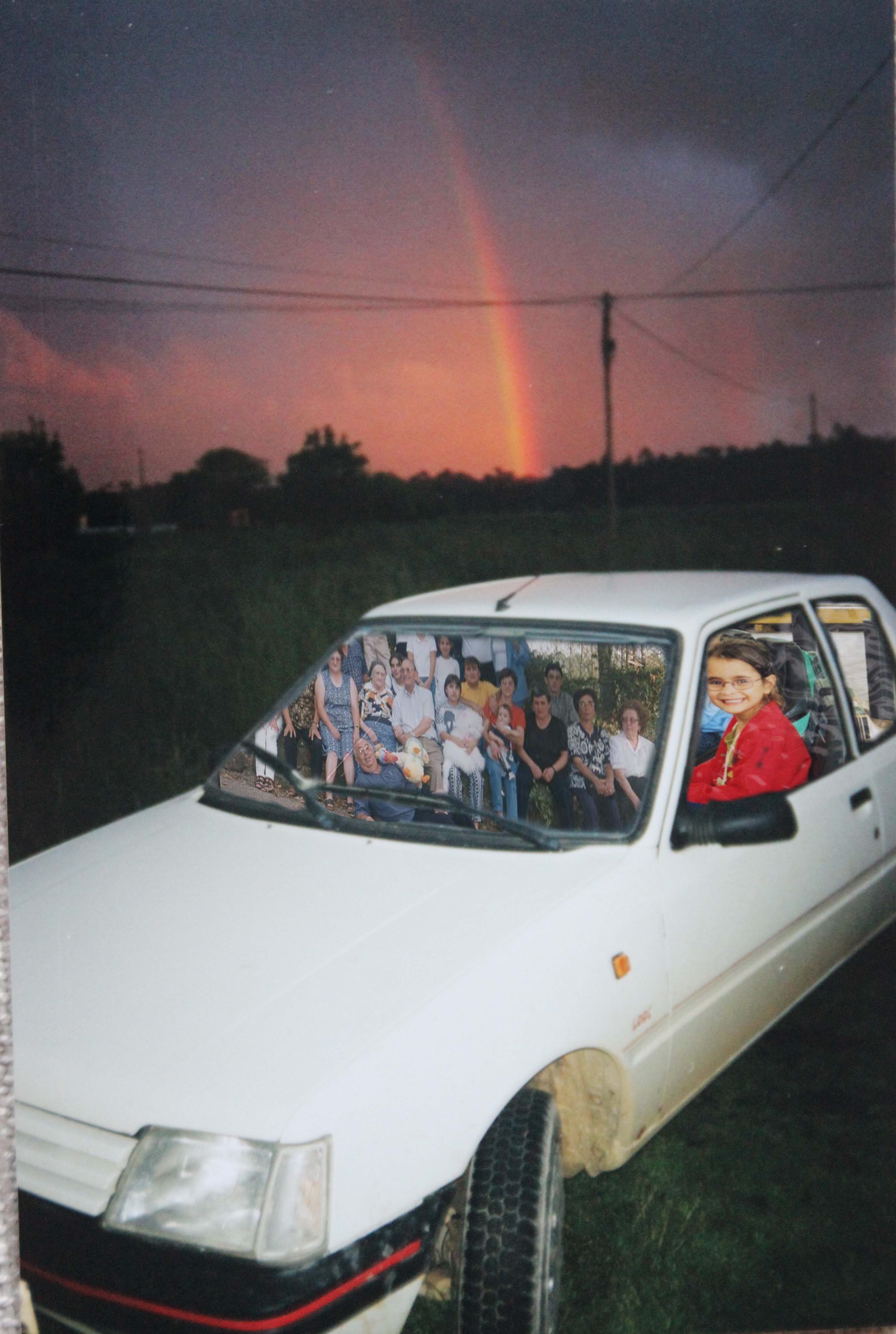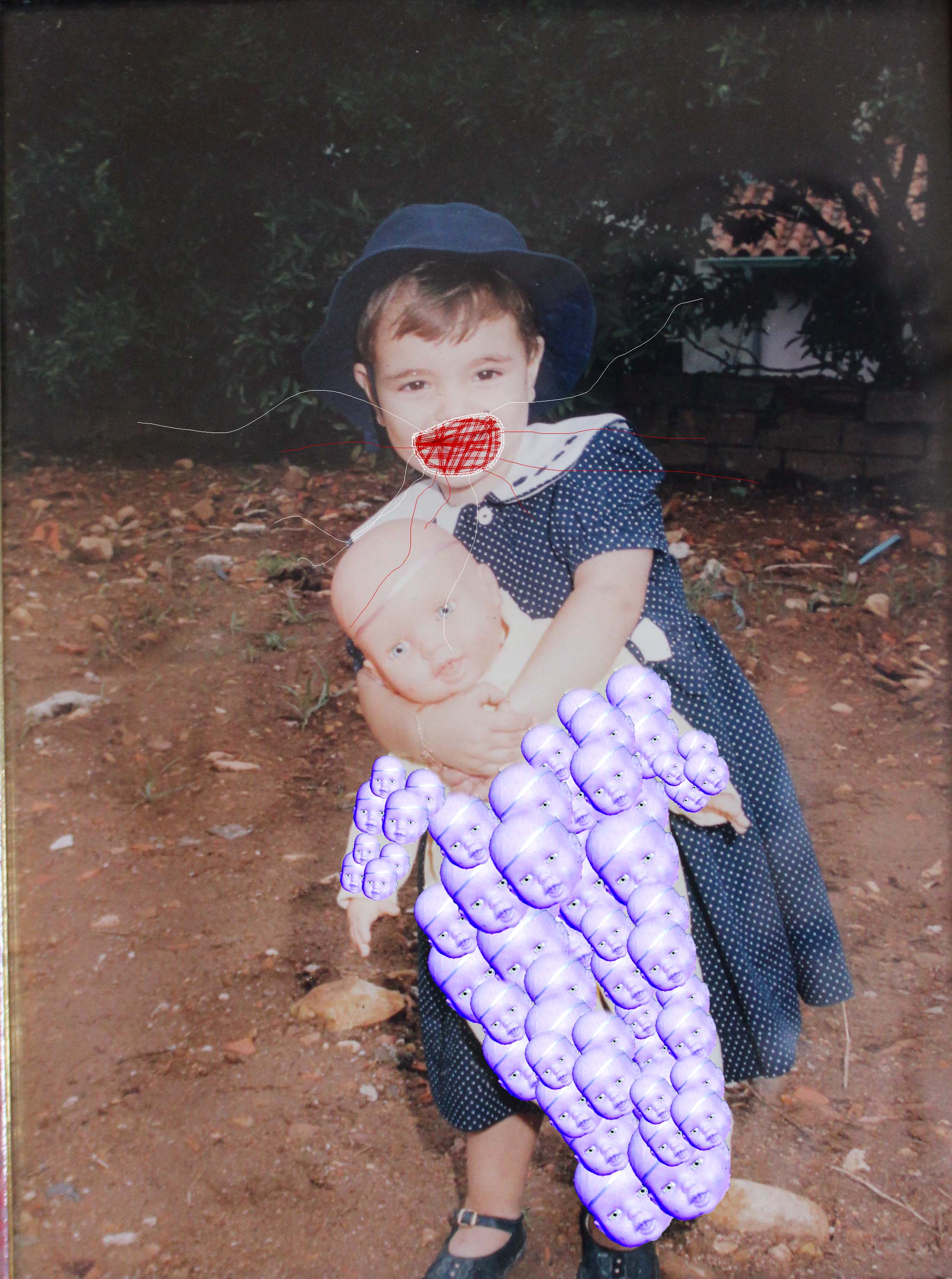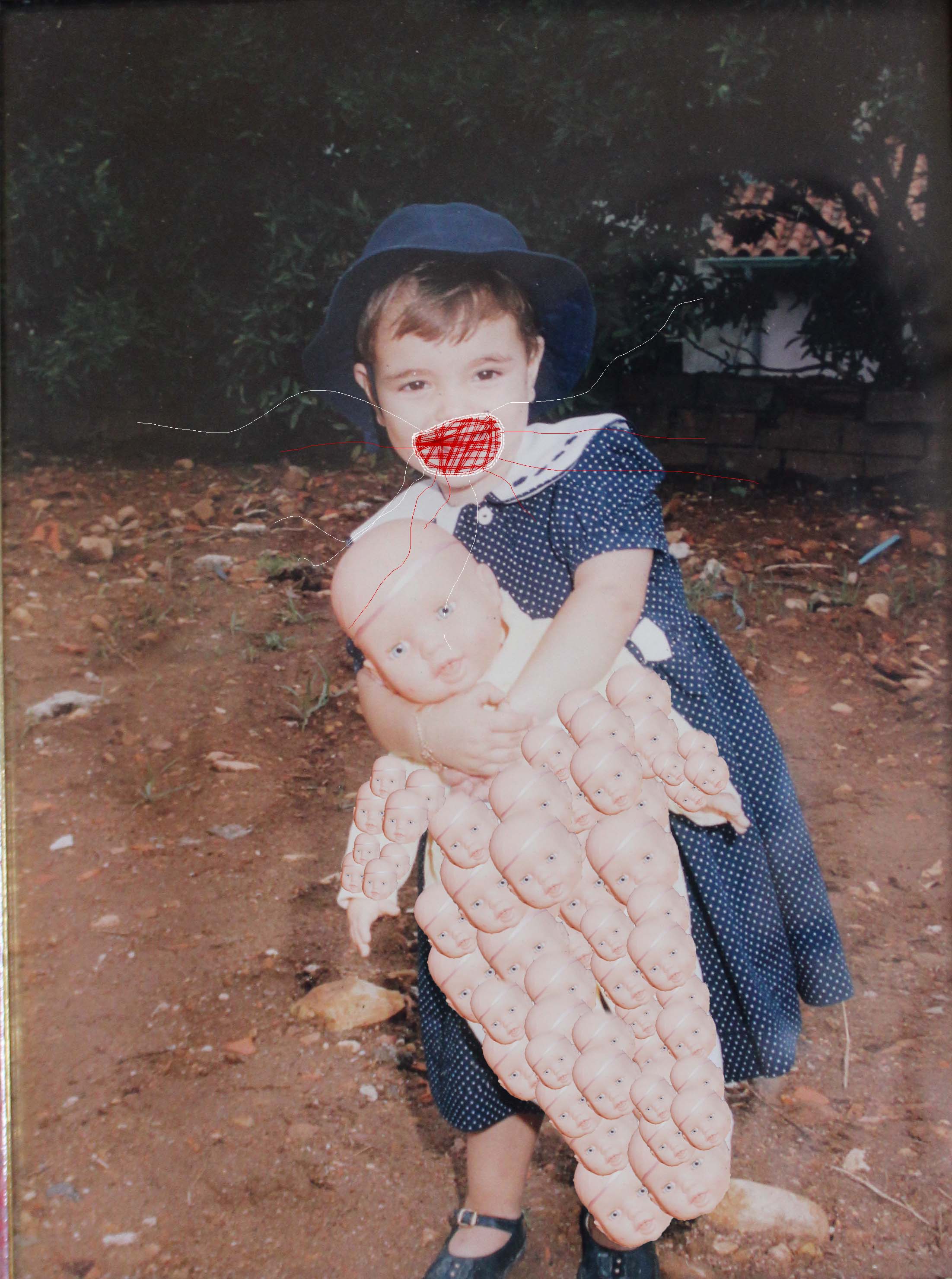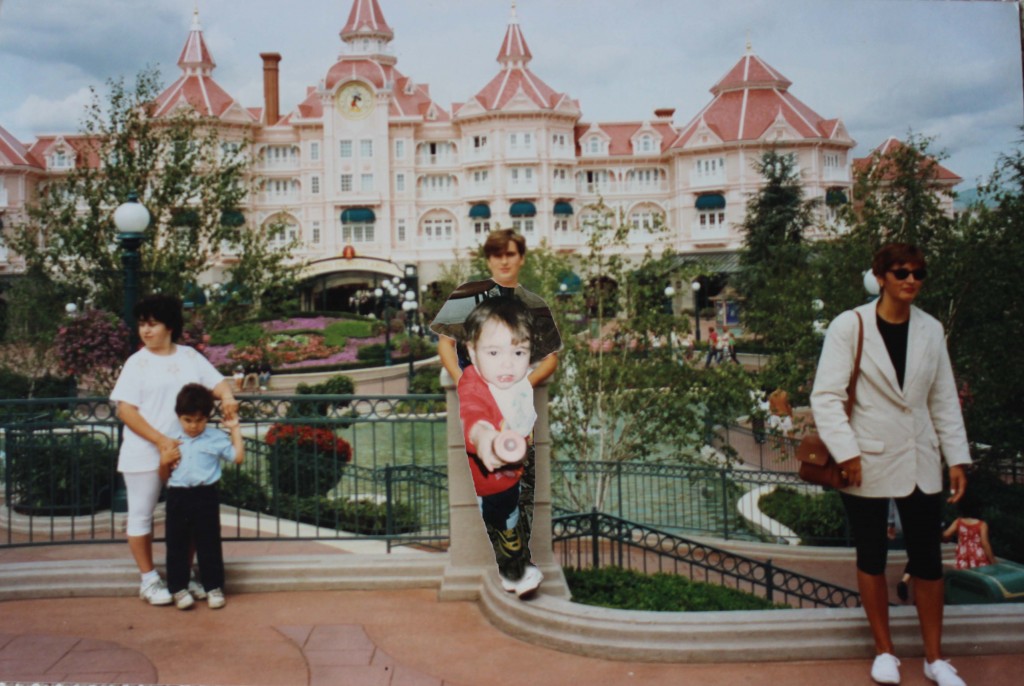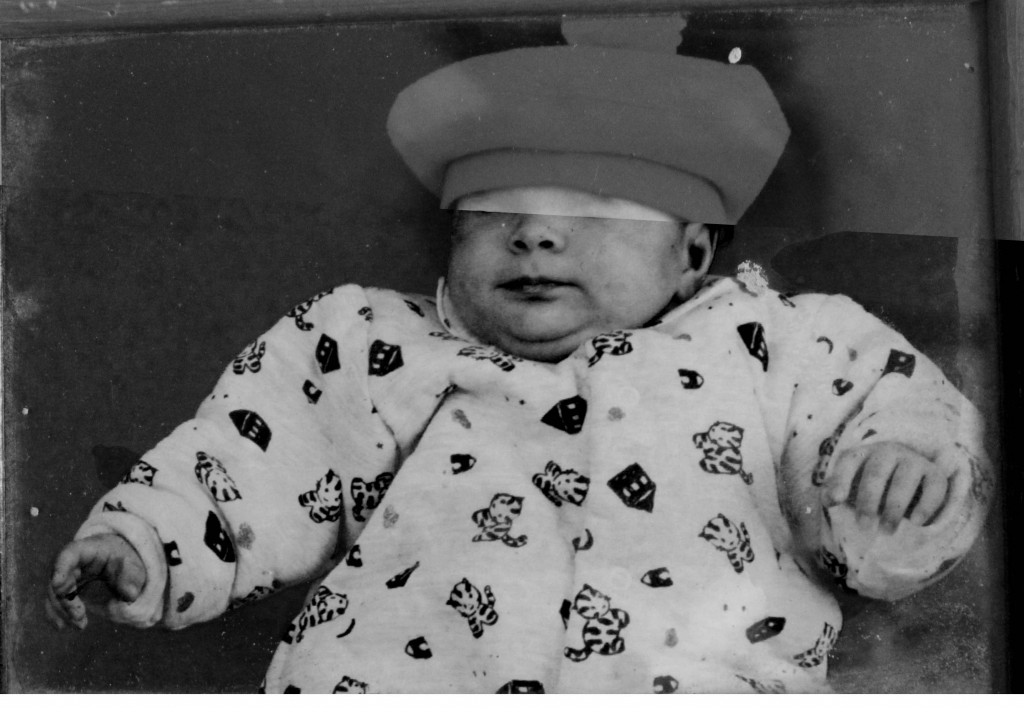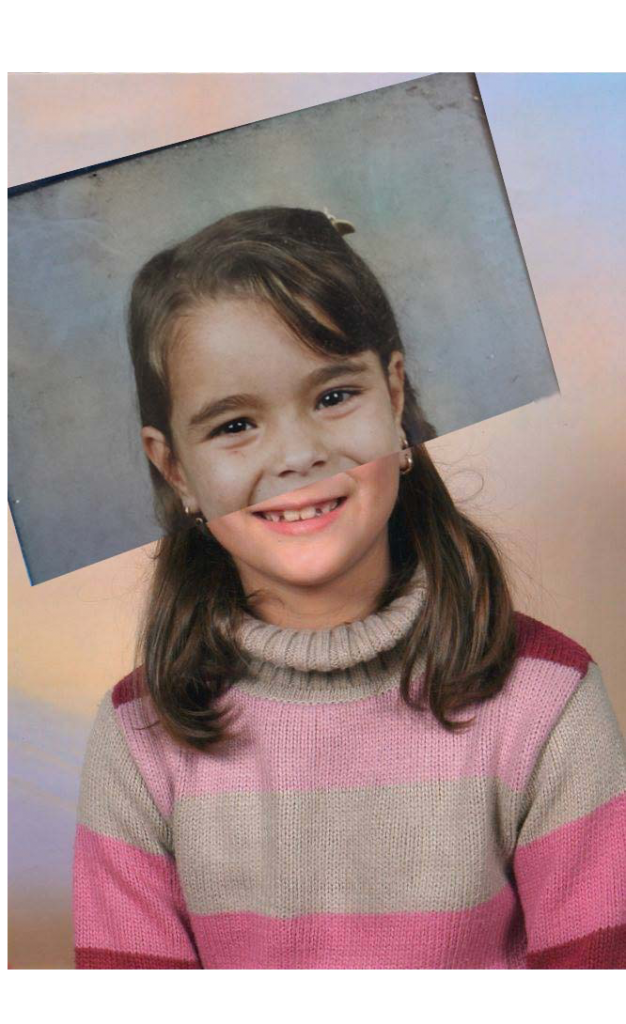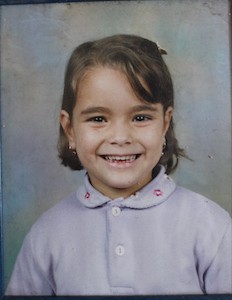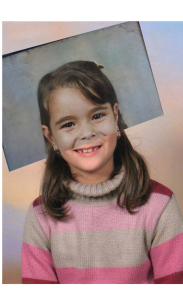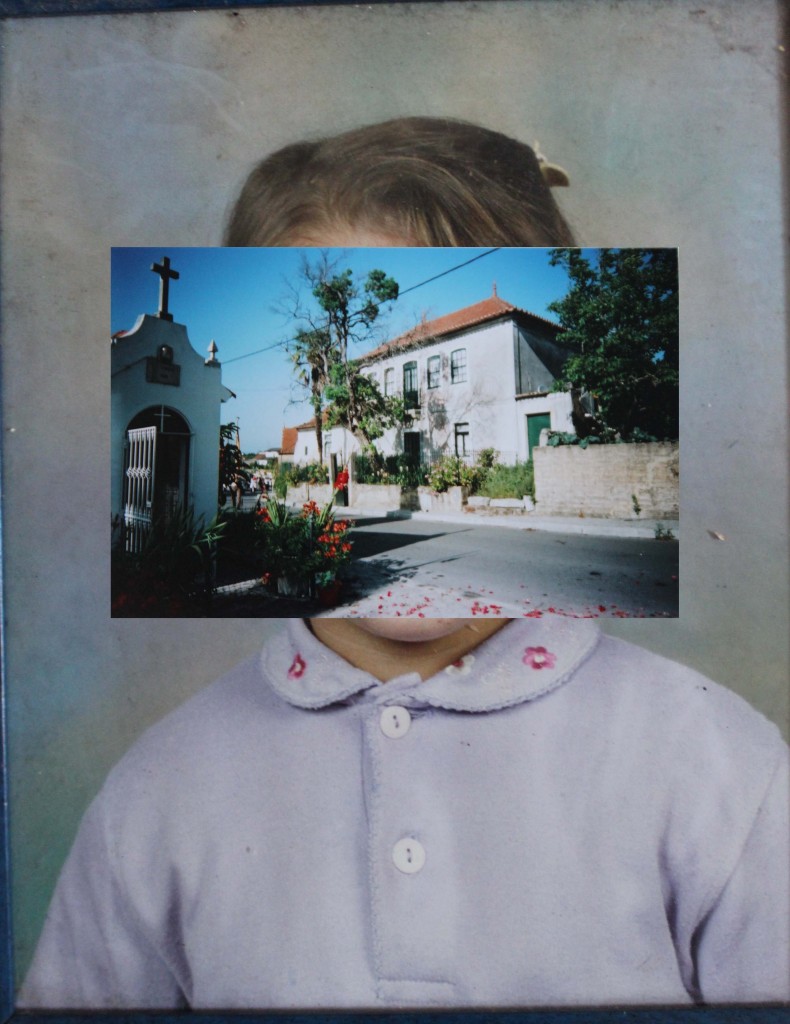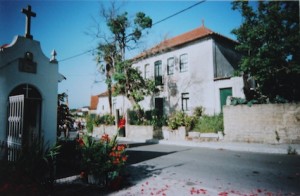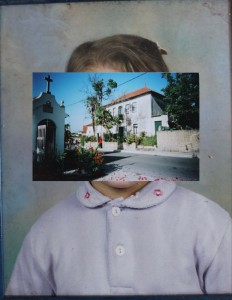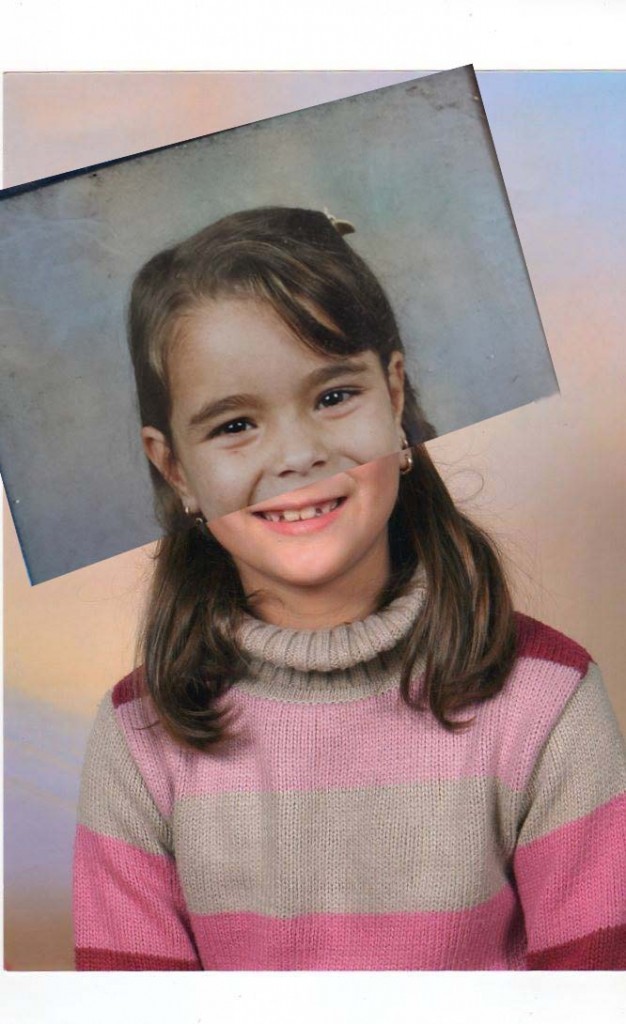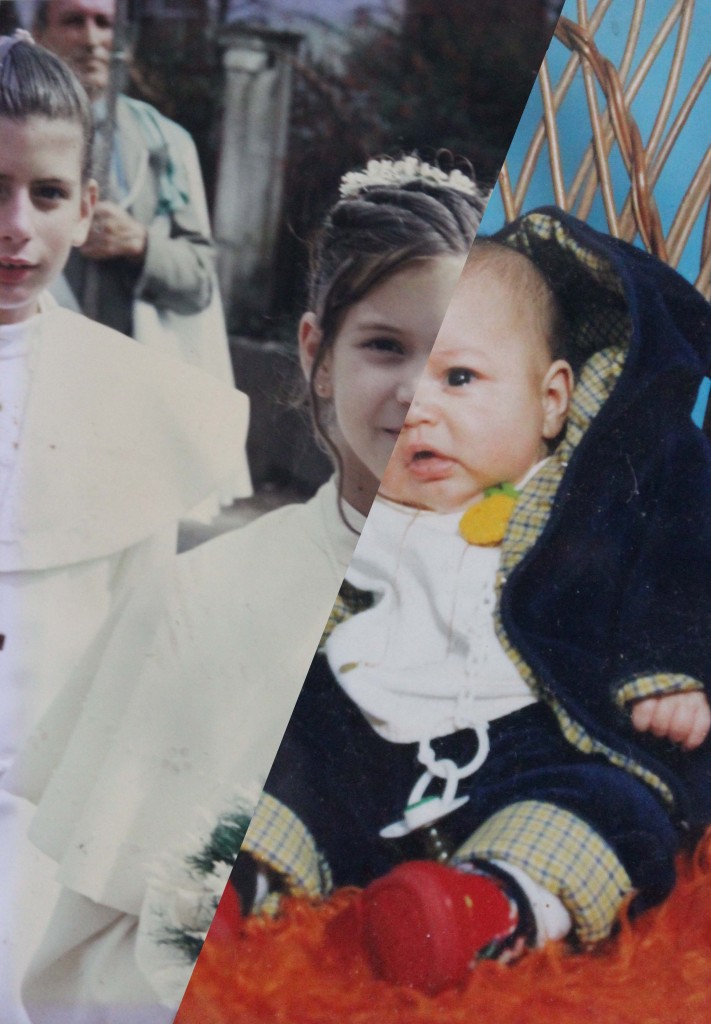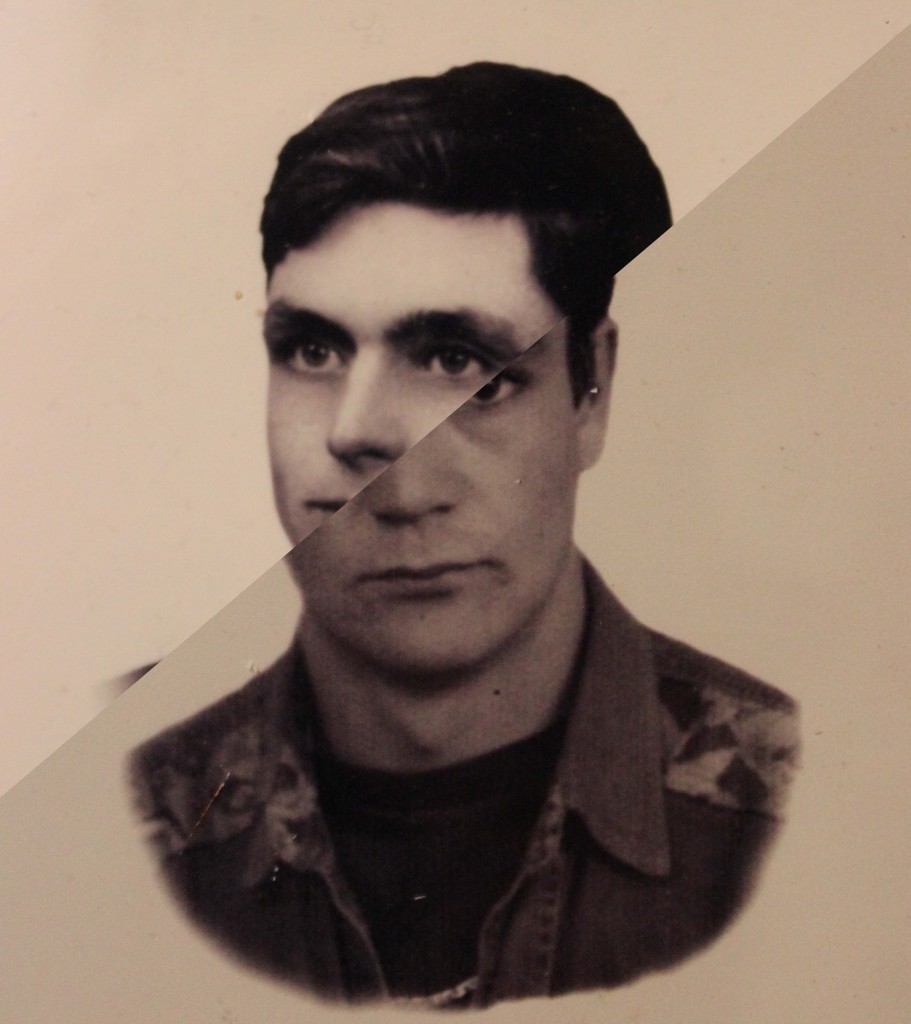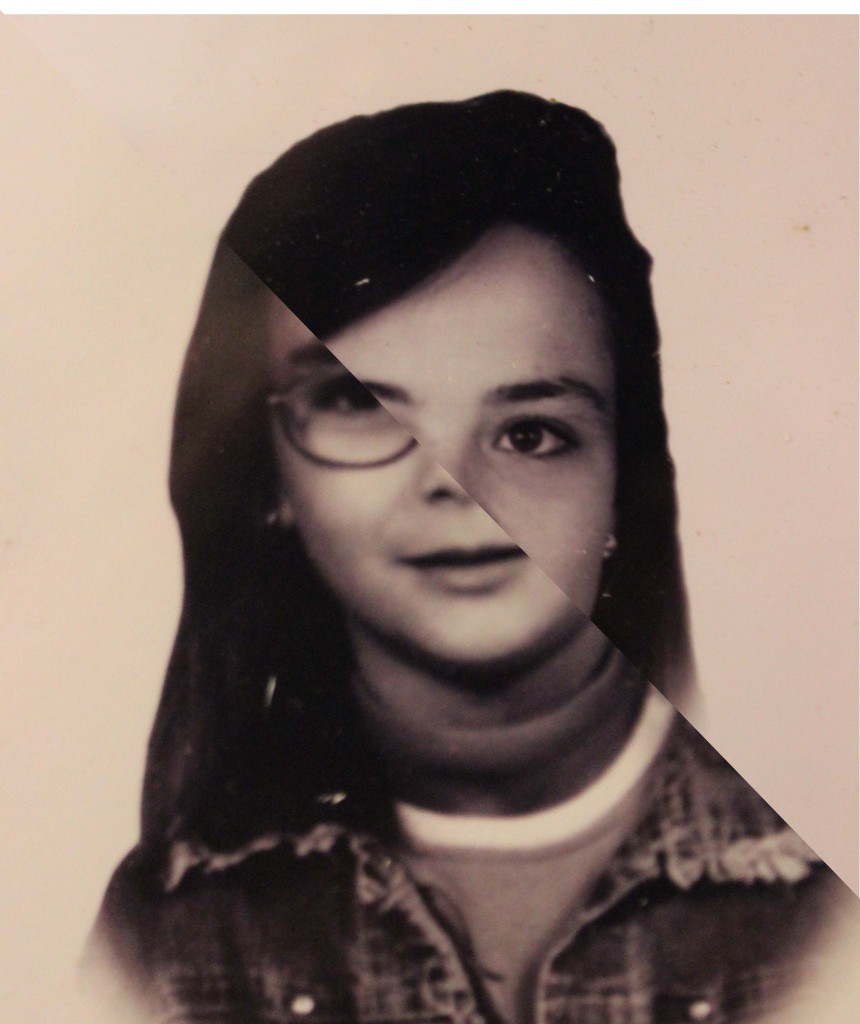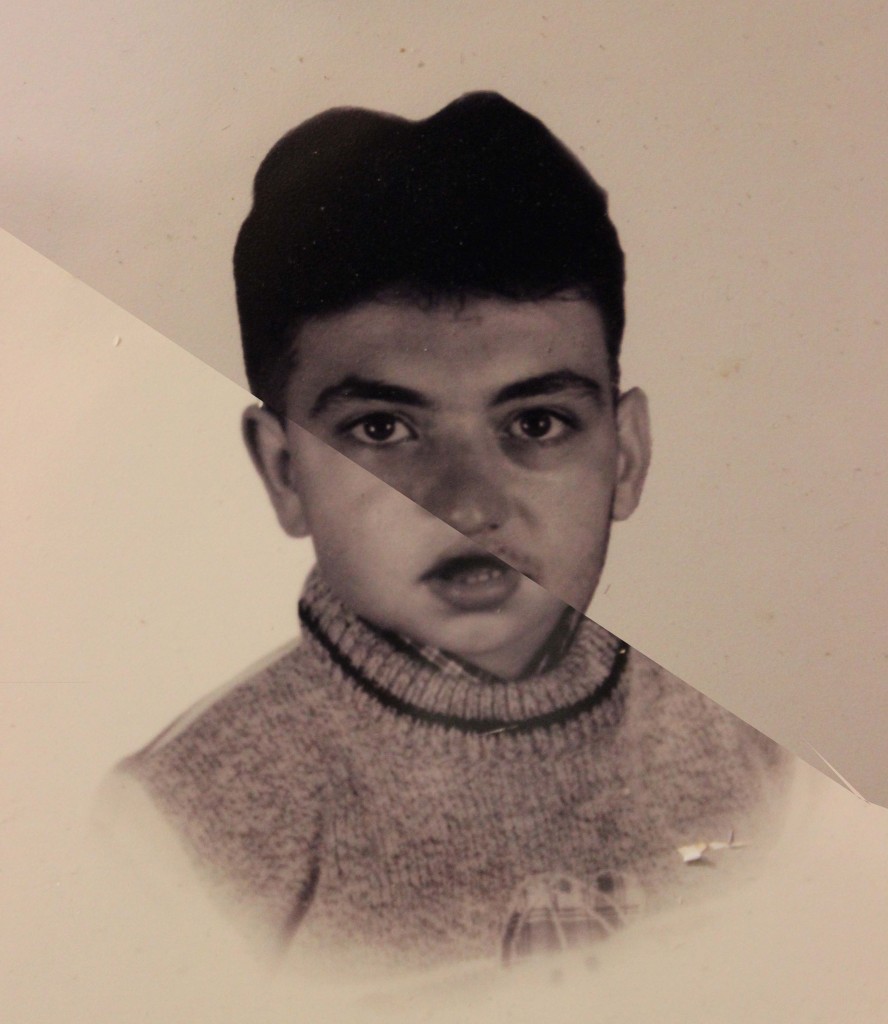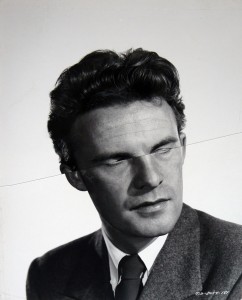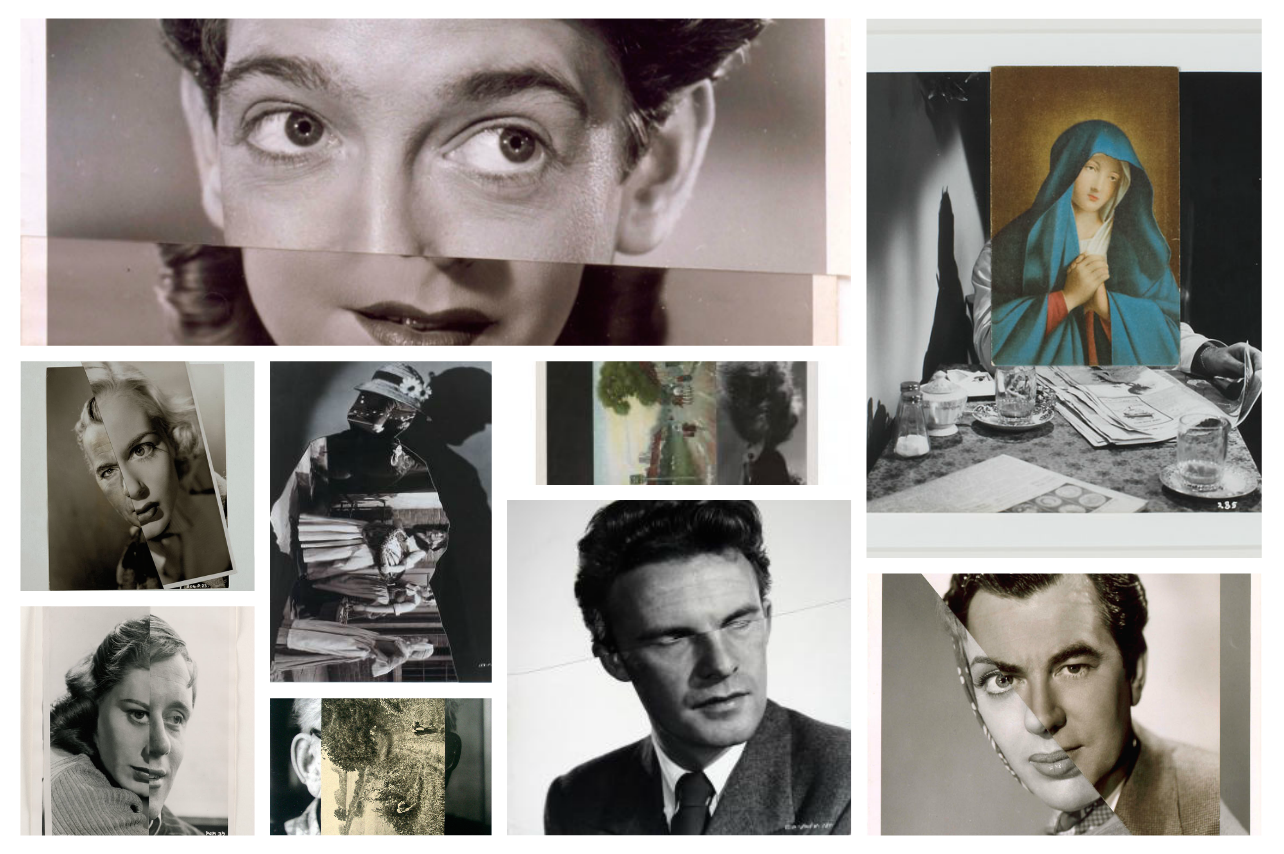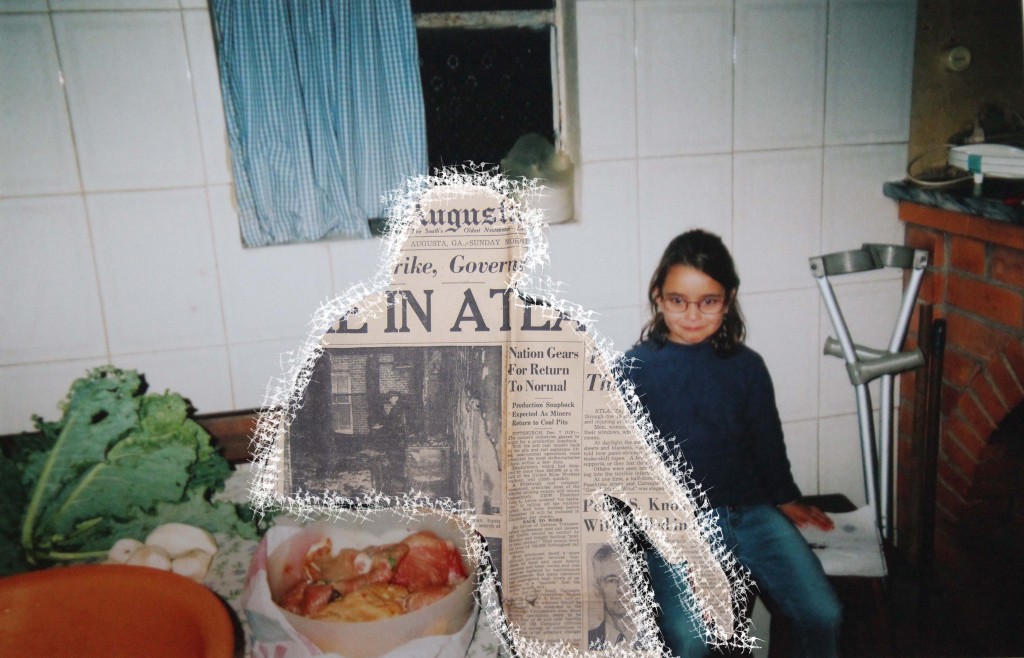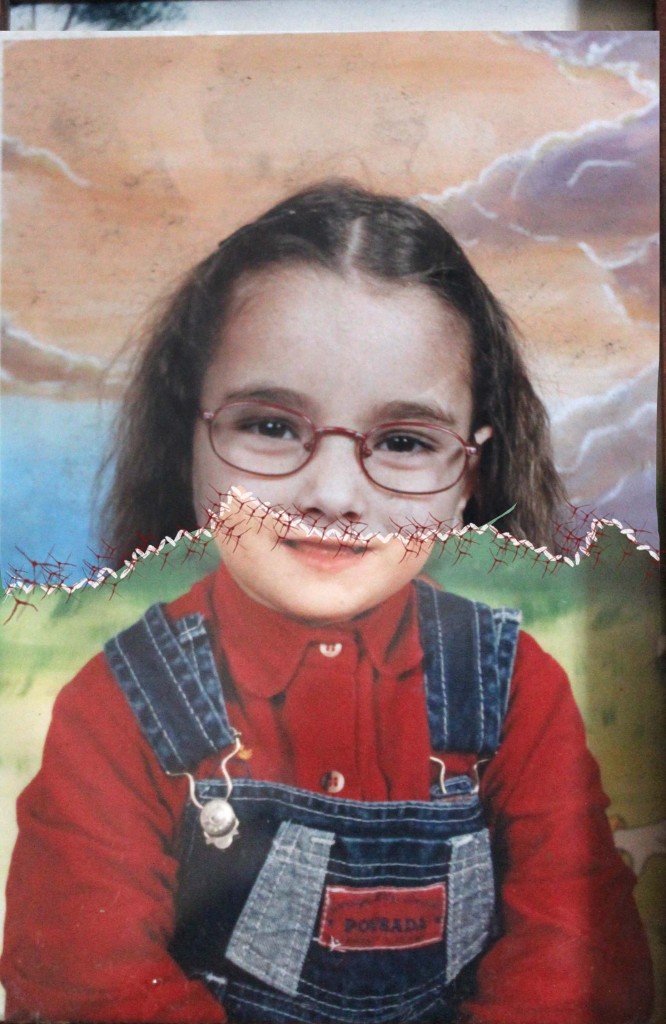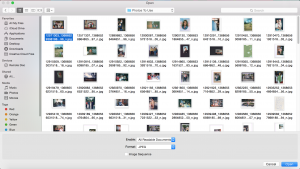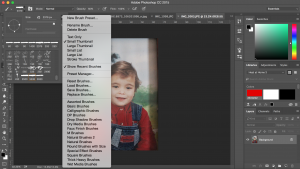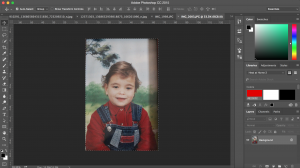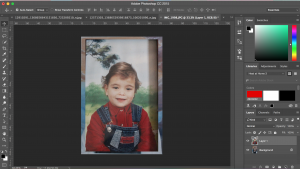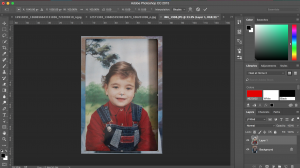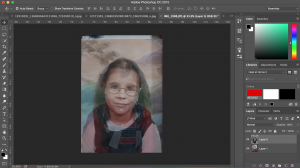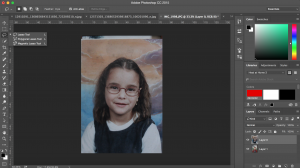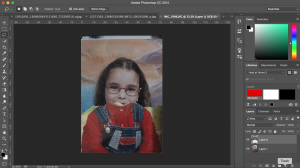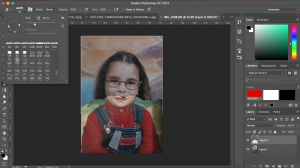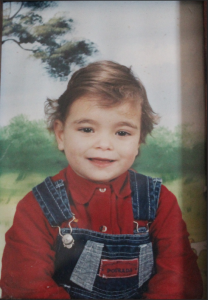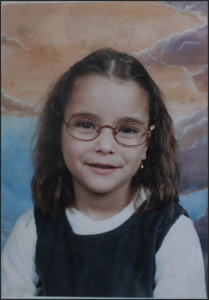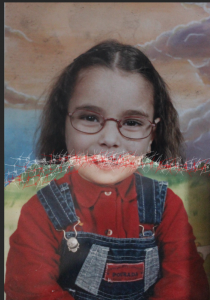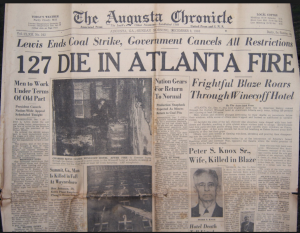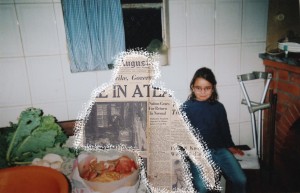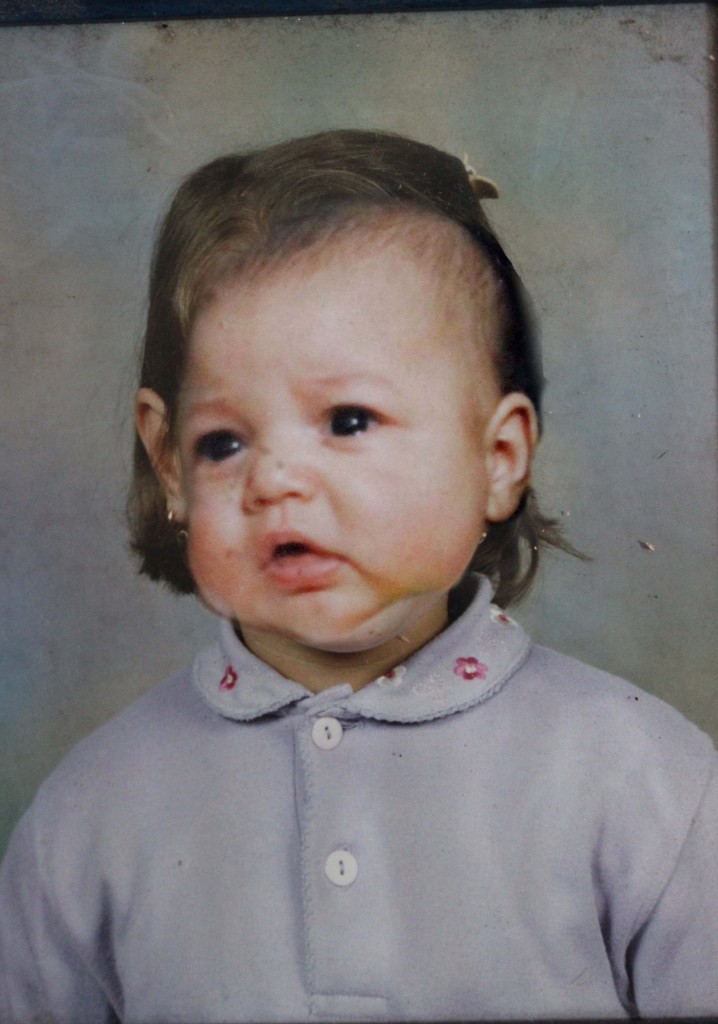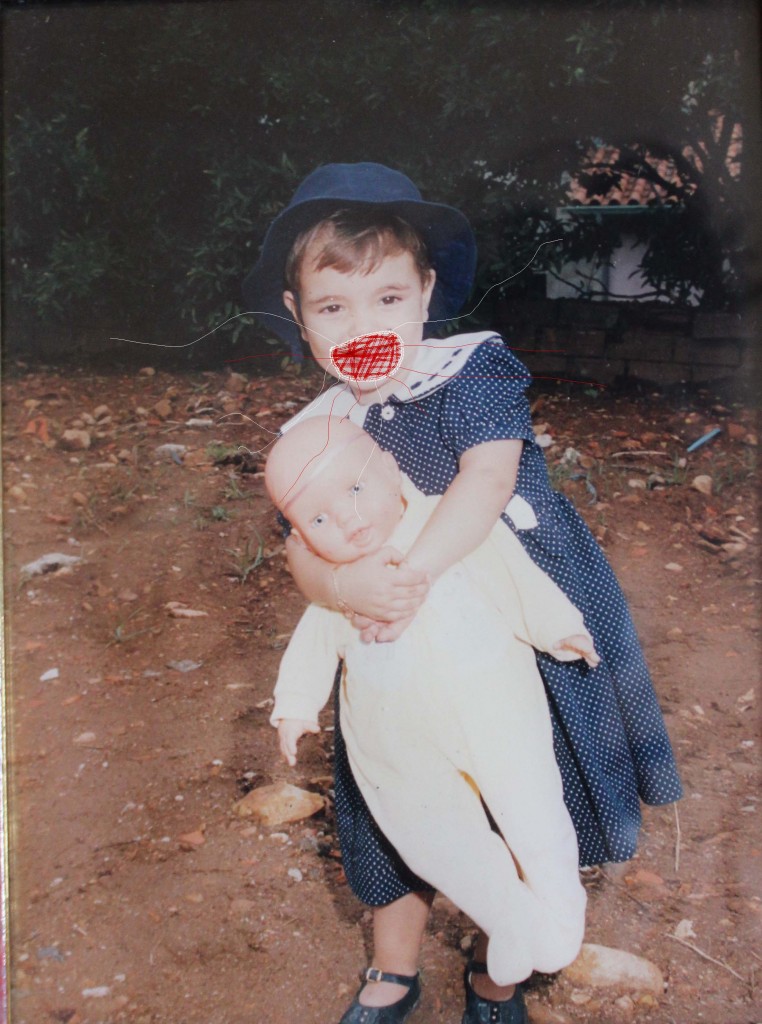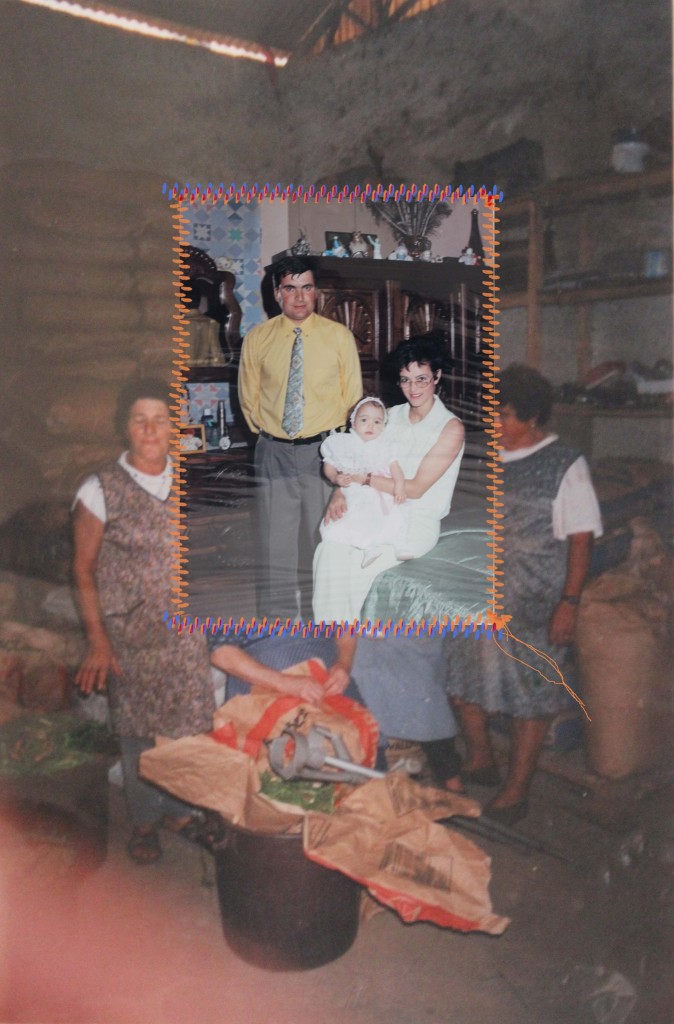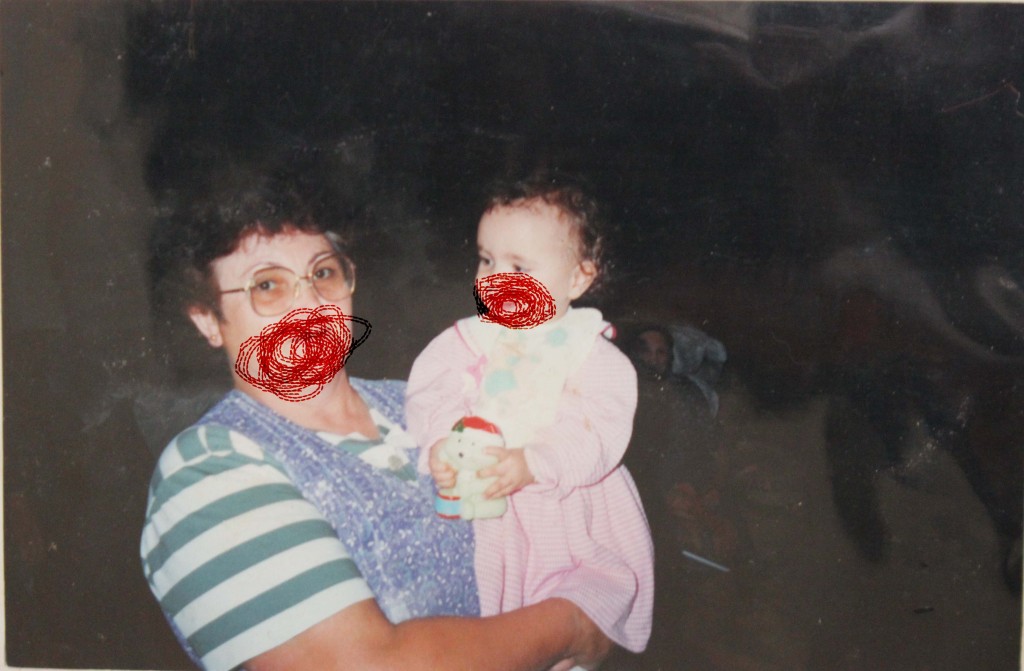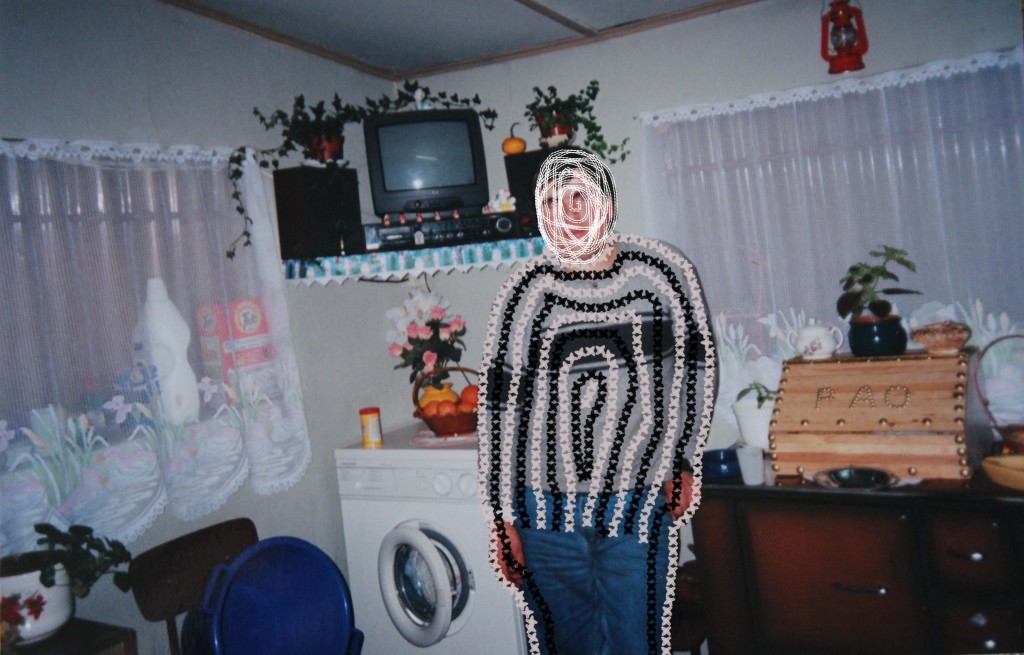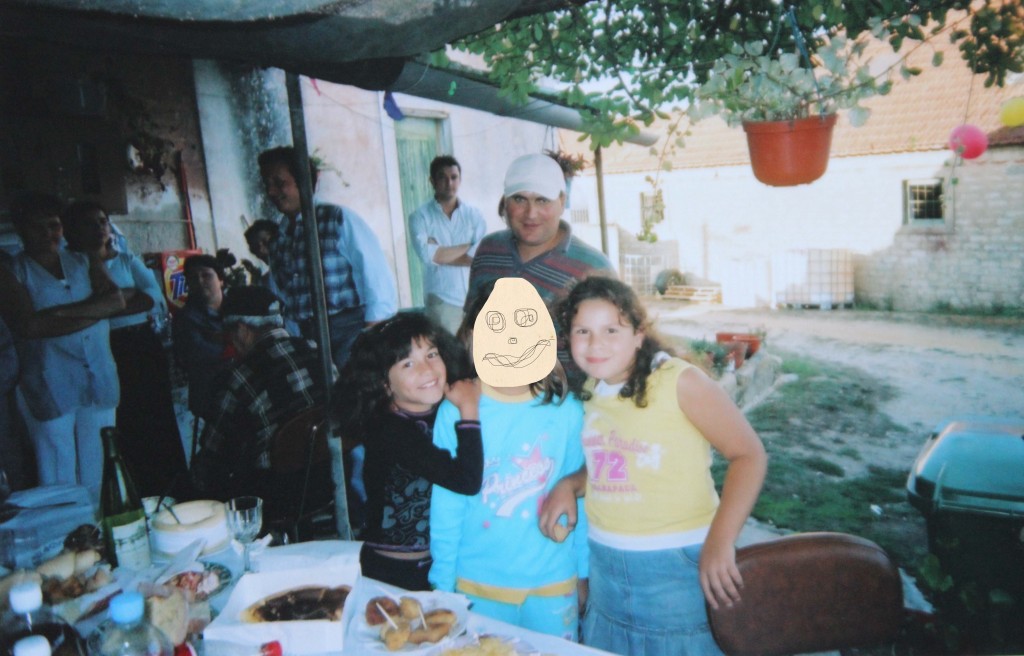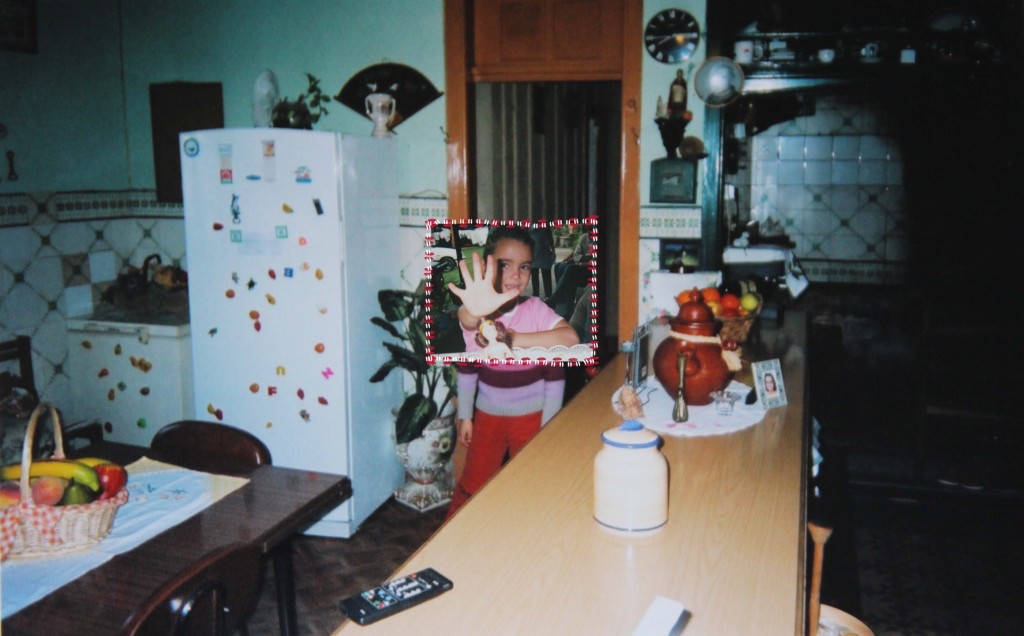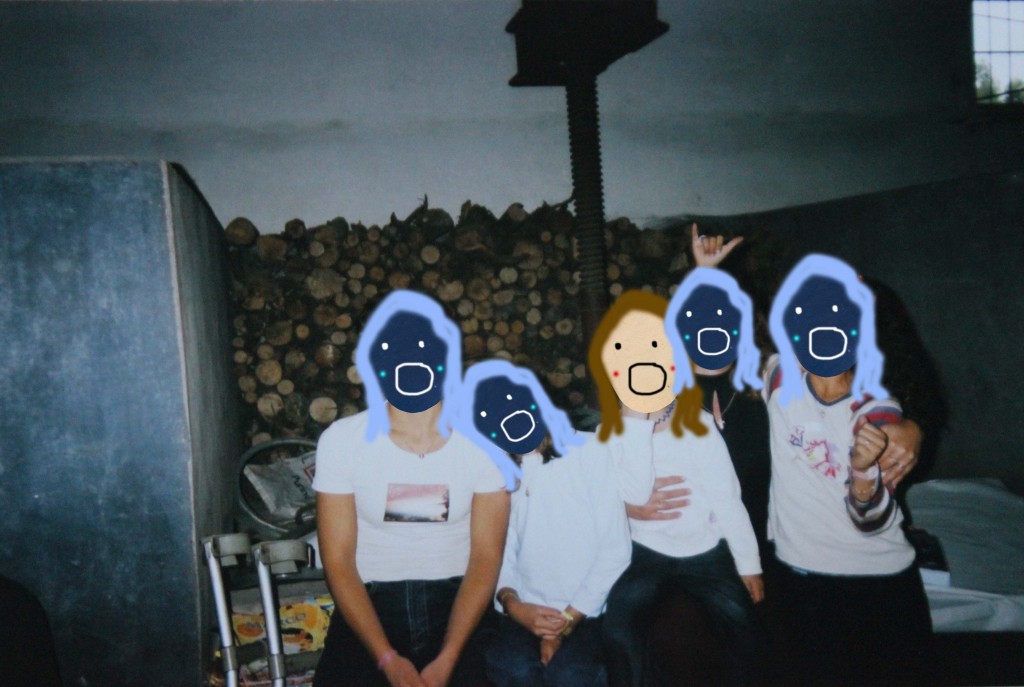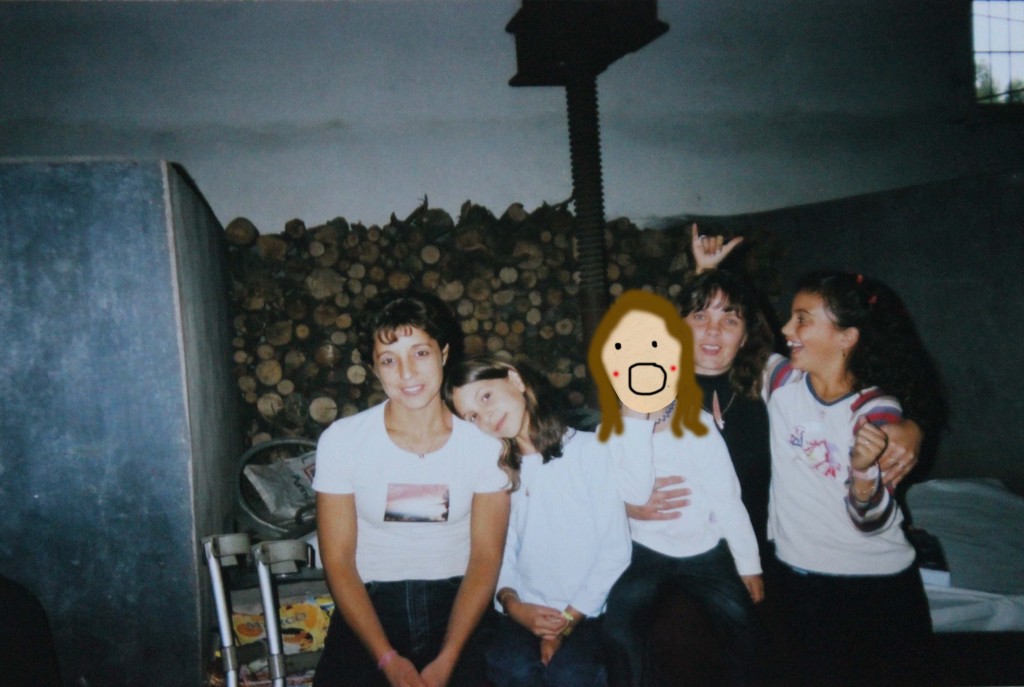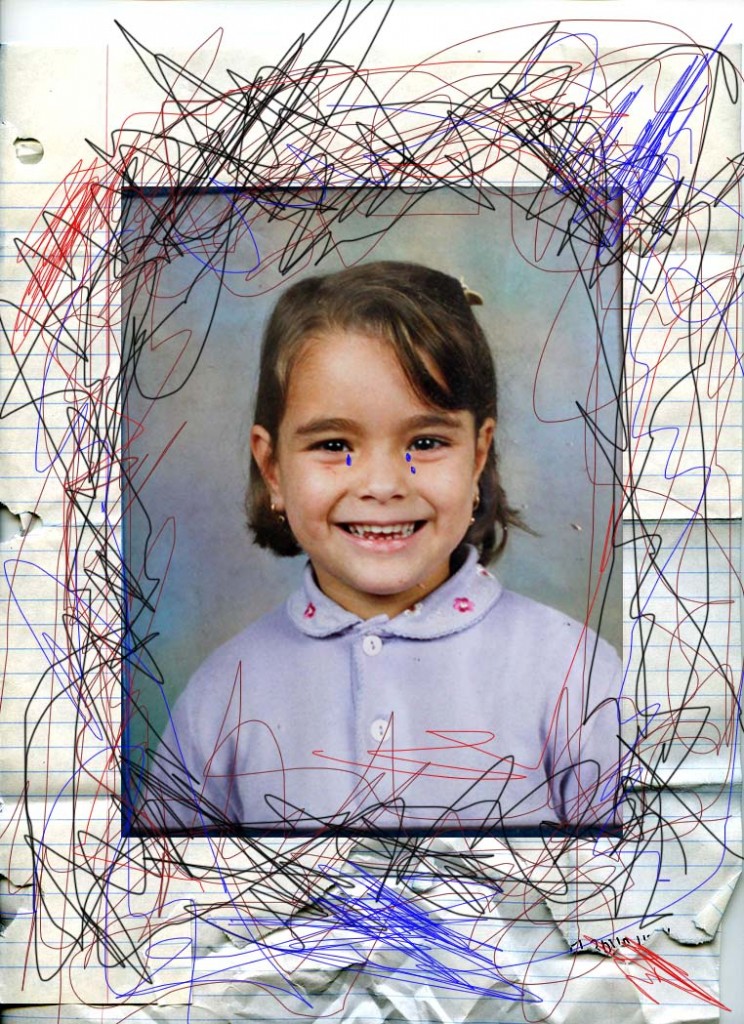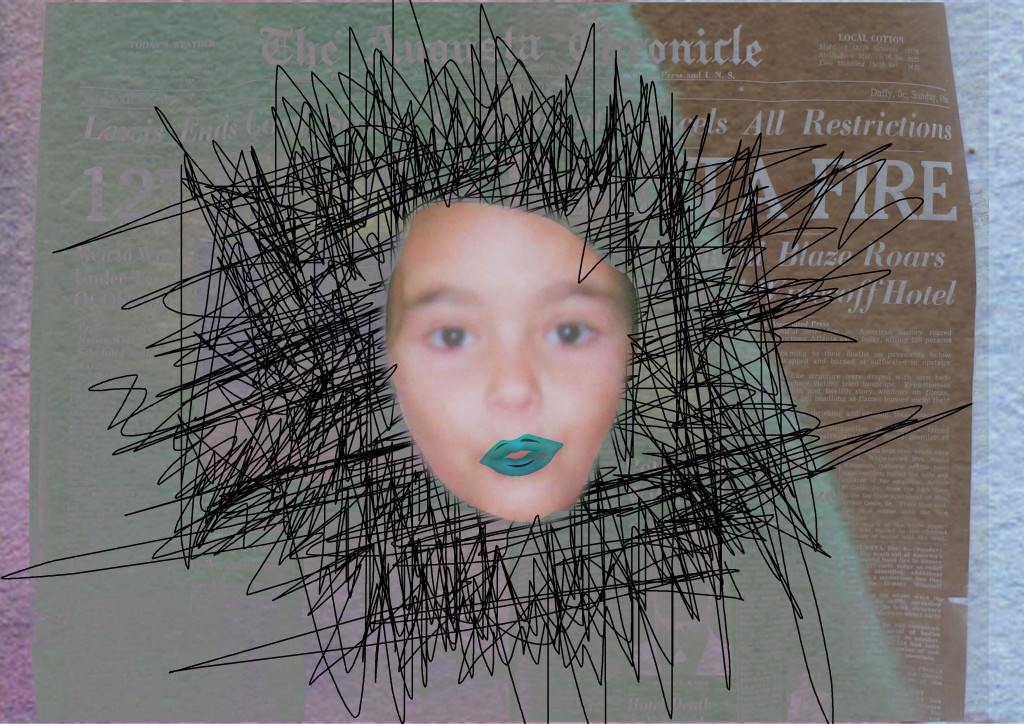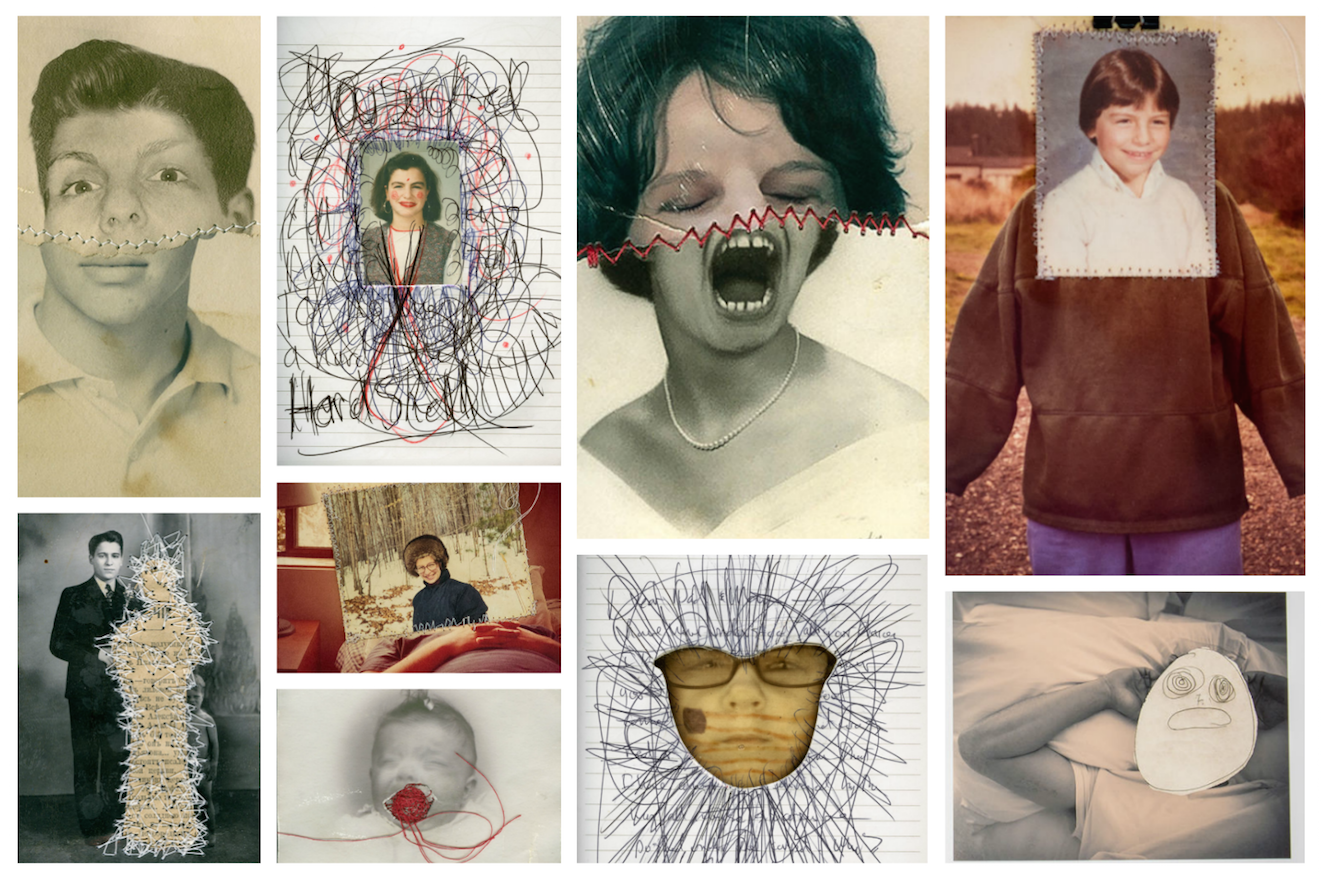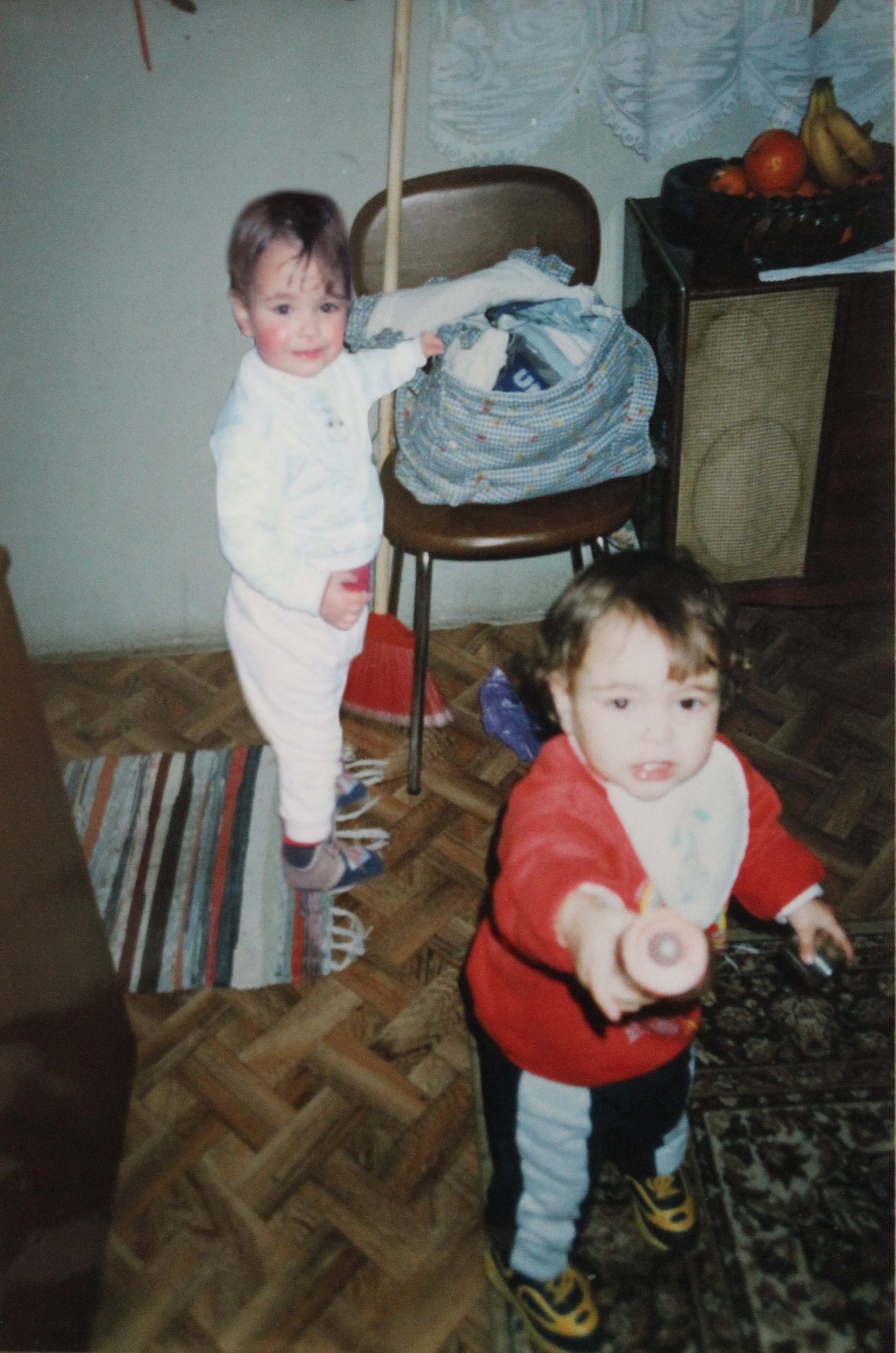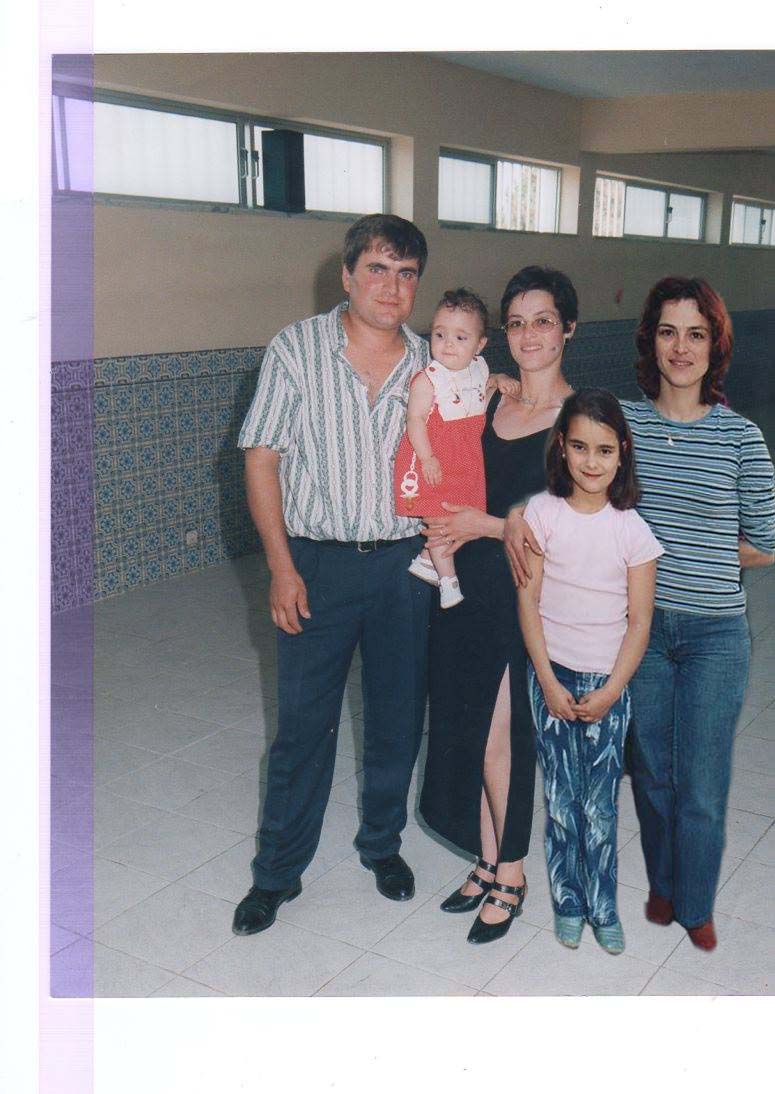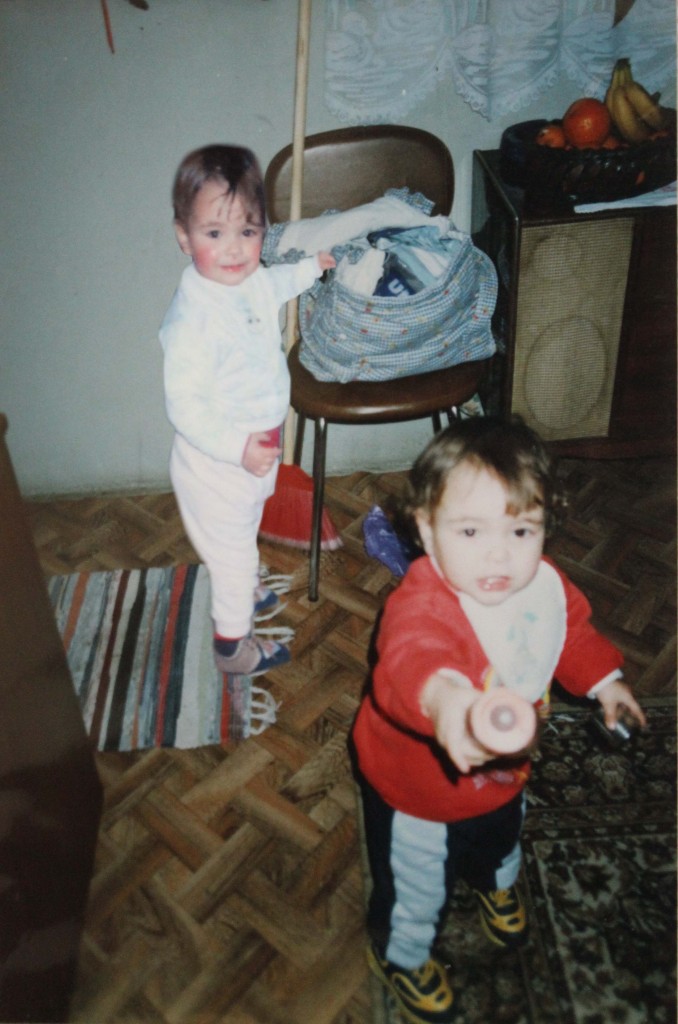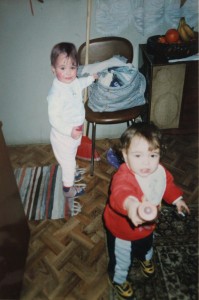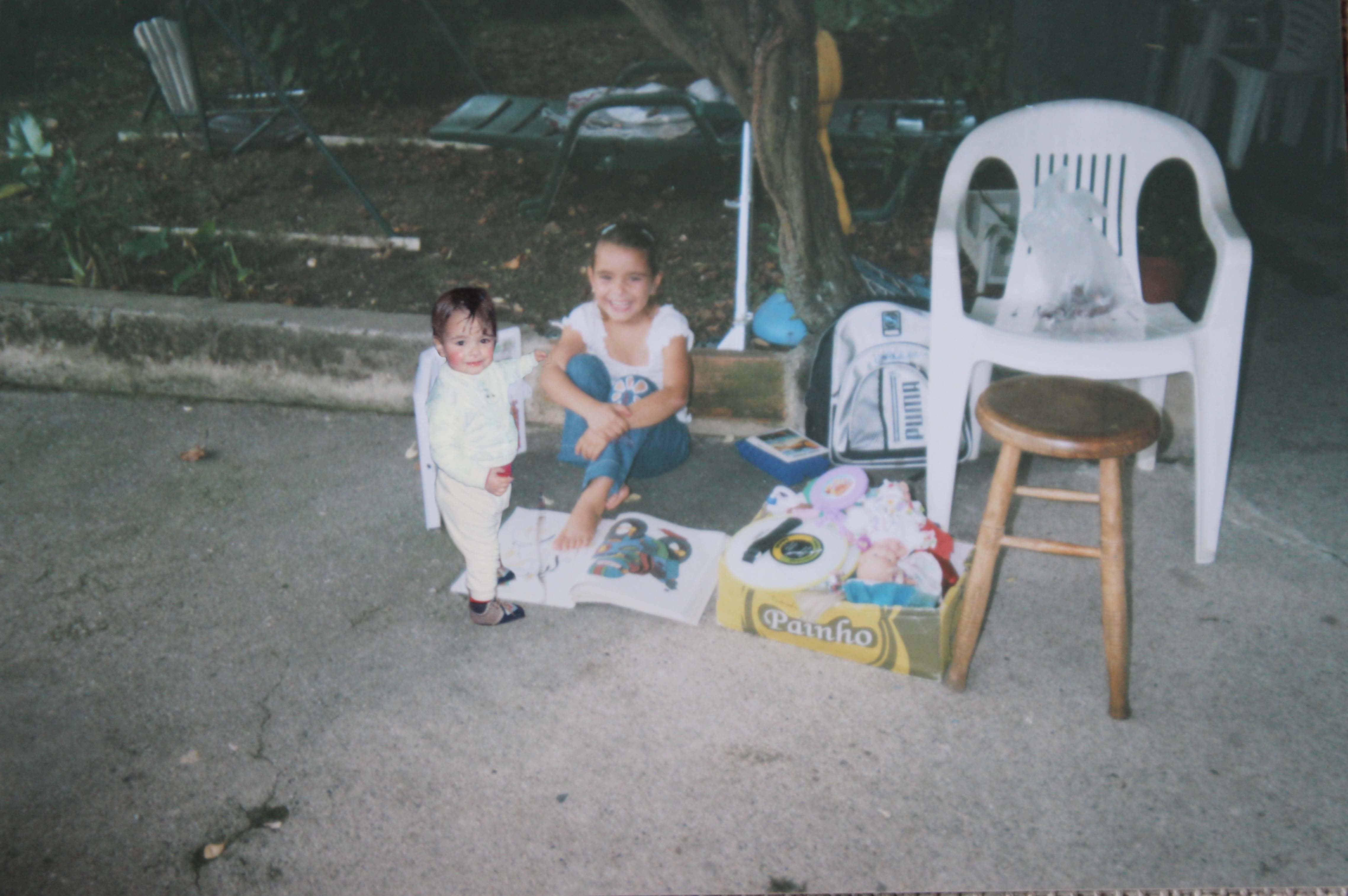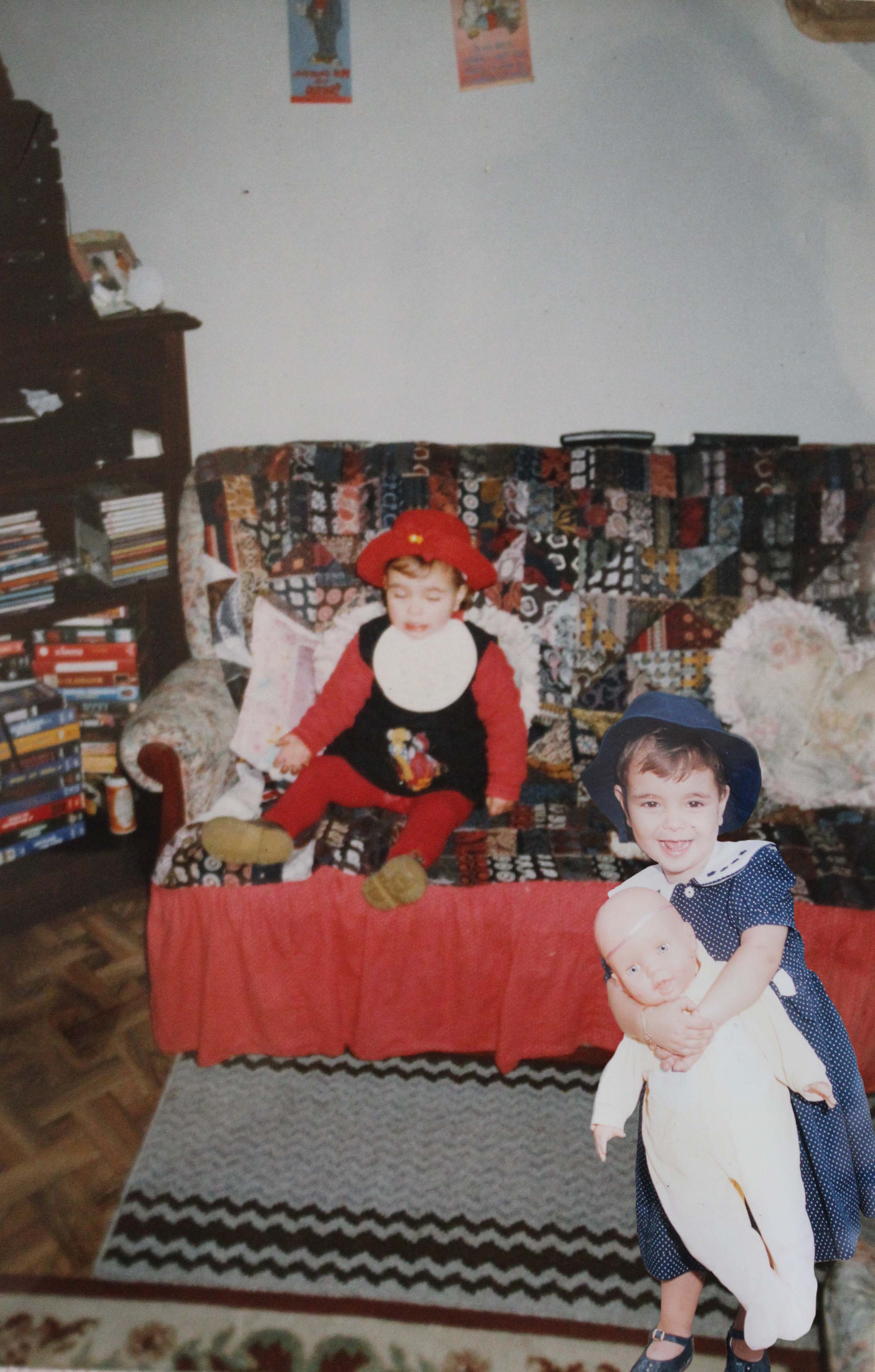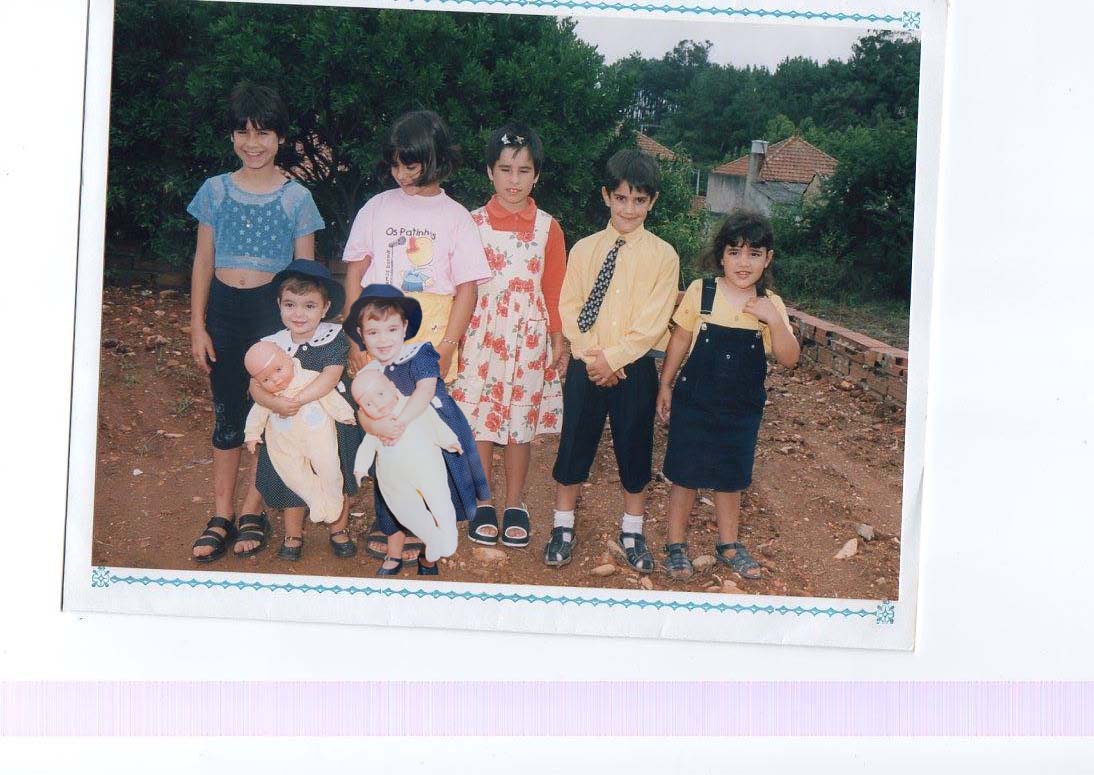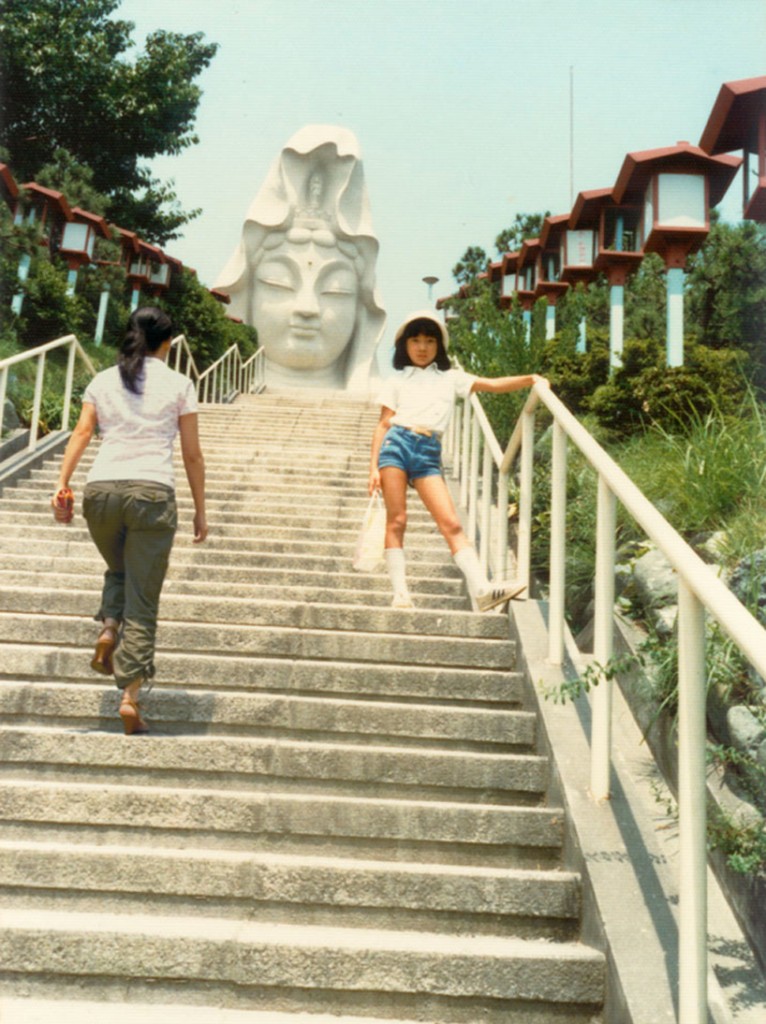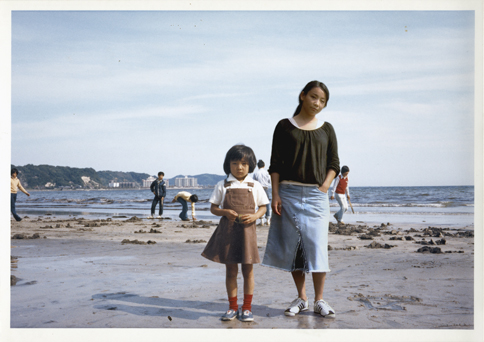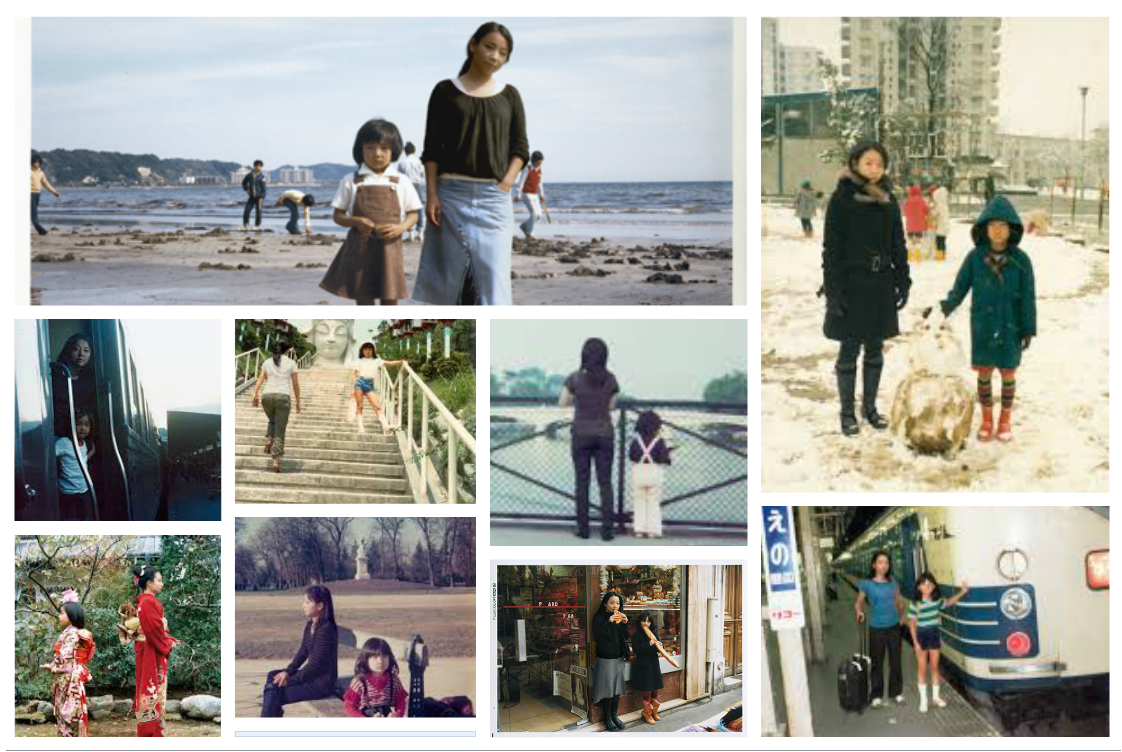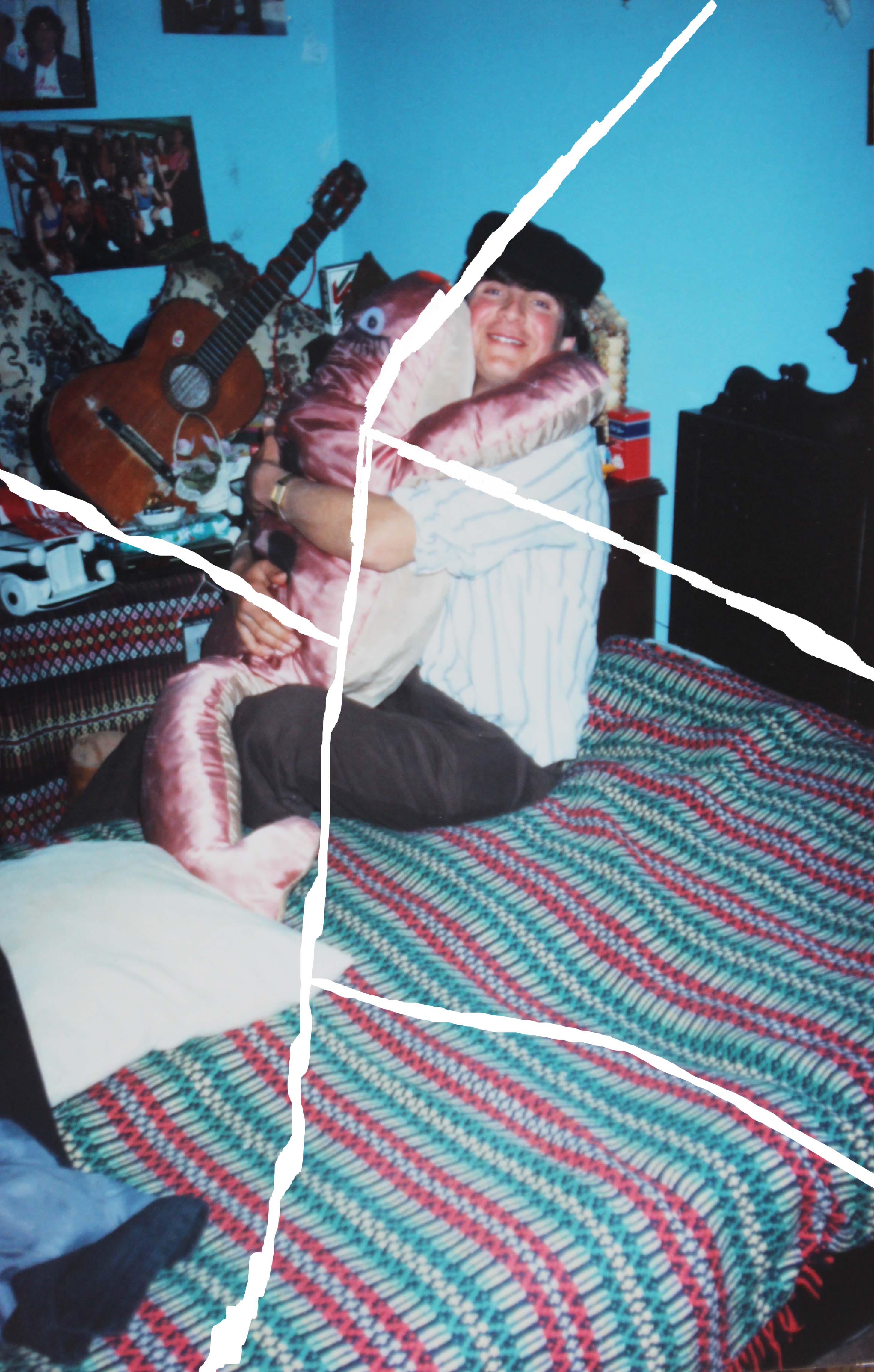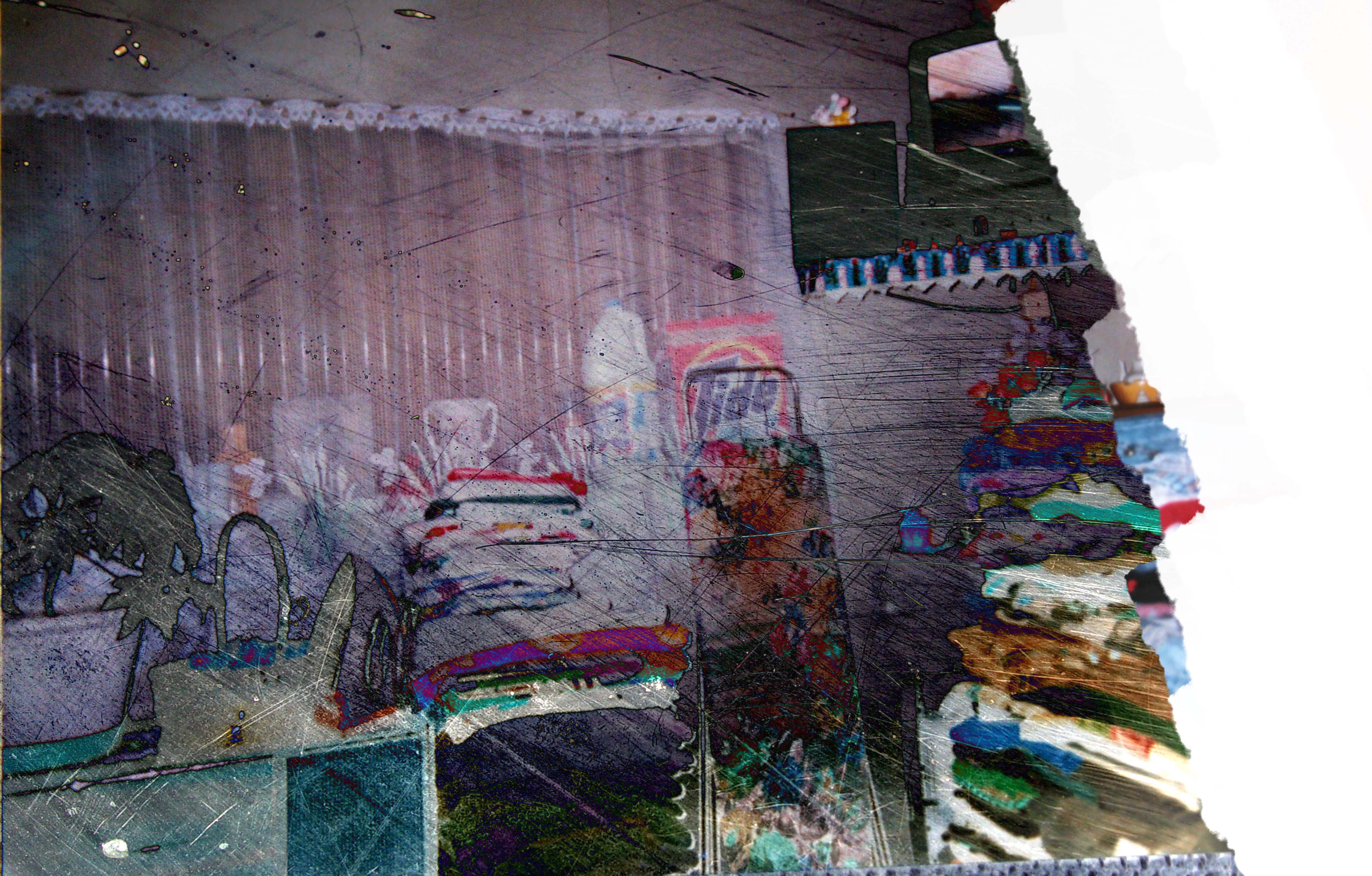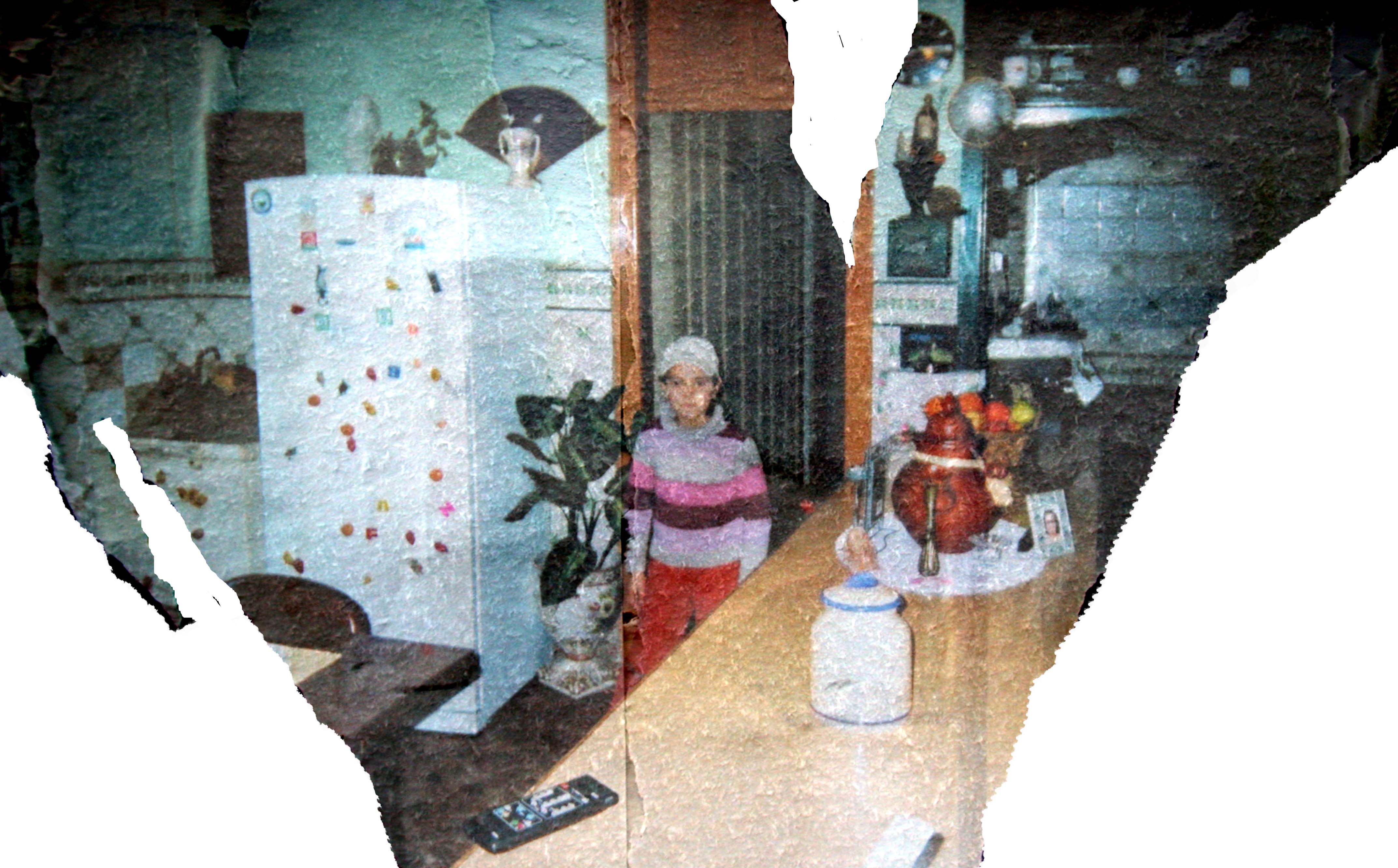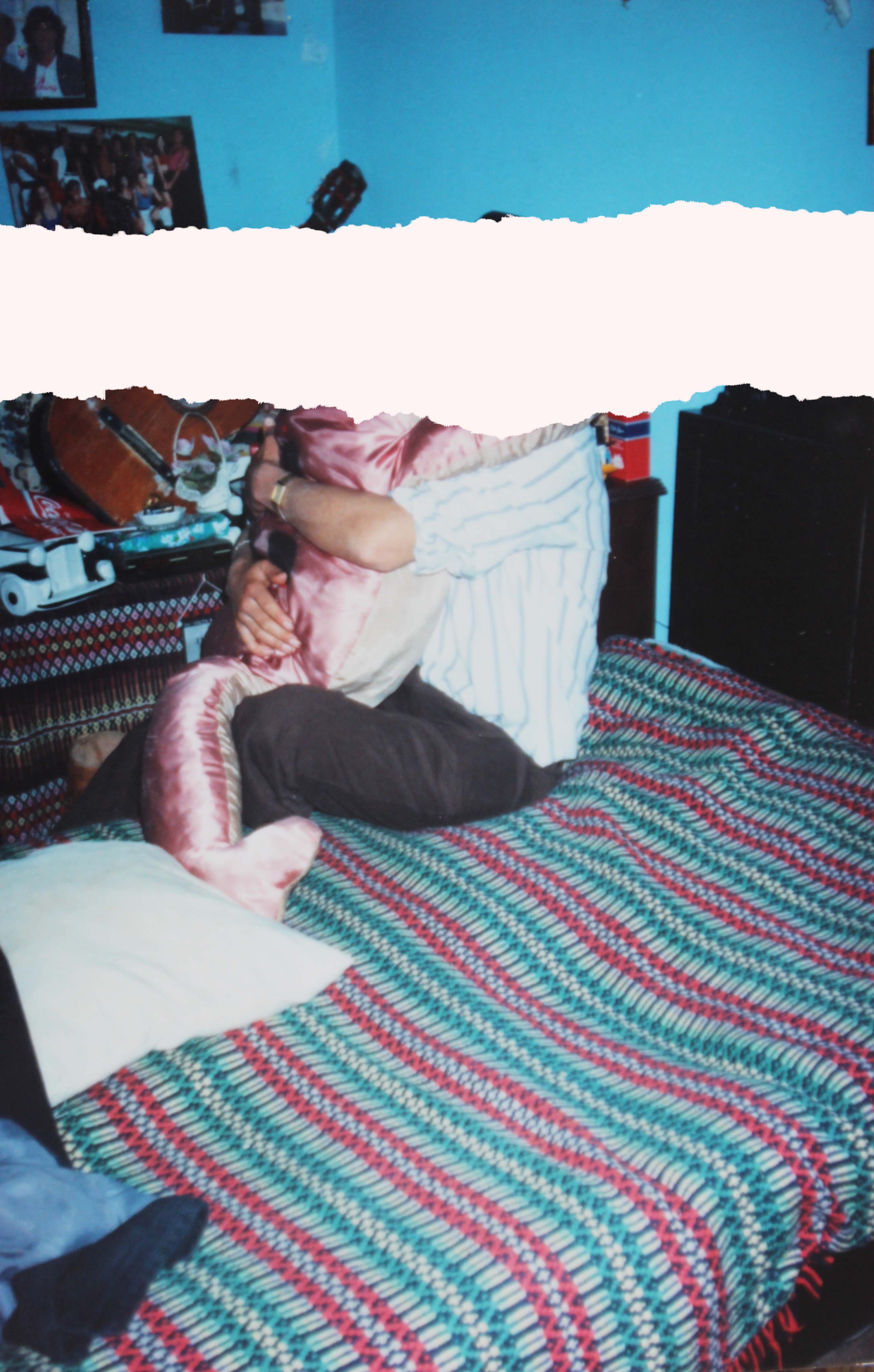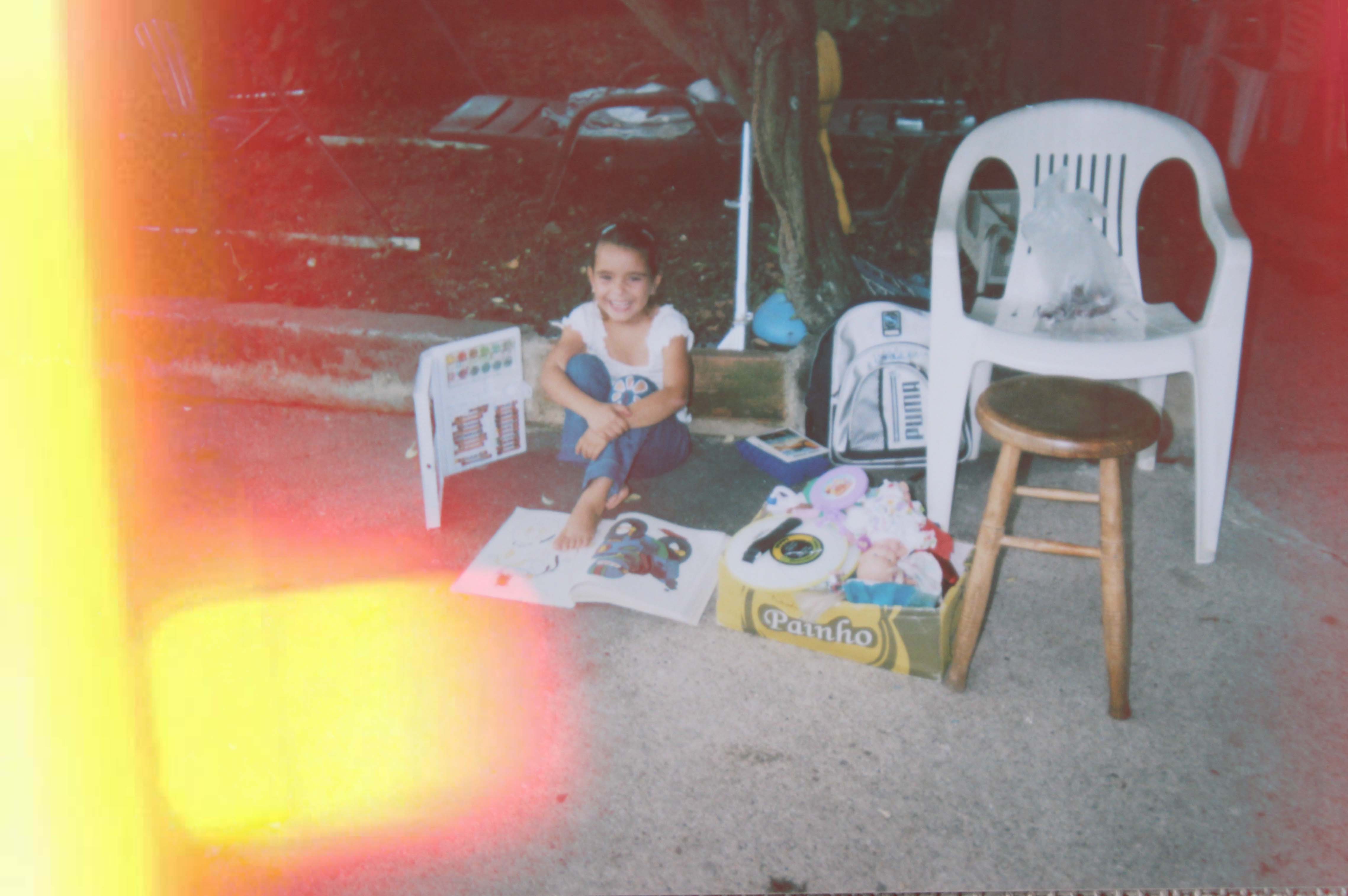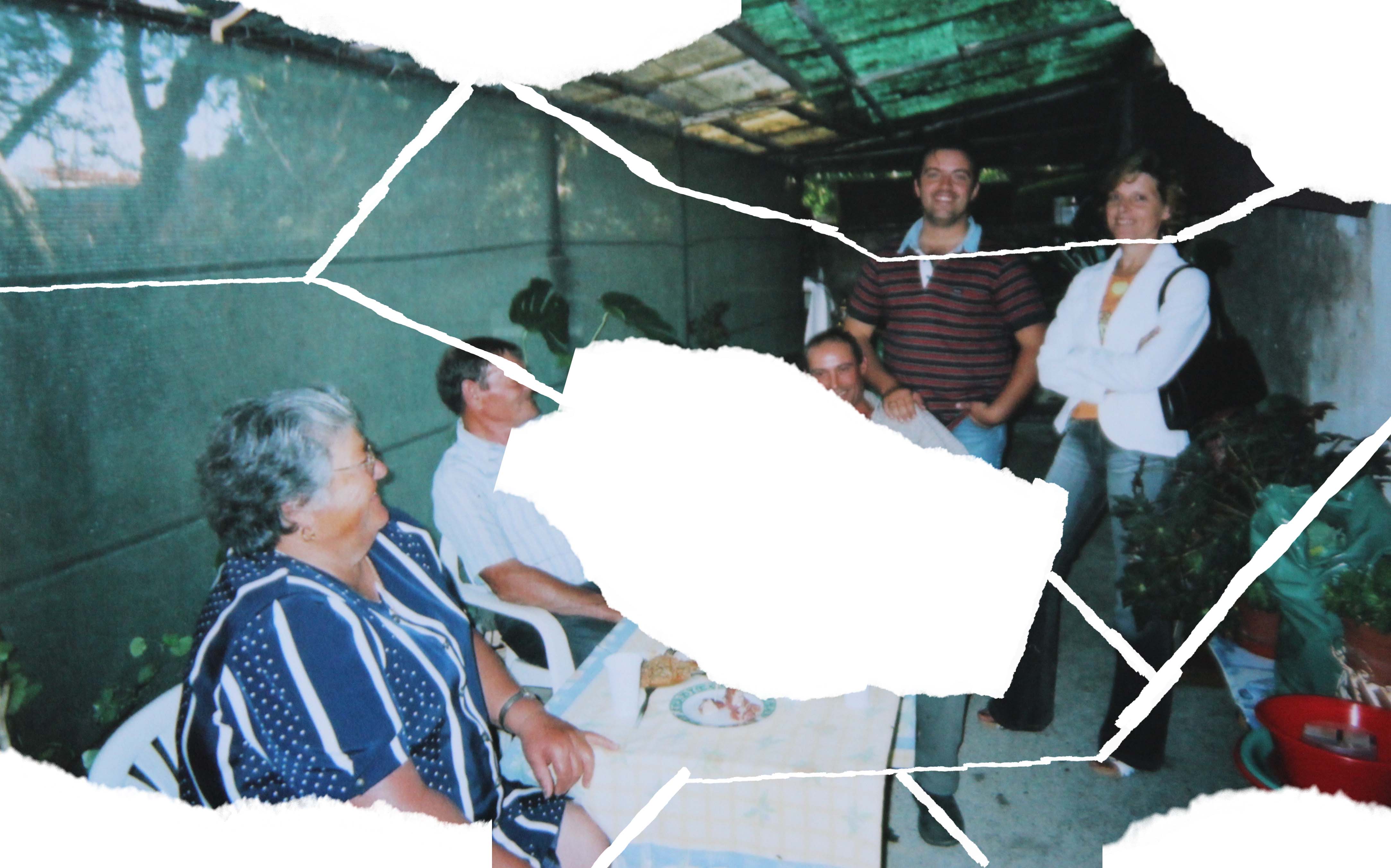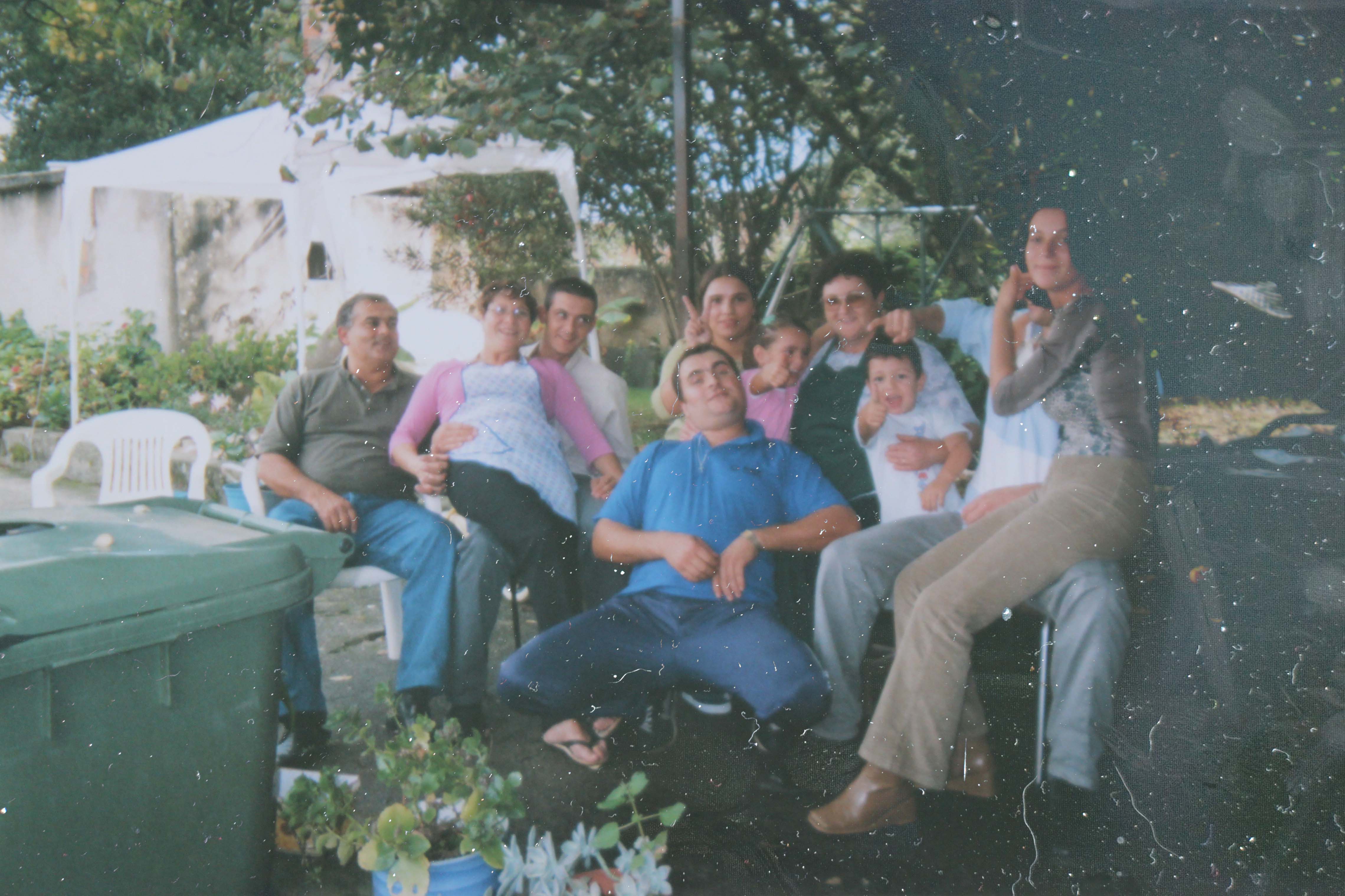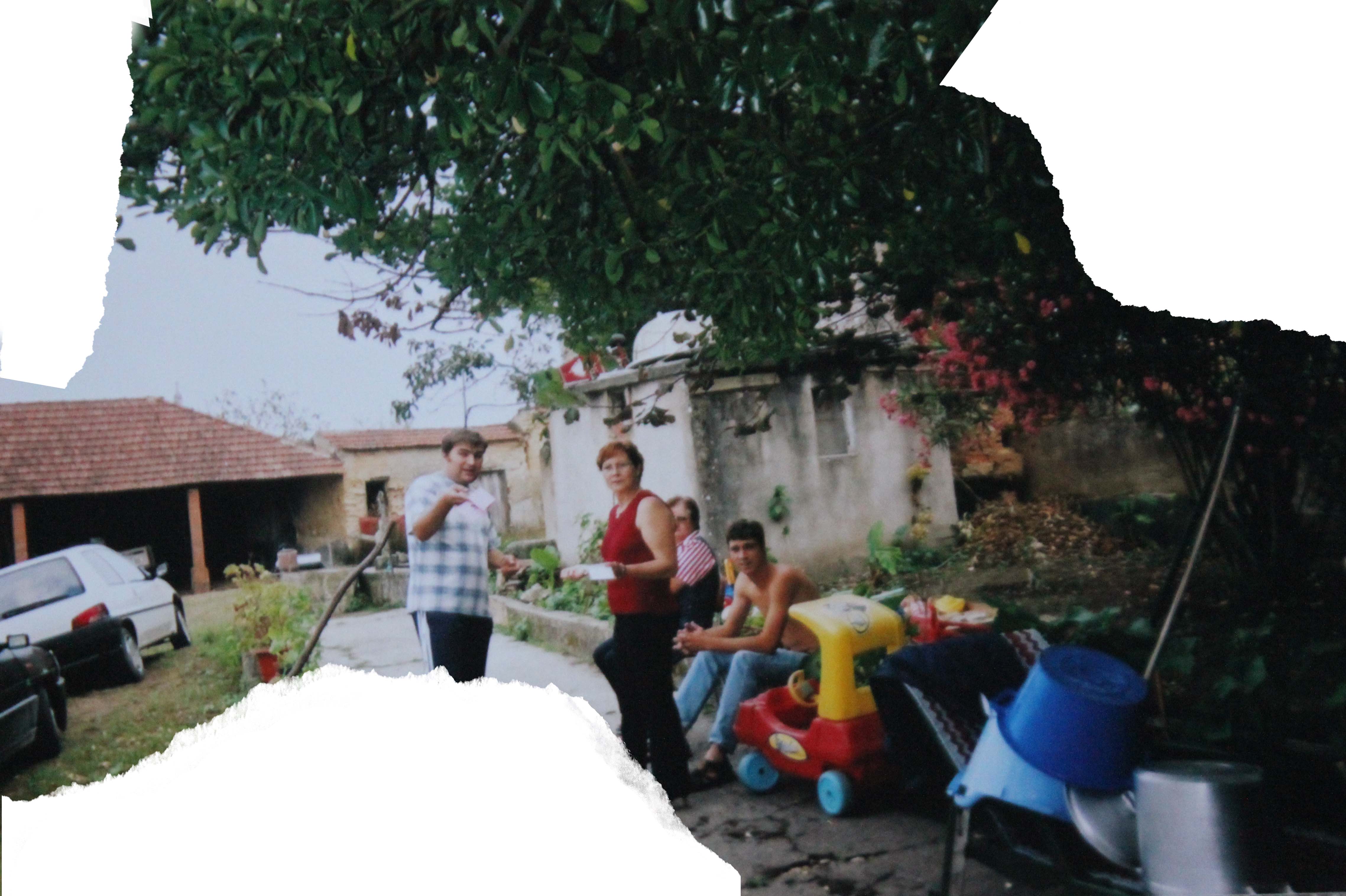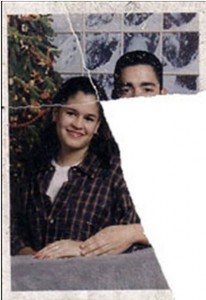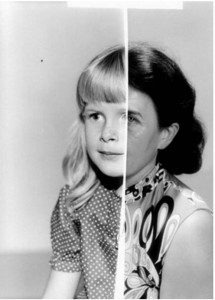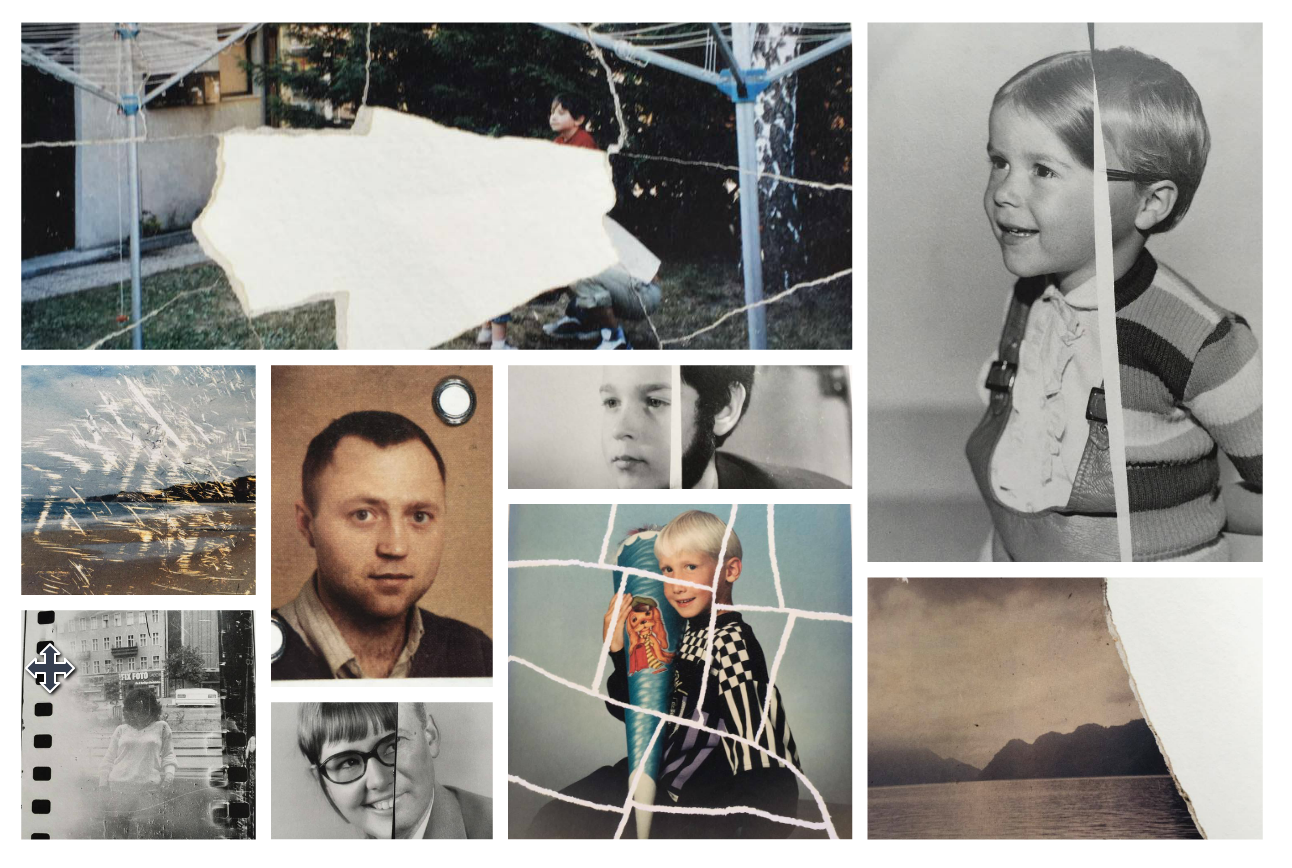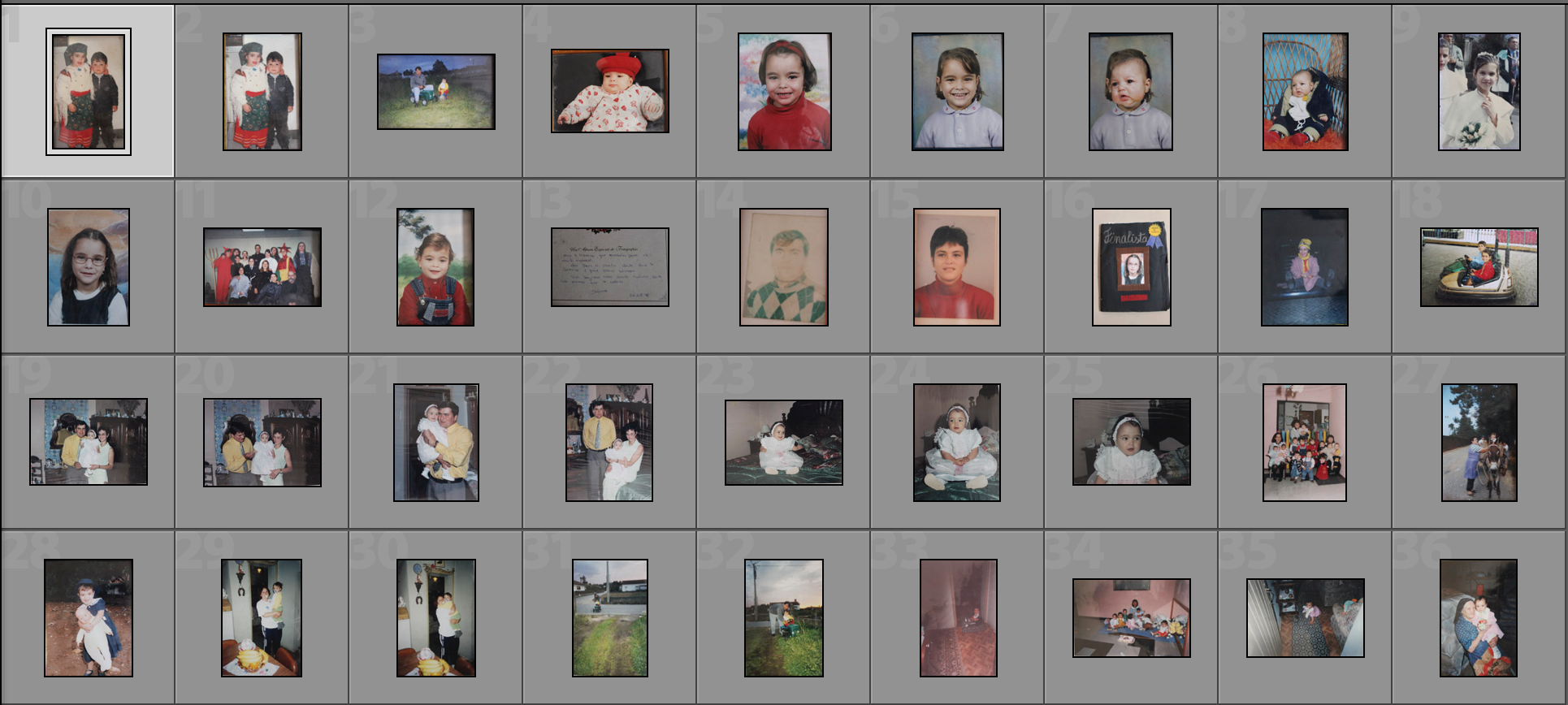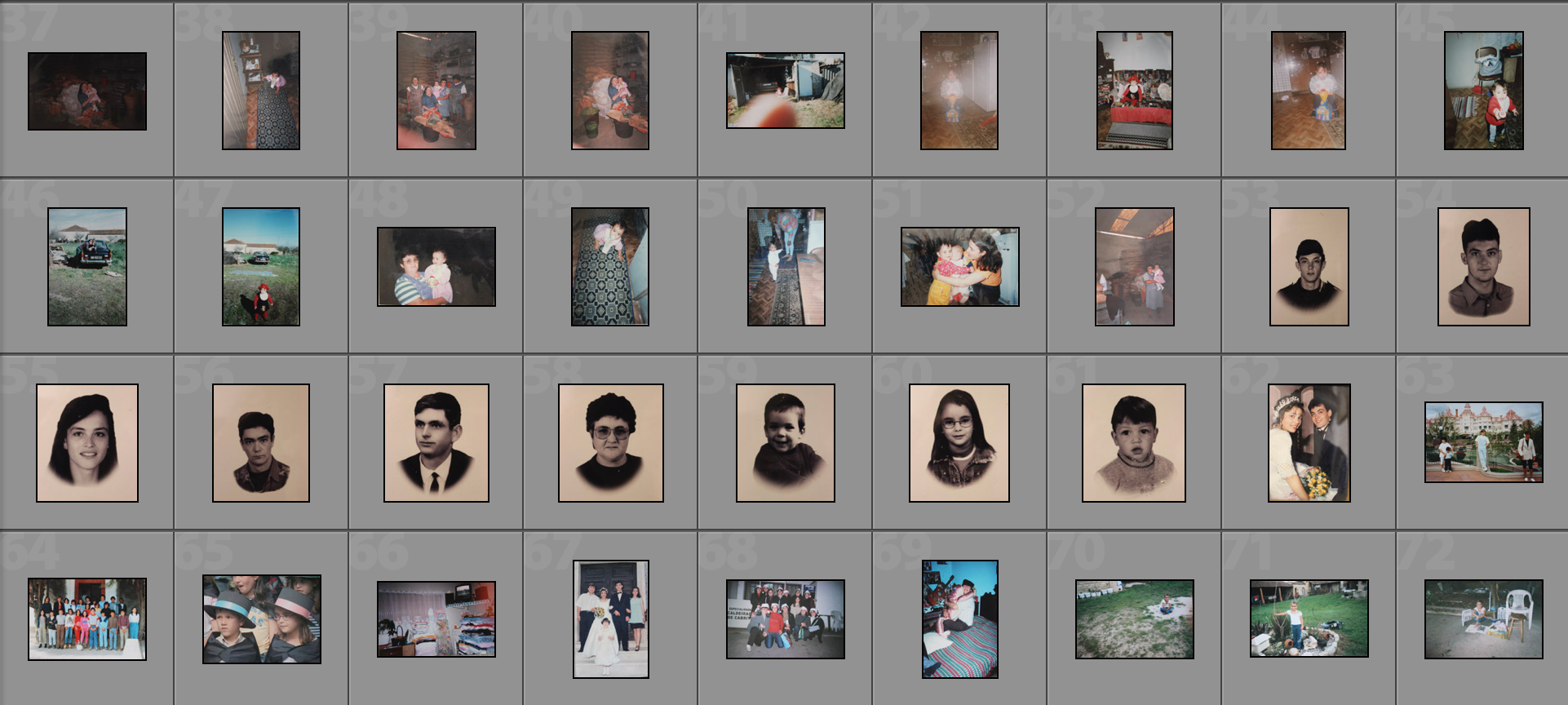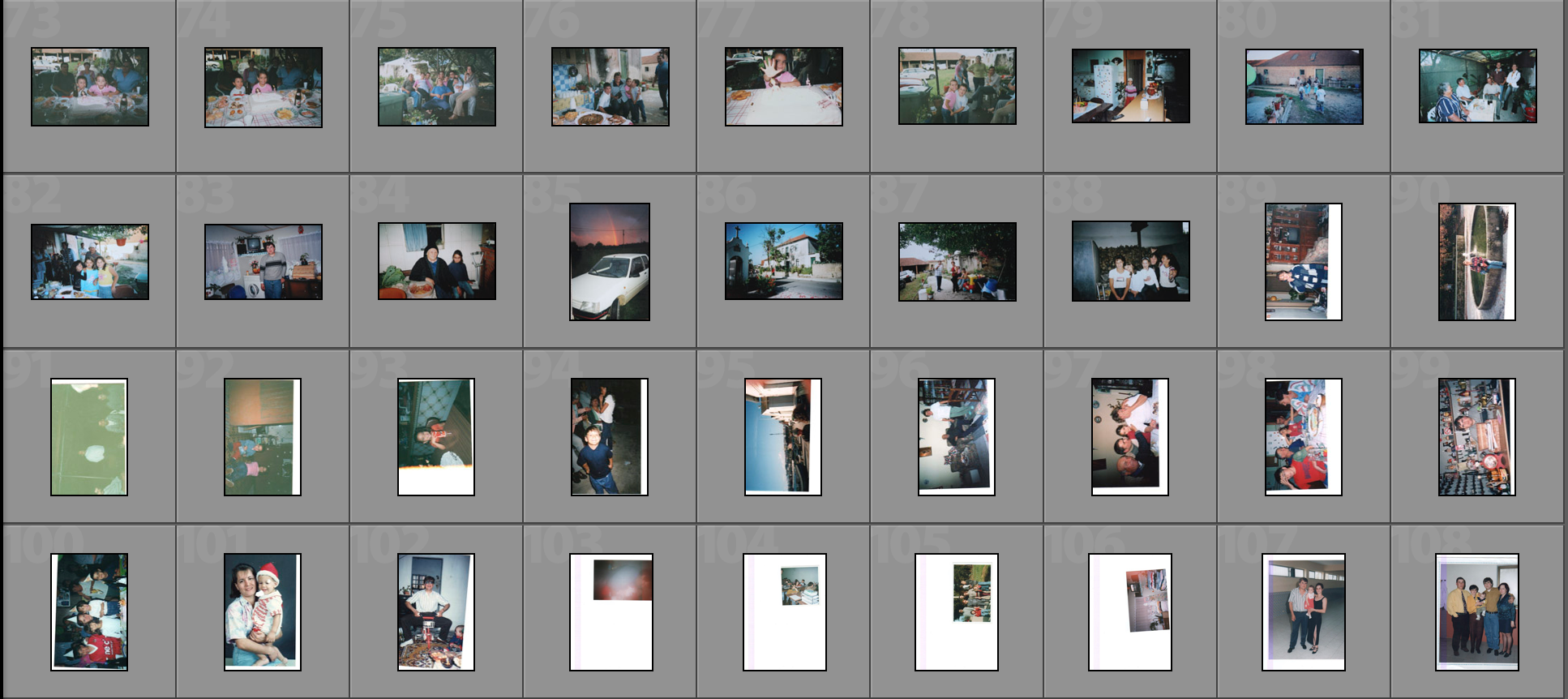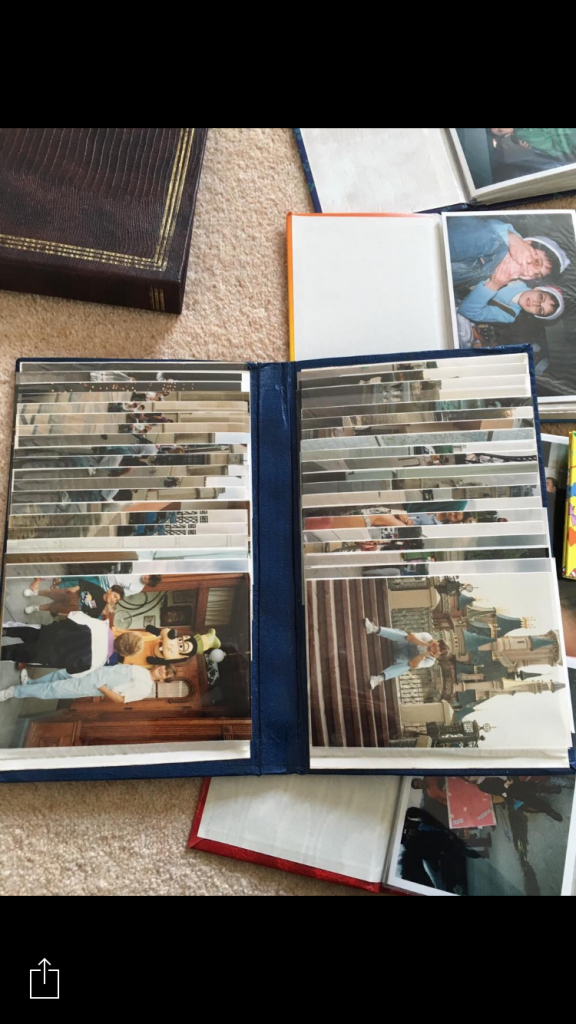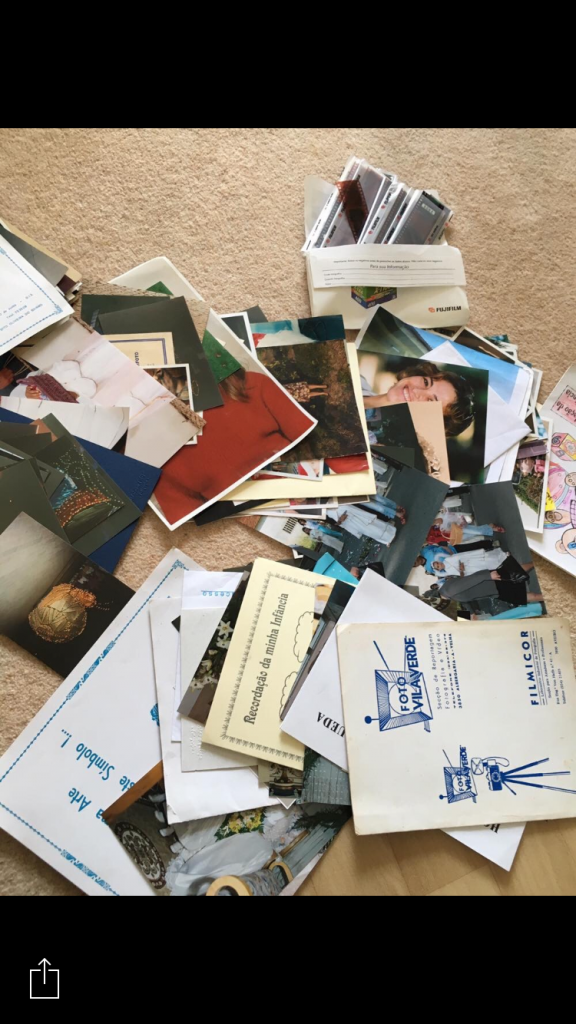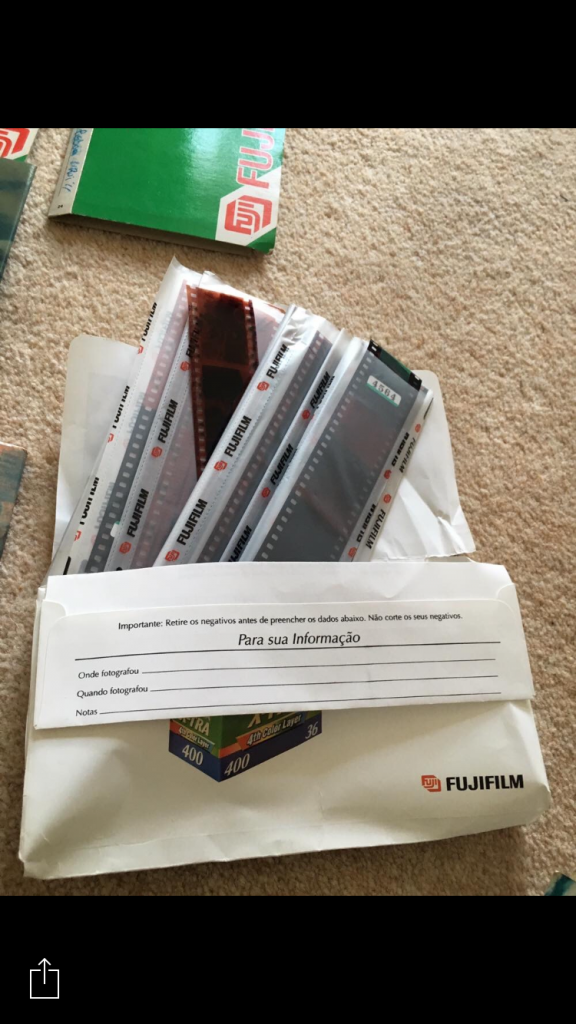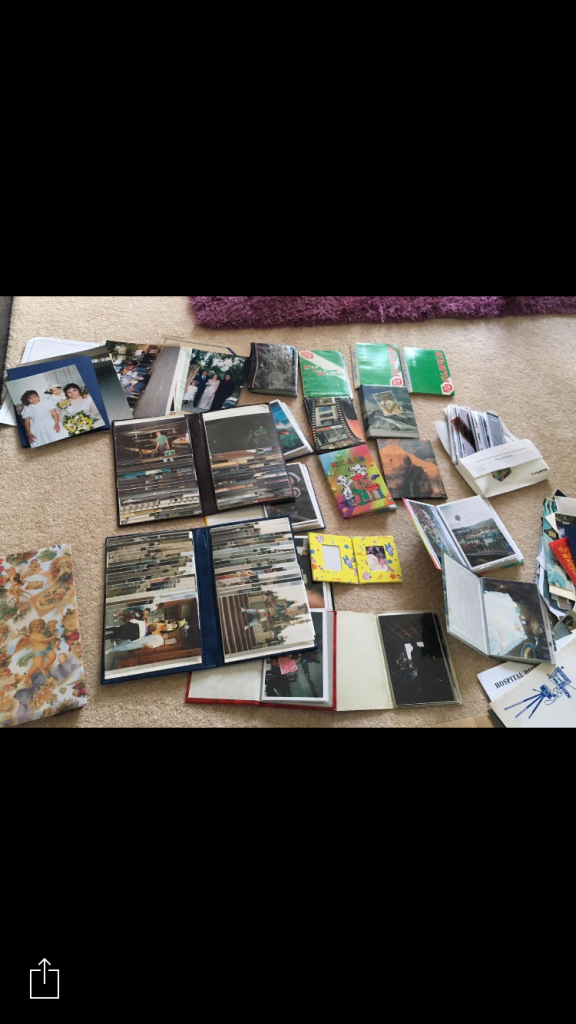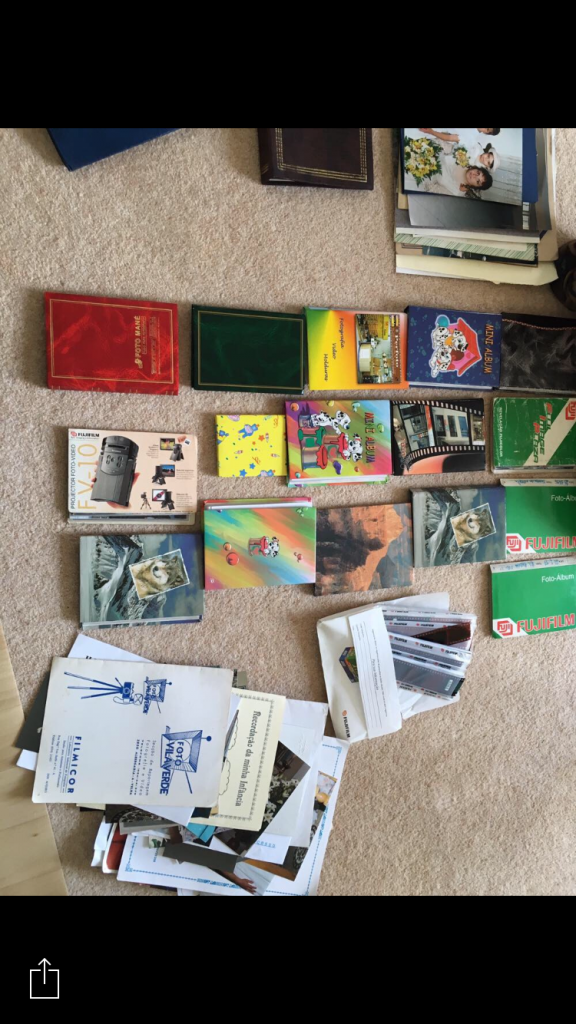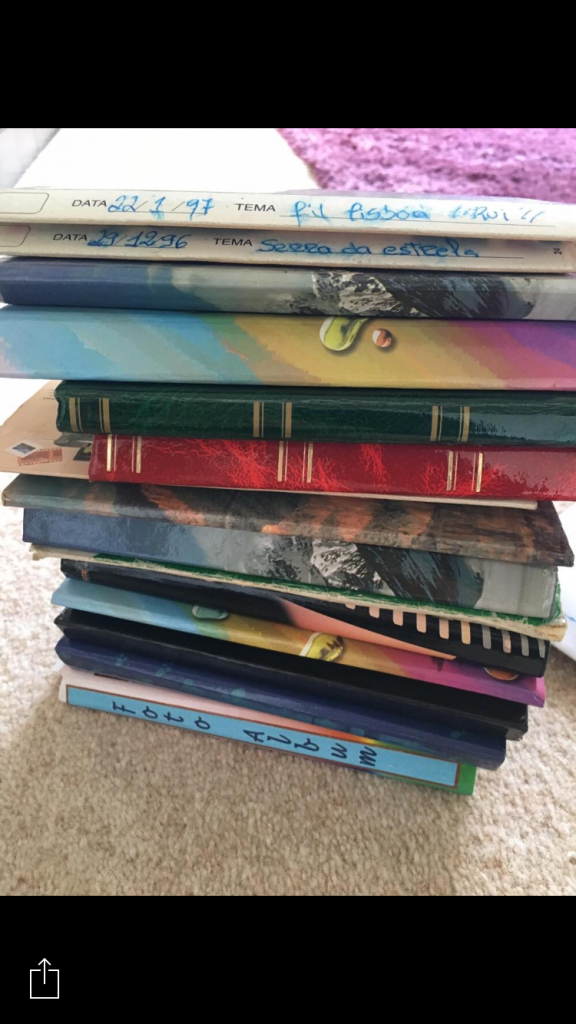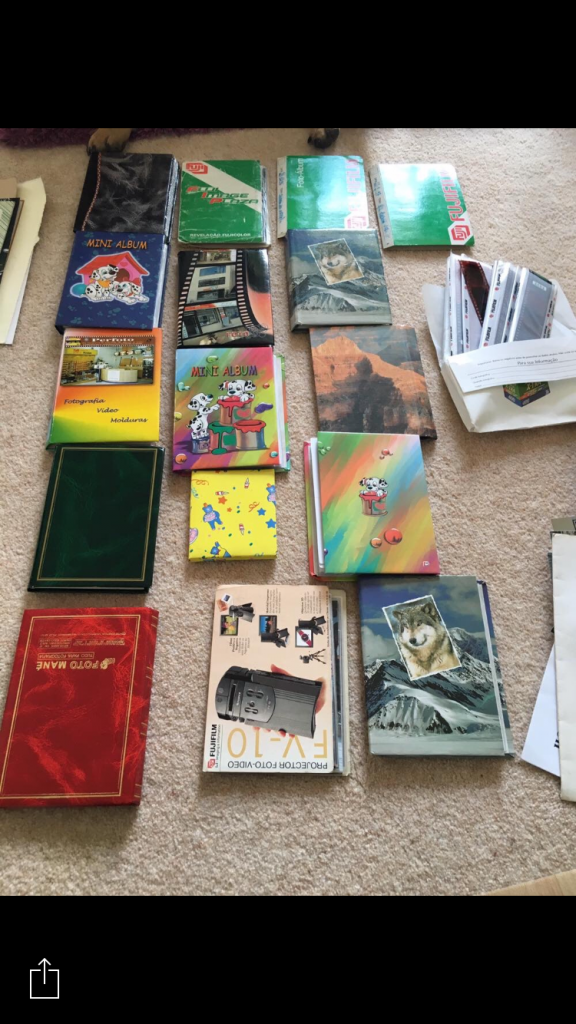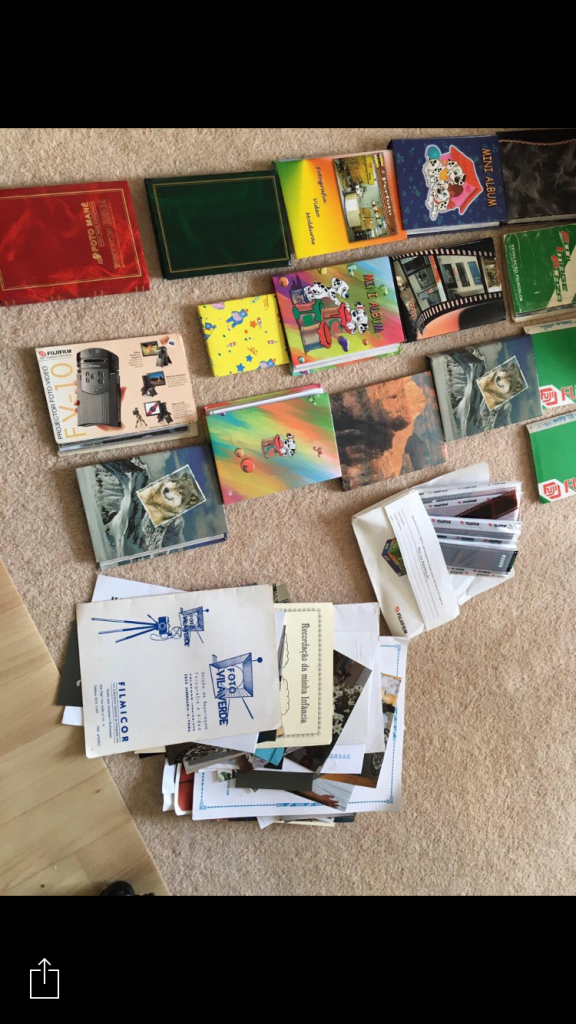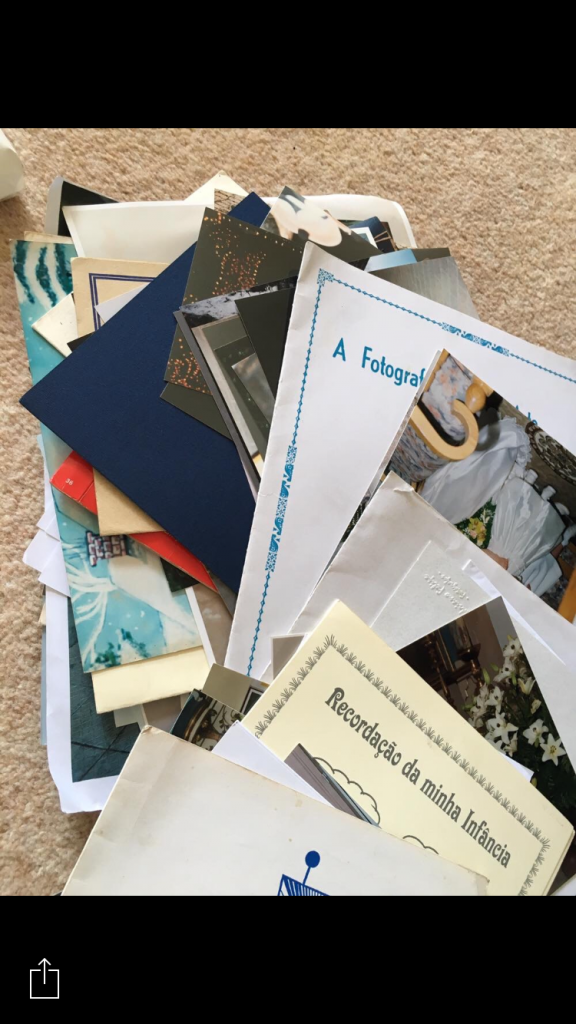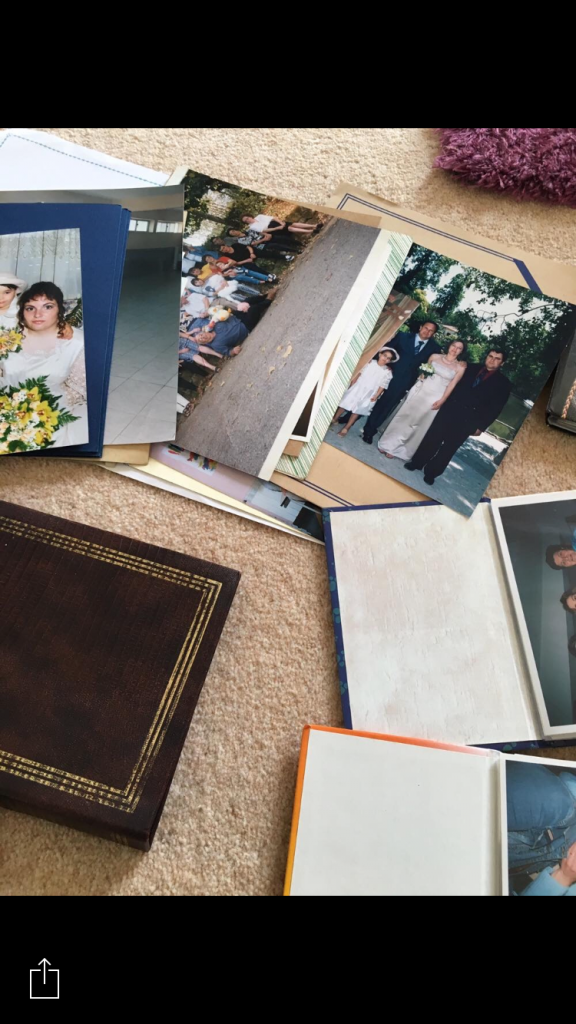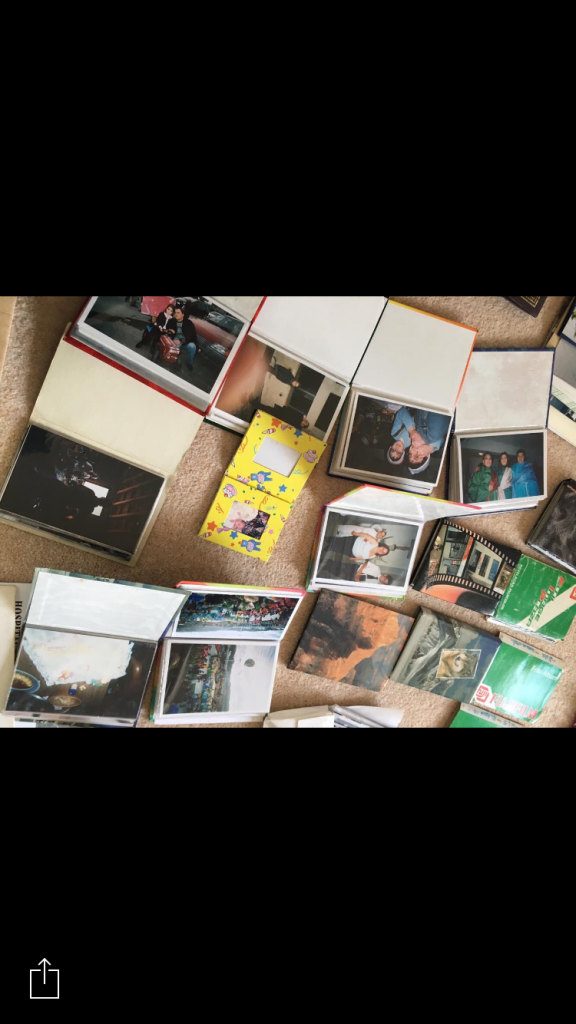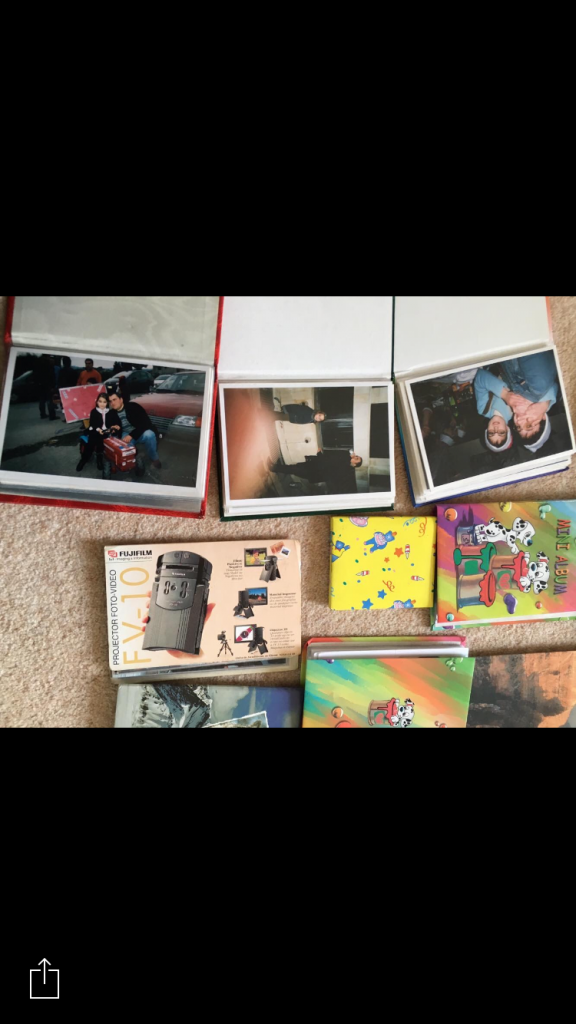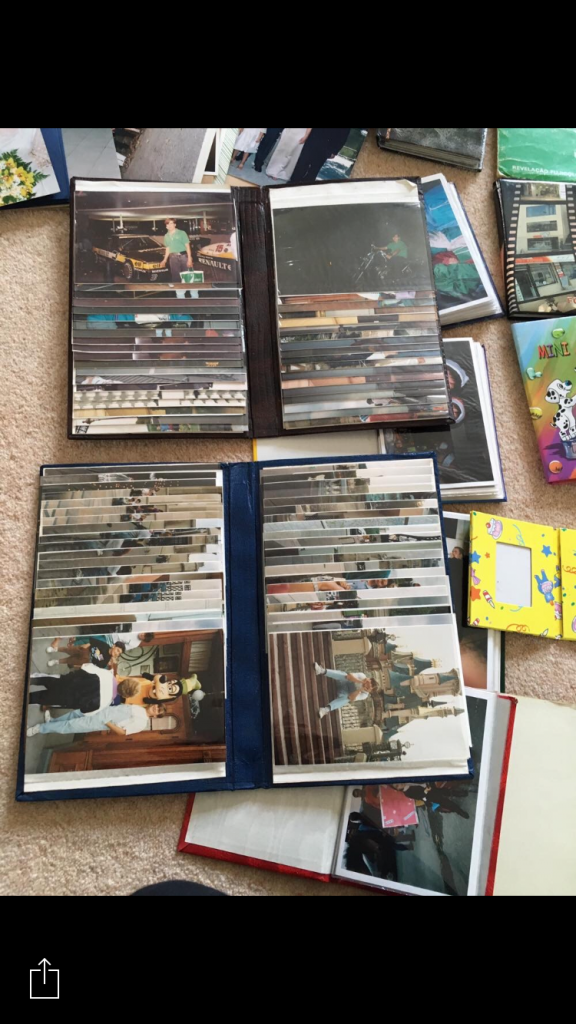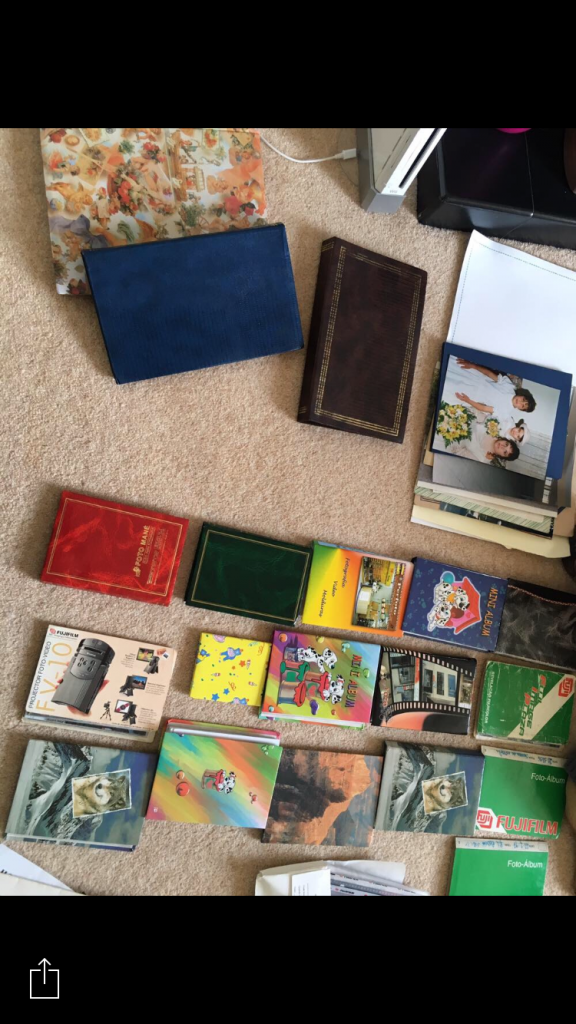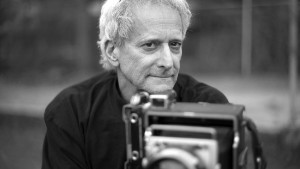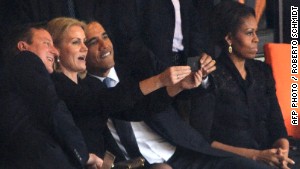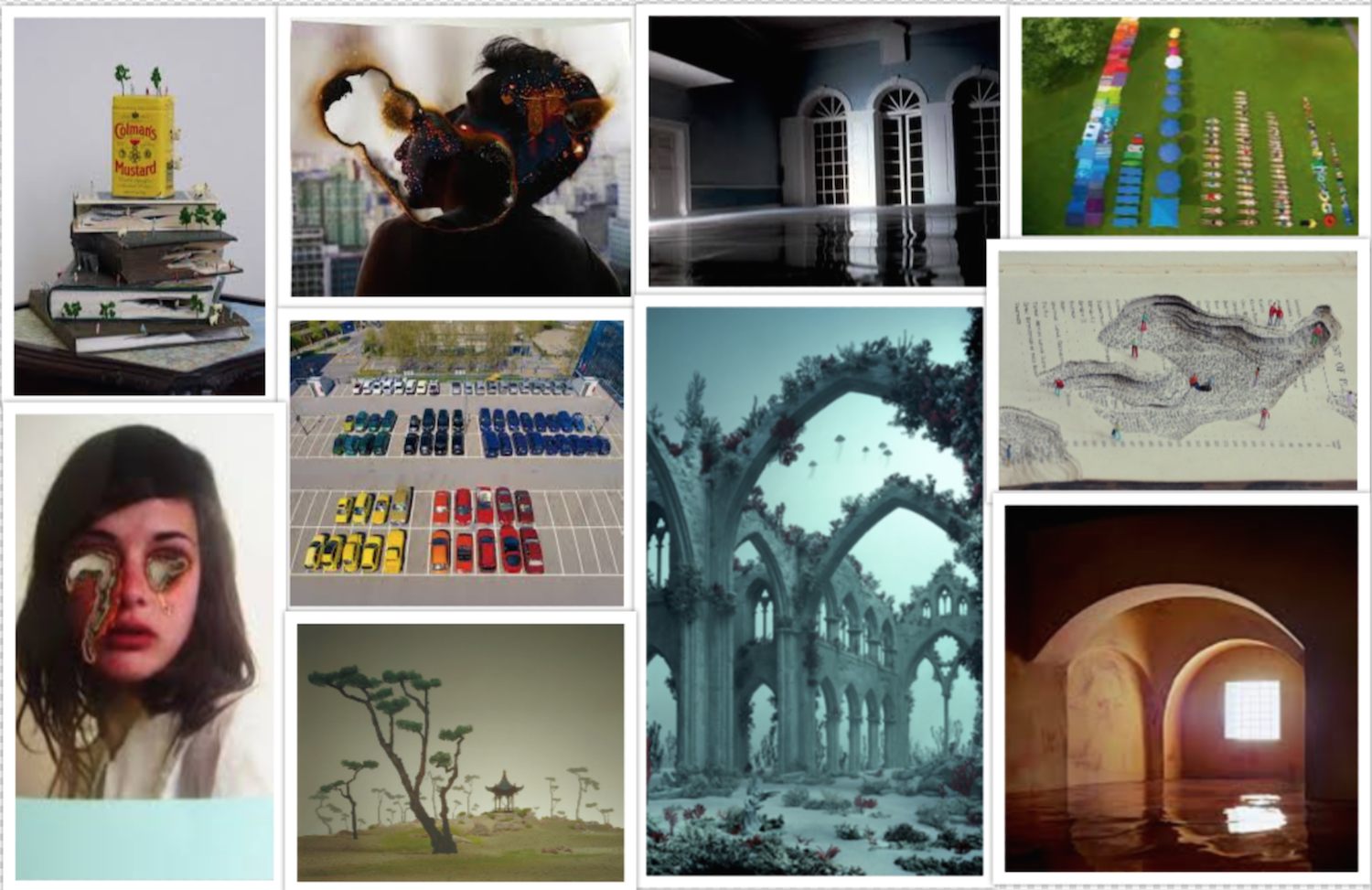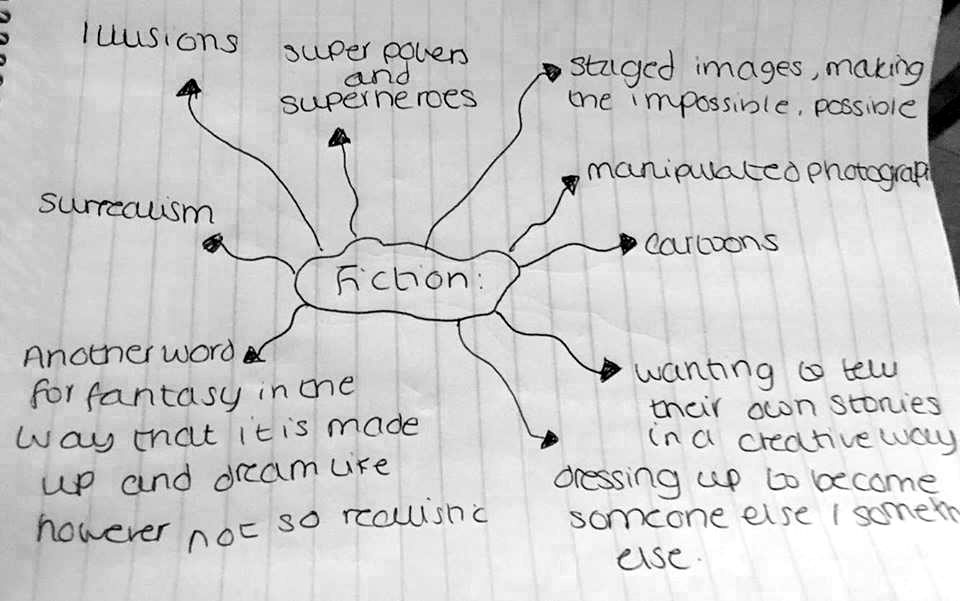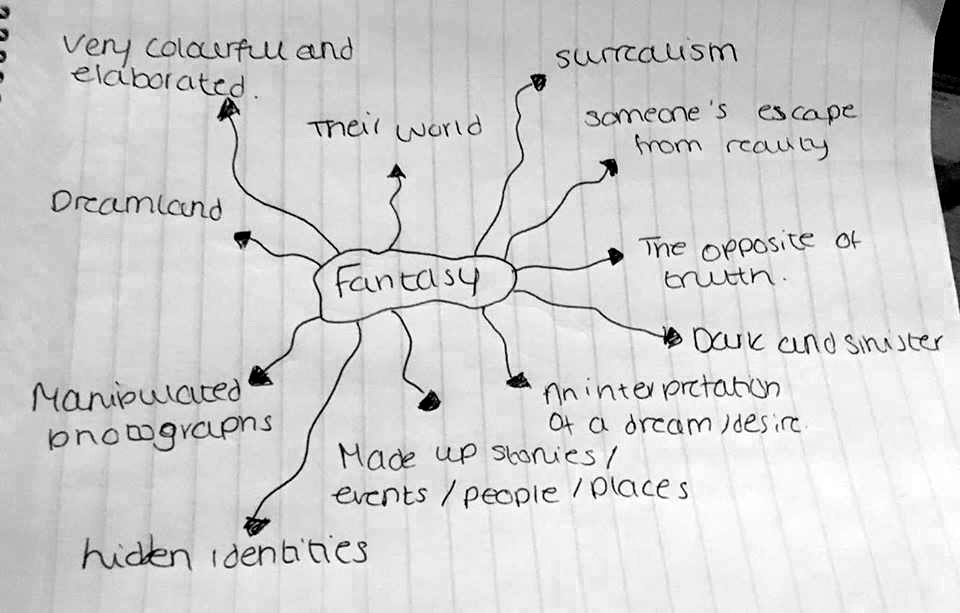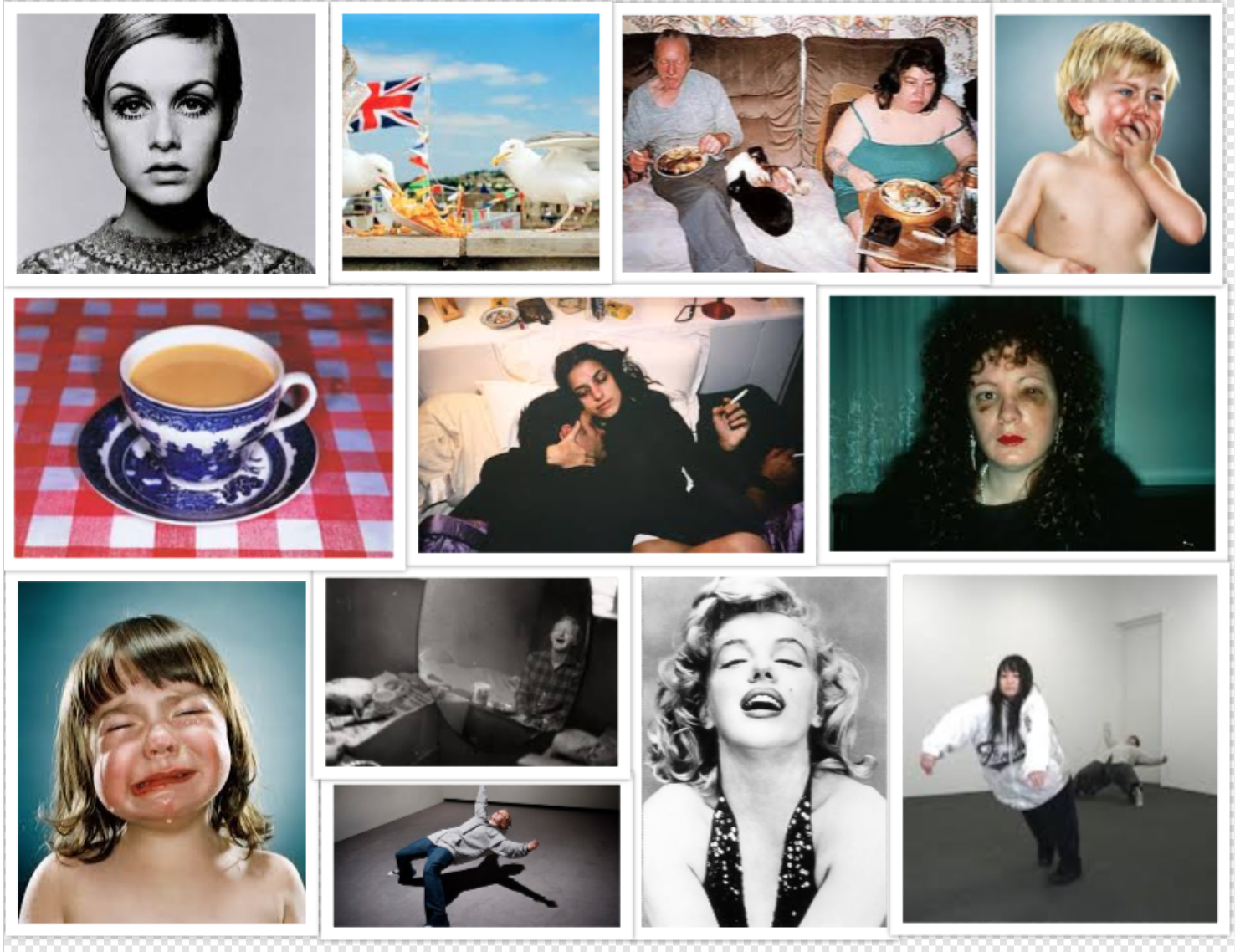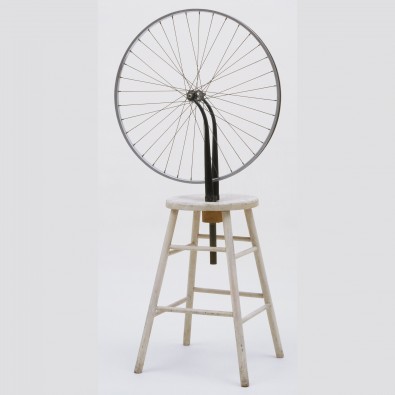After reading this essay, I went back and had a further look into the essay itself and picked out some information, opinions and research that I thought to be more appropriate for this exam topic.
There were eight chapters that I focused on when having a further read of this essay however only was able to really focus on the main five that I thought o be the most important and therefore made some of my own notes and thoughts that came to mind when at the time of reading these main chapters and those eight chapters being:
- The Introduction
- Digital imaging
- Photography and perception
- Reality, perception and truth
- Persuasive art – Documentary photography
The notes below include some quotes that stood out to me when reading the essay, therefore I just decided to take a few from each chapter that I thought was appropriate for this project and commented on what my views and knowledge were when reading and thinking about the meaning and perception of each one.
The Introduction – Notes:
– “Photography originally considered to be objectively representative of reality, without being obscured by the perspective of the photographer” – In my opinion, it is becoming more and more apparent to people that there must be some type of perception within the photographs as well as the photographers themselves for photographs to be able to have a sense of reality as well as being able to stand out for our entertainment purposes. This therefore meaning that the photographer has to choose carefully what they want to shoot, which in the process could be missing out some key elements of the reality they are in.
– “Manipulation happens in various ways from choosing what to shoot to altering the final image outcome” – This again has to do with the perception of each individual photographer. The truth is, we could set up 20 photographers to shoot an event, a person, an object etc and no two photographs would ever be the same, as each and everyone of their perceptions and unique visuals to do with the same situation that they would be put in would be very different. This is what happens with photography, even when it was first discovered. However, nowadays we are even more capable of inducing our perception and views into a photograph by being able to very easily alter the photograph into what ever we want it to make it look like, enhancing our views on the particular situation being photographed.
– “Manipulation to photographs bring out the questions about the nature of the truth” – This has always been the case ever since photography started to become a popular thing. We know that it is hard to express the truth into a photograph, therefore it seemed like manipulating it to enhance it would be the way to go. However, then there are people who will criticise the photographs as well as the photographers wondering if what they are photographing is actually telling the truth. From my point of view, in a way it has to be true for something to be photographed, however only a small percentage of that I think is depicting the truth, as we never know if that photograph is staged or manipulated in any way unless we see the situation with our own eyes. This, therefore of course defeats the purpose of photographs as one of the big reasons photography is so accepted by society is because it enables us to look at situations and people who we would otherwise never have the chance to look at or even be aware of their existence.
– “All art forms manipulate factors of reality so that they become more apparent t the uncritical eye” – To me, what this quote is trying to say is that, for many of us to be able to understand, without words what the photographer’s intentions and what they are trying to put across and convey may have to be enhanced through the use of manipulation to a photograph, for people that don’t understand the situation fully to finally understand. This however, doesn’t mean the whole photograph or any other type of art has to be manipulated as as the quote states on y certain factors of reality are manipulated to be able to standout to an outsider.
– “Truths alter and change in culture; a postmodernism view” – To an extent I think this is true , however not only talking about culture but also to each individual person. We all have different experiences, views and perception and as no one person is identical to the next, neither what we believe to be true. Yes, I do agree that culture is a major influence is the way that view the truth and also the society we live in, however, I believe that we as individuals, whatever background or culture we come from can see over this major factor and really look at what we actually believe to be true for ourselves without having this stigma behind us.
– “Understanding of photographic truth, like all other truths, depends on an understanding of culture, belief, history, another universal aspect of human nature” – For us to be able to say to what extent something is true or not true, we have to be able to understand what is going on, what is the photograph as well as the photographer trying to say or conveying to the outsider, public eye. Again as I have previously mentioned, what we believe to be true or not has a lot of different layers and factors to it , before we can really figure out the honest truth about something that is being shown to us.
Digital Imaging – Notes:
– “In truth, digital imaging has simply forced everyone to acknowledge the inherently manipulative nature of photography and to understand that it never represented the truth in the first place” – “The advent of digital imaging causes us to question and redefine the nature of the photographic visual medium” – Personally, I believe that this is a statement that came more apparent after the breakthrough of technology, computers as well as the invention of the internet. If you were pretty much raised by the internet and technology, you would know and were taught from a very young age that you can never believe everything you read online, however, also in that space of time, we have also been informed to not believe everything that we see. And the main cause for this statement is due to the fact that almost 100% of the time before the public can see a photograph, the photographer will edit, or in other words manipulate the photograph. By doing so, they are already not telling the complete truth about that photograph. For example, by changing the colours slightly or even by adding a black and white filter on top of a photograph, we already know that the photograph has been edited and therefore, is not how they truly saw the event happen. This is especially true with the use of social media. For example, there are now apps that you can get on your phone that pack a mini photoshop version of the software onto a small little app. What this app allows you to do is that it allows you to change your appearance into whatever you wish. These can be things such as, being able to change the colour of your hair, or the colour of your eyes, as well as being able to apply makeup despite the fact that you might not have had any makeup on at the time of the photograph being taken. These overdone photographs are then uploaded to social media such as twitter or Instagram and we automatically think that that’s what the person actually looks like however, they have edited themselves to make them look like a completely different person. So what can you actually believe in?
– James Enyeart “it may be that digital imagery will liberate photography and reality from being questions of representation by sufficiently distorting the truth of both” – What I feel like James Enyeart is trying to say with this quote is that, eventually manipulated photographs will become part of our truth as that’s all we are going to see, as the use of technology and more importantly image editing software become more available to a wider public rather than just the professional photographers themselves.
– “as computer programs become cheaper and more widespread, manipulation of images will become more common.” – This is something that I completely agree with. Even though while I was growing up I wasn’t really invested in photography and therefore didn’t take part in editing my landscape photographs, I did use to take photos with my friends and would go home, and use a free online photo editing website to add filters and writing to my photographs. I have only mentioned that to be able to show that even 8 years ago it was already easily available for people without any knowledge of photography and its manipulation to be able to edit photographs. Therefore, as photography is pretty much everywhere we look, and with the use of social media and the internet, there is 100% chance of manipulated photographs to be more popular and known rather than those who are not. This is also due to the fact that nowadays a high percentage of all photographs are taken using a digital device whether that’s a digital camera or simply your smart phone, which only entices people to do even a little editing to their photographs. So to me, this quote is not only relevant but very true and will it only become more true until another way of shaking the truth out of a photograph emerges to the surface.
– “There will always be those willing to distort visual images in hopes of distorting the truth” – Sometimes a photograph might say too much than you care to show, therefore from my understanding of this quote, I believe that some might manipulate a photograph to distort not only the actual photograph itself but also the meaning of the photograph. However, afer re-reading the quote above, I also get the sense that it could be the fact that some photographers might manipulate a photograph or in other words ‘distort’ it to lie with the photograph, and have no shame in doing so.
– “Just as people can lie with words, they can lie with pictures” – This is a very simple but strong statement, as I think more than ever this is true due to the fact of having ready and easily available photo editing programms which allows anyone how can take a simple photo to simply edit their photographs. However, some my use their power of being able to take photographs and actually lie about the meaning or the actual situation in which the context of the photograph. Some artists like Chompoo Baritone have actually created some photographs to show just how much the framing of a photograph can really hide from the actuality of the situation. She takes a famous example of instagram photographs, which has a popularity for having very cute and clean lifestyle feelings to some of their photographs, and she actually recreates this ‘theme’ and really shows you what goes on outside of the framed and very much staged cute instagram shot. This therefore links to the quote above, as many actually lie with their photographs just as much as they lie with their words, which is something that sadly through the trends of the internet many ‘internet famous’ people do just for the sake of pretending to be what their ‘fans’ want to be true in their own lives.
Photography and Perception – Notes:
– “Differences in the perception of images arise from the cognitive aspect of perception – the interpretation of what those images mean.” – What comes to mind when I read this quote that something which I have already mentioned before and that is the fact that everyone is unique and no person is the same. With this in mind, the way that we view photographs and they might mean to us could possibly be completely different to what someone else might view the photographs to be, and this all having to do with our cognitive psychological processing of each image, combined with our experiences in life. As established, we know that perception and the actual truth can be very different when we don’t know the reasons or meaning behind a set of photographs or even a single photograph. This can then, play a big part in what the images ends up being processed as in our minds, something which photographers have to take and in some cases have taken into consideration when shooting, editing and publishing their work.
– “Although the photograph involves a reduction in proportion, perspective and color, we still understand that the photograph is a representation of reality” – We know that a photograph can only tell us so much, although seen as being able to ‘say a thousand words’. What we see in a photograph is only a very small portion of the actual reality of the situation, and we have to take this very much into consideration when looking at photographs and also this is very important to consider before criticizing the photograph/s as well as the photographer. This means that photographs can tell the truth, however there might be other stuff that we, as the viewers do not get to see which, if we were the ones taking the opportunity to be in a certain situation that the photographer was when taking a specific photograph, your perspective could be completely different therefore your photographs could come out to be completely different to the photographer’s. It all depends on the perspective of the photographer and that has a big impact on what we perceive for situations and parts of the world that most of us to not get to see.
– “A photograph allows us to study a scene for more detail than we would be able to see by looking at the scene firsthand. The vision of a lens is fixed, whereas the human eye is constantly changing its focus, from left to right, from near to far, a constant change of perspective.” – This is a very interesting quote, as I do personally think that this is 100% true. A photograph is forever and it frames time like our eyes and mind simply cannot do. Therefore, you are able to look into depth at every single pixel of a photograph if you really wanted to examine it that much. We are able to figure out more about that specific time frame once we have taken that photograph. However, as I have mentioned previously, what we decide to freeze into a photograph, may not be able to tell us everything we want to convey and communicate about a certain situation, person, event etc. When talking about the human eye, it is interesting to read about the fact we never stop looking around, and we as human beings, can only focus on something fora limited amount of time. Which something that a camera lens can do however it always comes back to the photographer.
– “The passage of time, as will be shown, is thought by some to alter our notions of truth and reality. A discussion of theories about truth and how it compares to reality relates to perception, because some theorists posit that our perceptions “create” reality.” -What we believe to be true, could end up being someone else’s lie. It all comes down to our cognitive perceptions and processes that enable us to analyse a situation and find out if we believe it to be true or not. Different outlooks on life, different life experiences all have an impact and effect on how we perceive life and what our reality is. The truth might not be the reality, and the reality might not be the truth, or is reality just another word to describe the truth? These are all ideas and thoughts that become too complex.
Reality, Perception and Truth – Notes:
– “If our notion of reality depends on this world that we “made up,” through our measurements, culture and history, it would follow that our notion of truth is also a product of such factors. By this view, truth is just another contextual measurement by which we judge reality. From this standpoint, how “true” or “false” something is, depends on our perceptions.” -Although this is a complex thought, to an extent I agree with it. I feel like, as I have mentioned previously, that for example my reality and sense of truth might not be the same as the next person, and I feel like this is all because of the fact that we, as human beings have different experiences in life that shape us to become who we are. Therefore, what I am trying to say is that everyone is unique and their perception of the world and their sense of truth and reality is what I think, unique to them. As mentioned in the quote, culture and history I feel, play a big part in how we perceive the world. Now do we judge reality by what we think is true, or do we judge the truth by what we think reality is ? Finally, I feel like in photography, especially nowadays with all the technology that surrounds us, the line between how true something is or how false something is, is a complete blur.
Persuasive Art – Documentary Photography – Notes:
– “Photography enabled people to document significant events with more visual accuracy than any other medium” – I agree that photography is something that can be used for a whole range of situations, events, people etc. Ever since vernacular photography, which is a genre of photography that many people, especially in families were already a part of without knowing, there have been a lot of versatile uses for this type of photography. When people discovered that a photograph, once it was taken could last forever, people would start documenting what they thought to be a moment in their lives that they did not want to visually forget, therefore by taking a photograph, they would be able to remember that time much more clearly than just a memory. I personally find this fascinating, the fact that there’s actually a big contrast between photographers and ordinary people. One of the main differences between them that I find so interesting is the fact that, while family member are only using a camera to capture what they think is a special moment to capture and a sweet memory or a milestone in their lives that they do not want to forget, many photographers will take 100 photographs that look exactly the same and some of the time, depending on the type of photographer you are, they will be shooting something which they will often forget. Therefore, the thought of ‘significant events’ being photographed just becomes the same mundane activity that they are already used to doing, in comparison to someone who finds it exciting to photograph their daughter’s first birthday.
– “Documentarists always knew that some manipulation was necessary in order to make a point, however much they denied it. Most documentarists never admitted to manipulation until after the documentary movement of the thirties and forties was over. But they all understood that documentary truth has to be created, that literal representation in photography can fail to signify the fact or issue at hand” – “Documentarists often try to achieve a level of drama and sensitivity in their photographs on par with art, to combine straight news photographs with artistic methods to tell a compelling, emotional story.”
